Géneros arcanos / Arcane genders
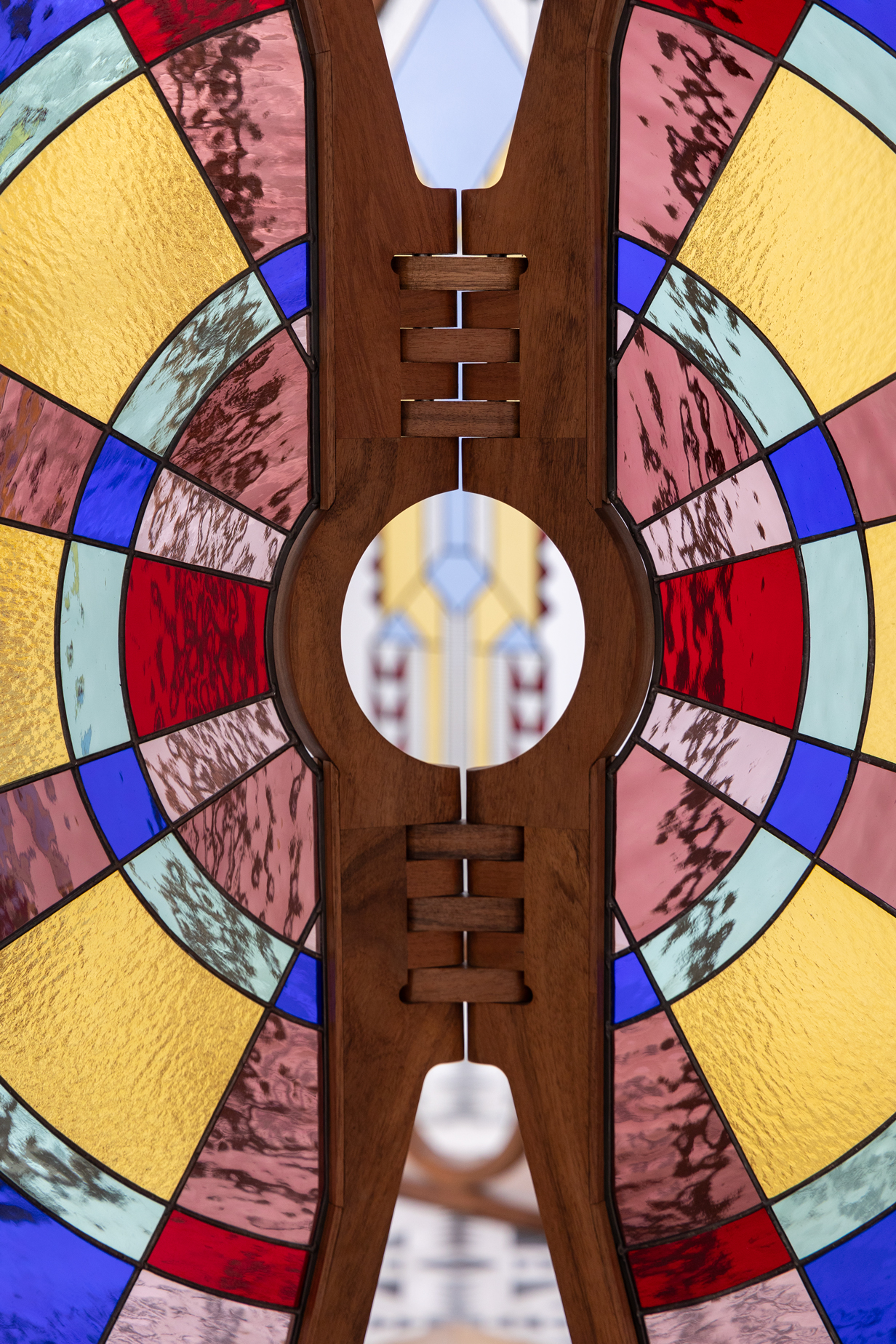
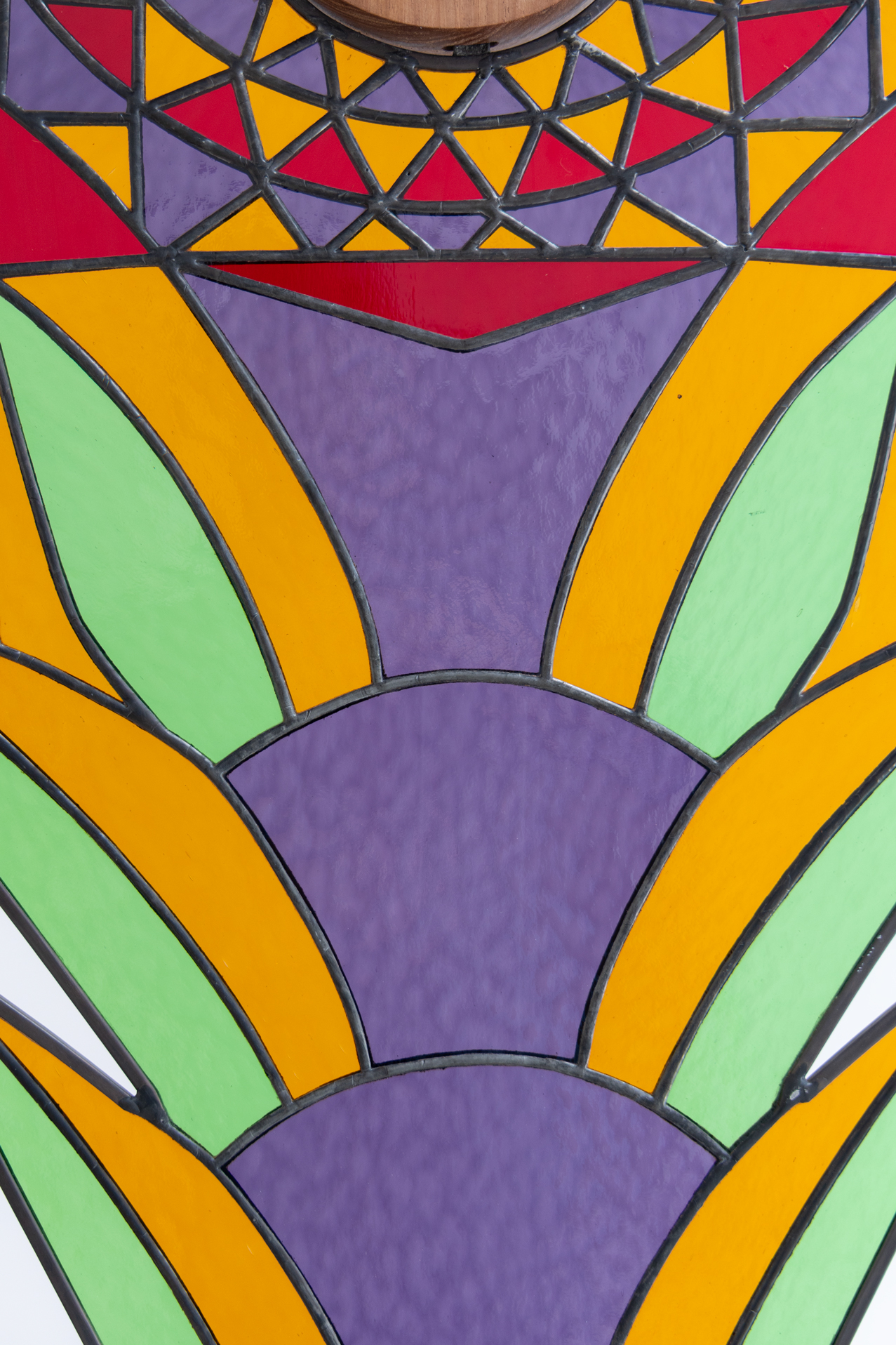
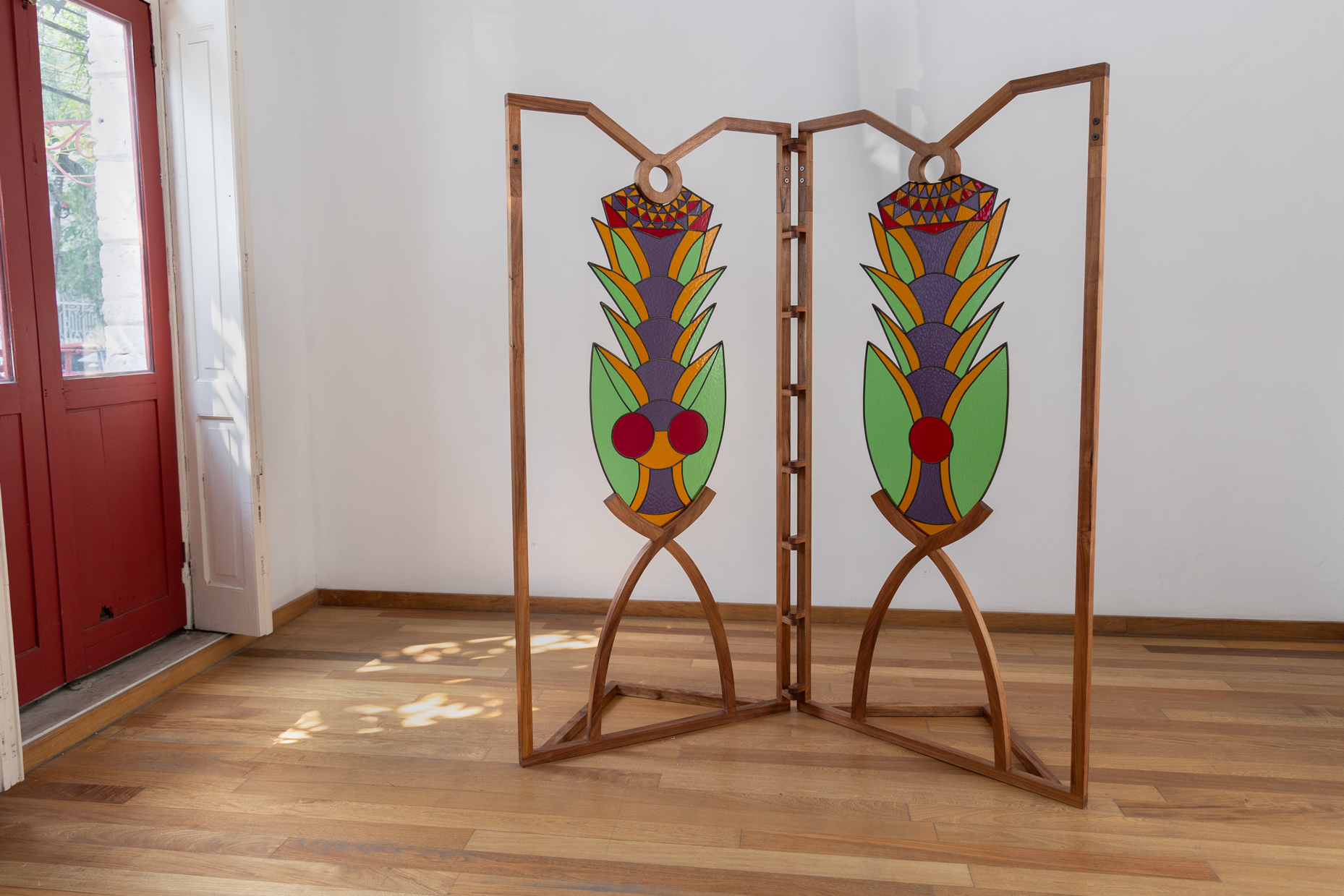
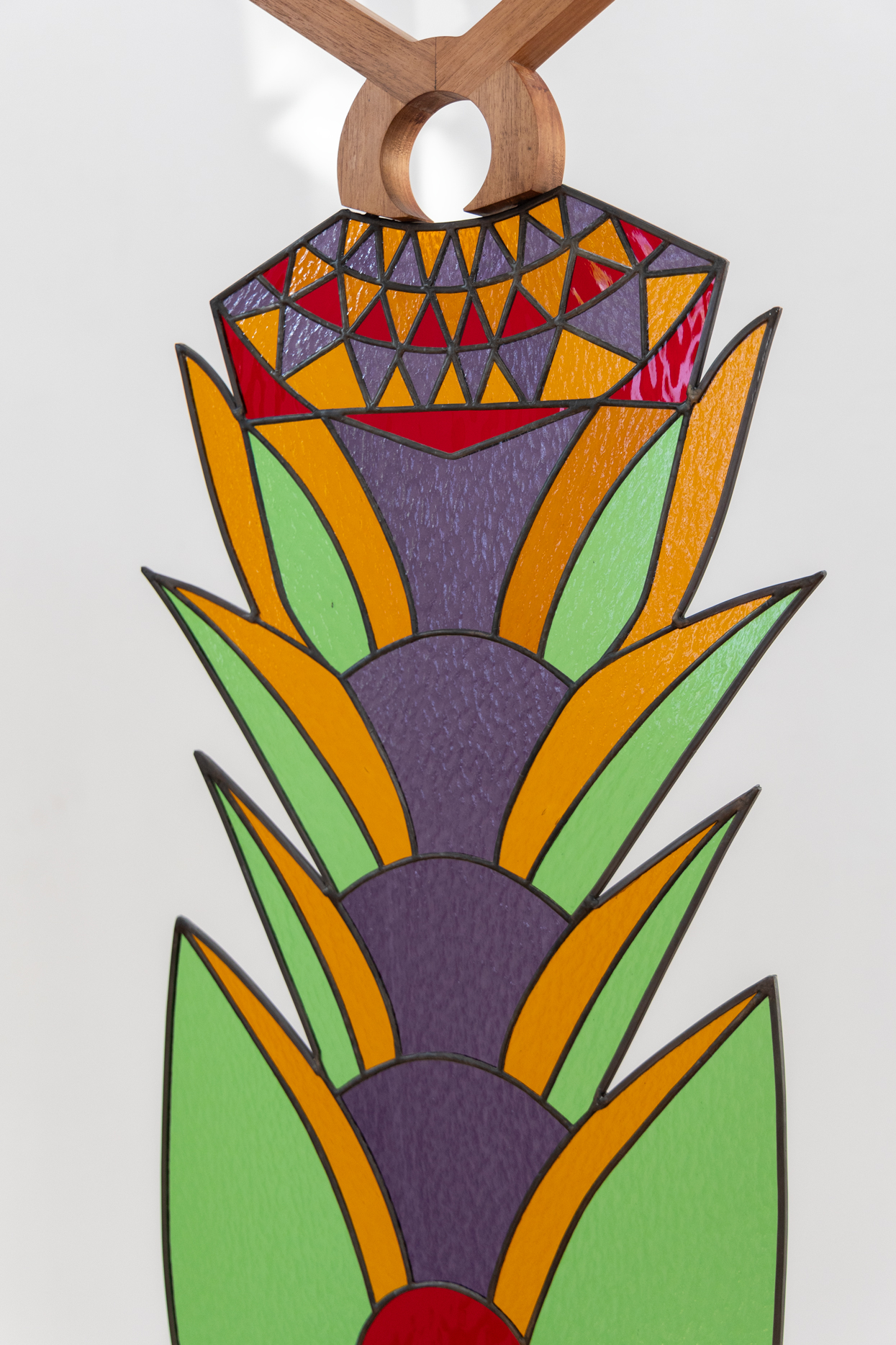
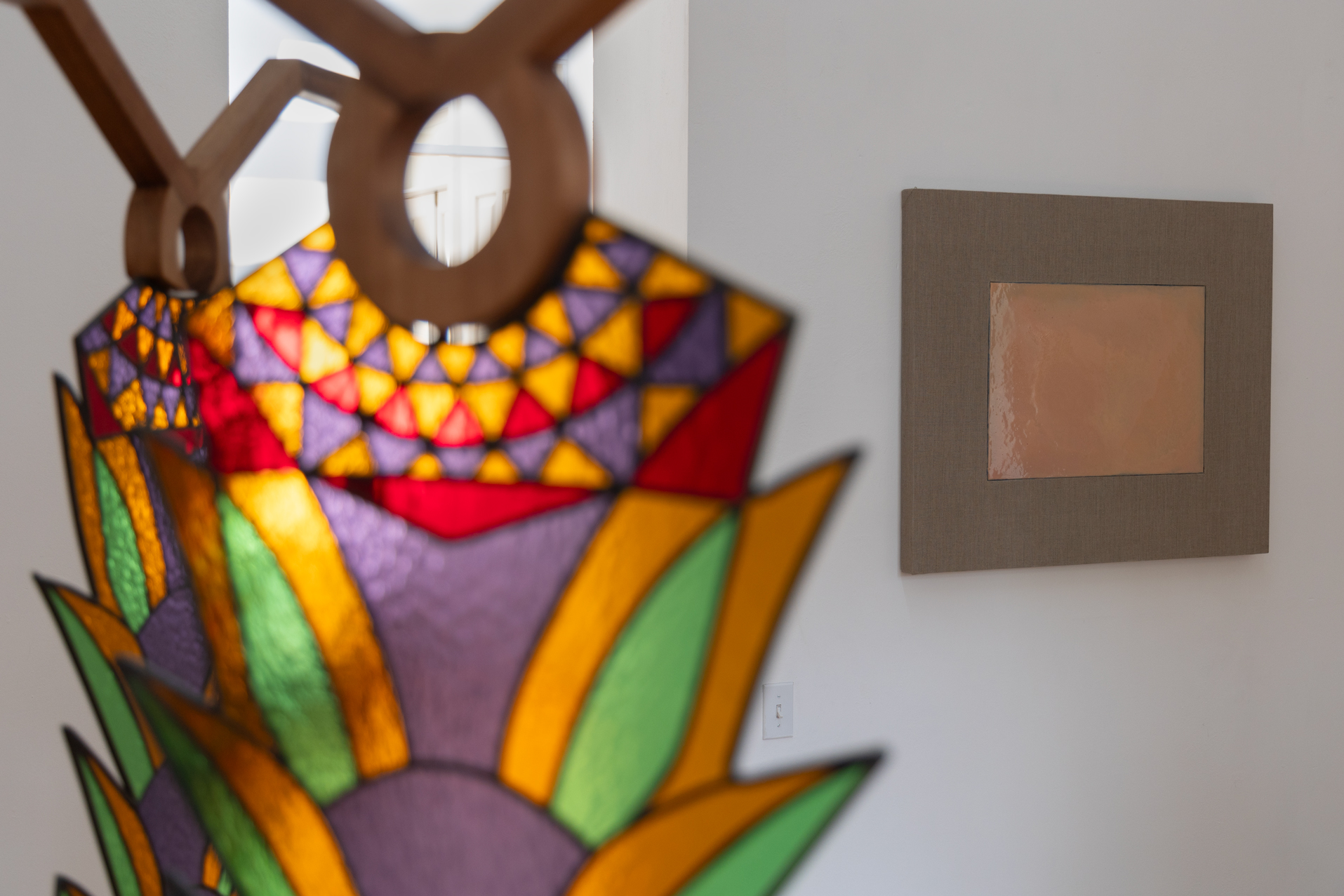
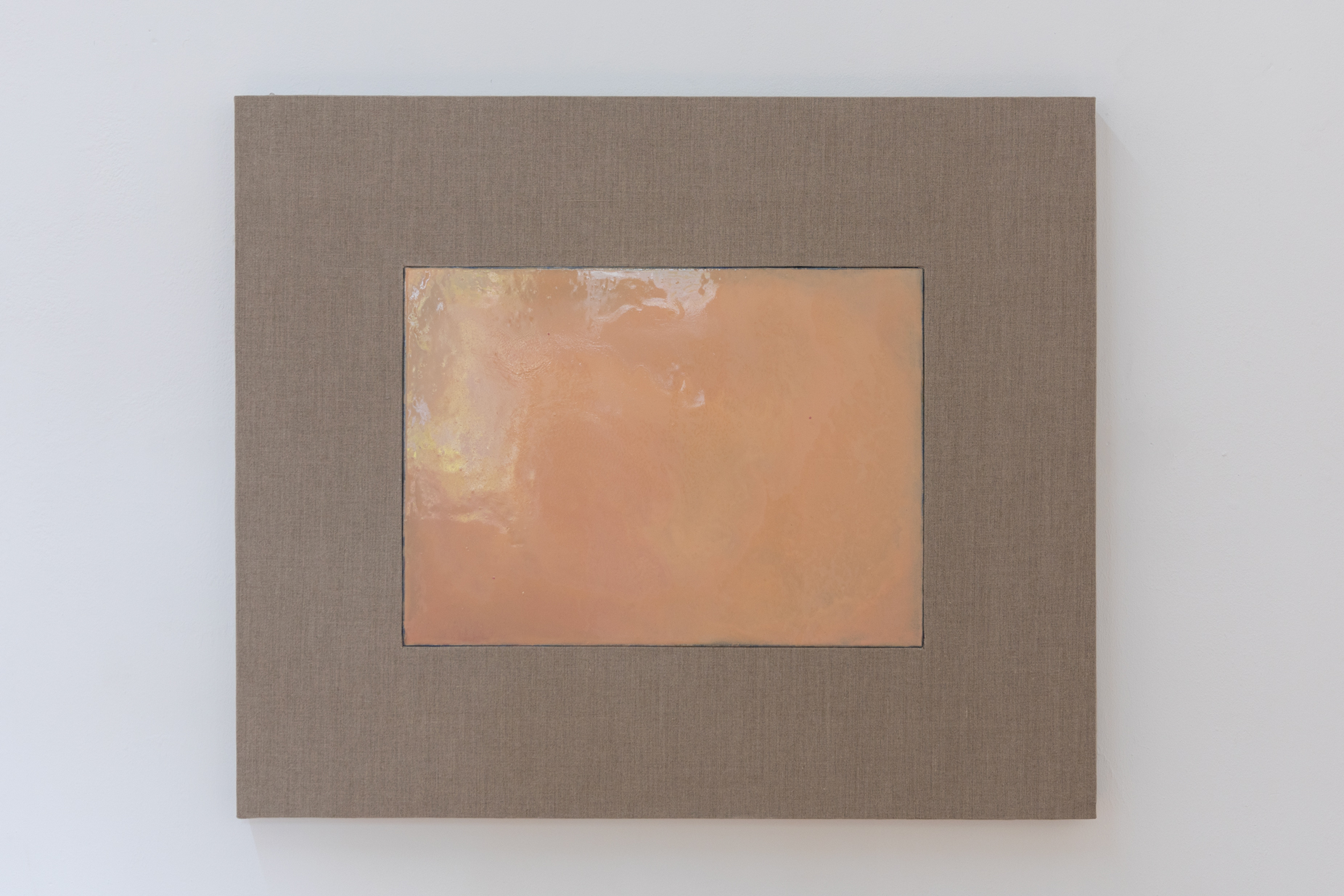
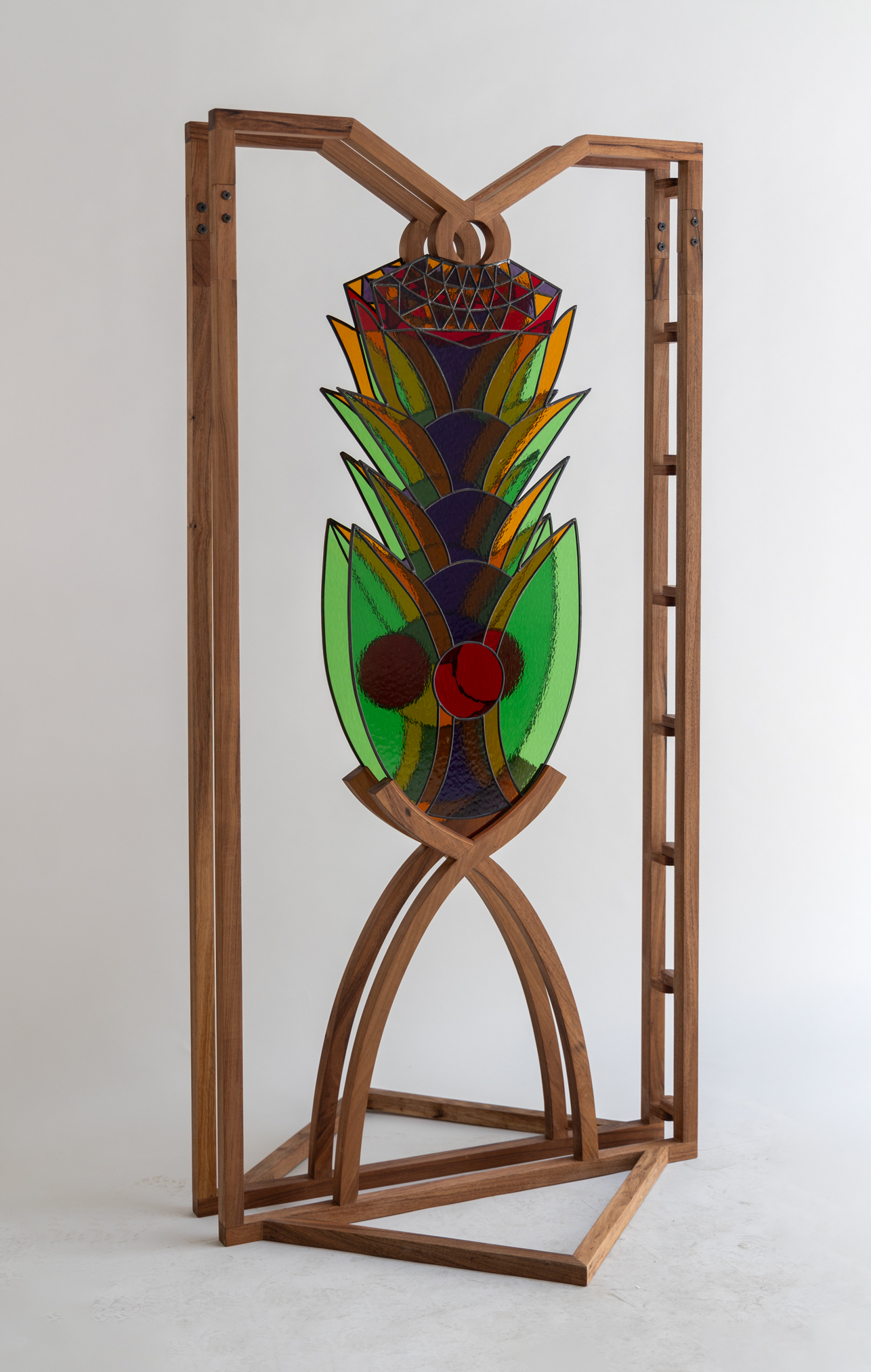
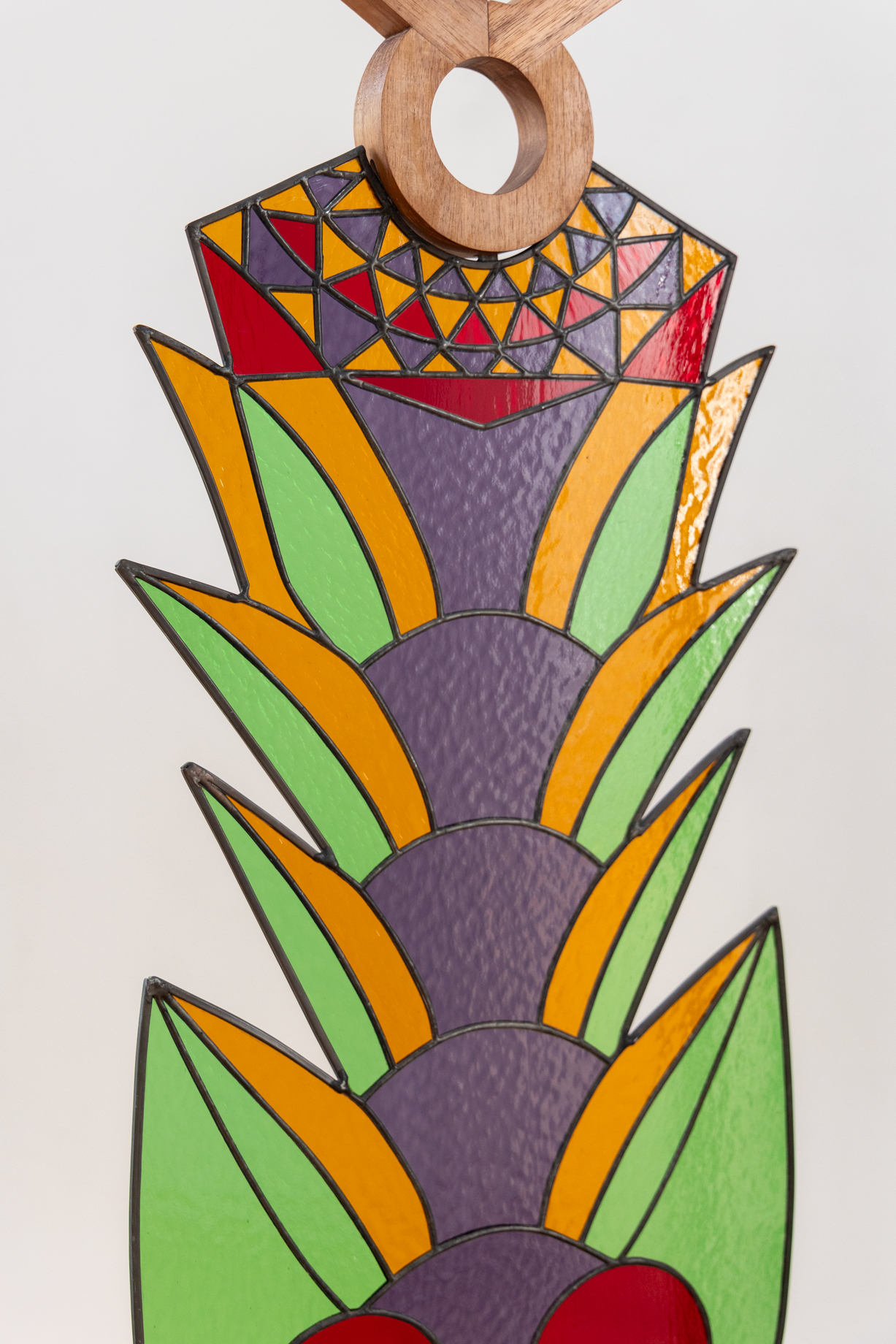
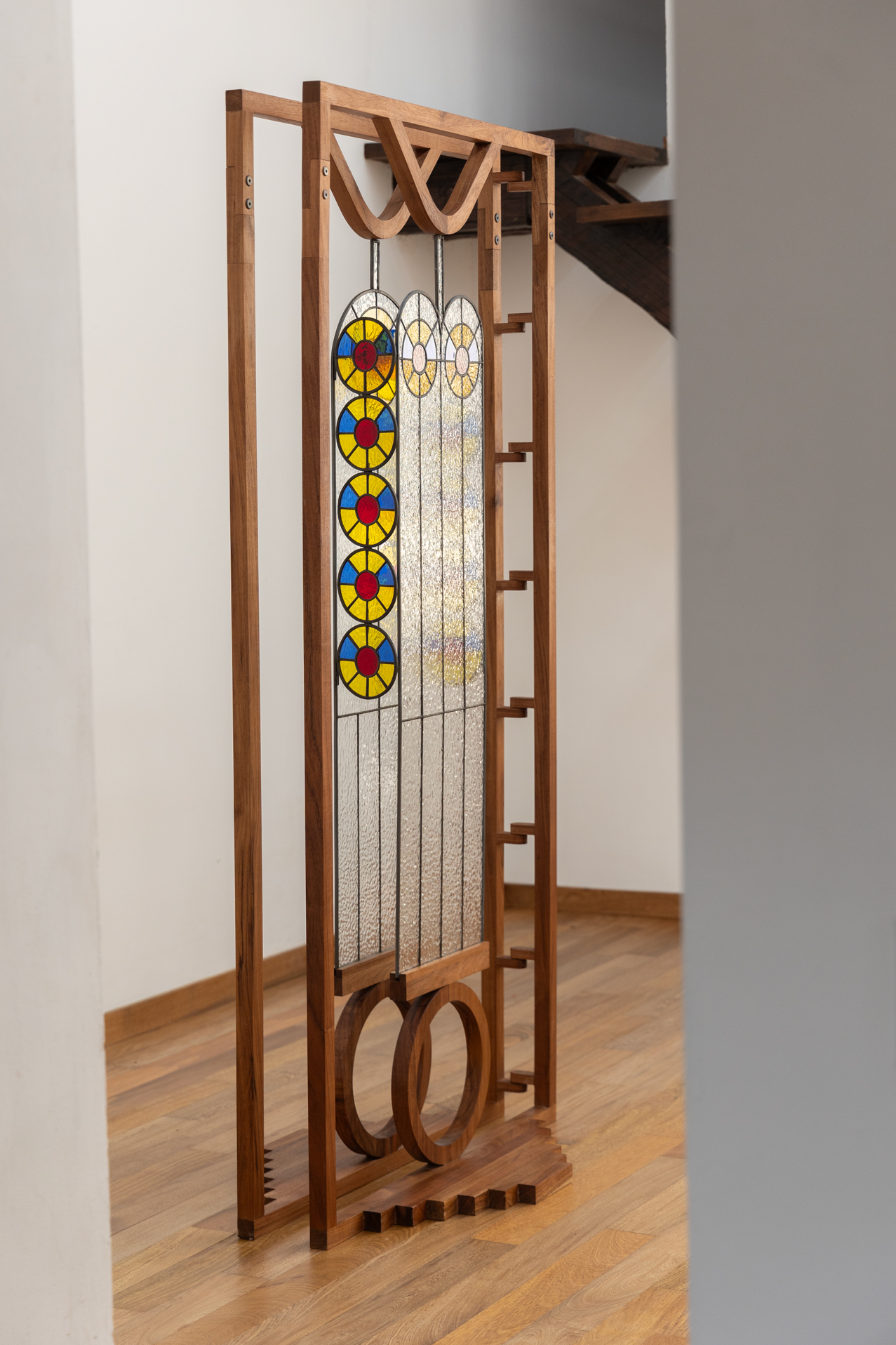
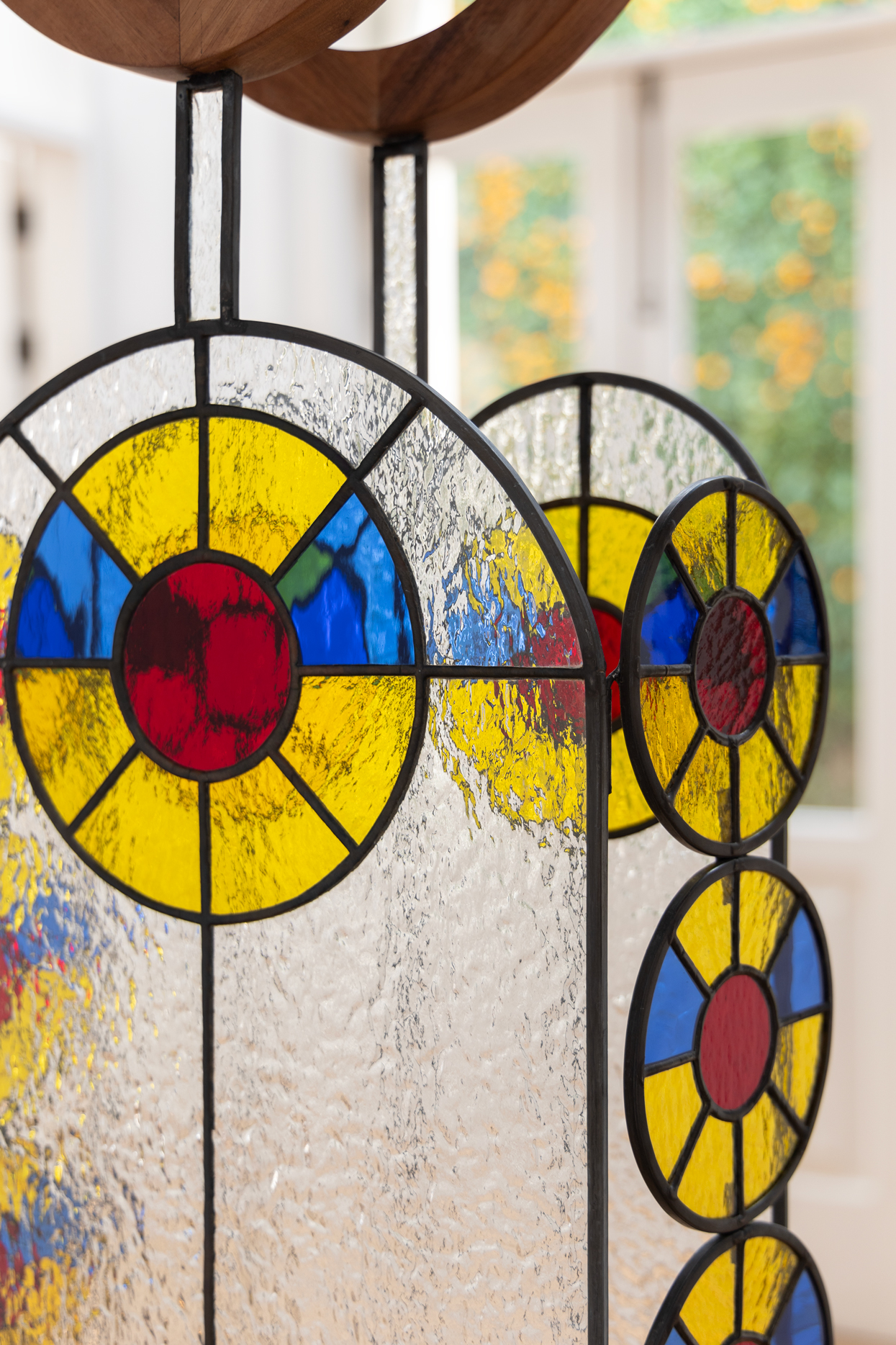
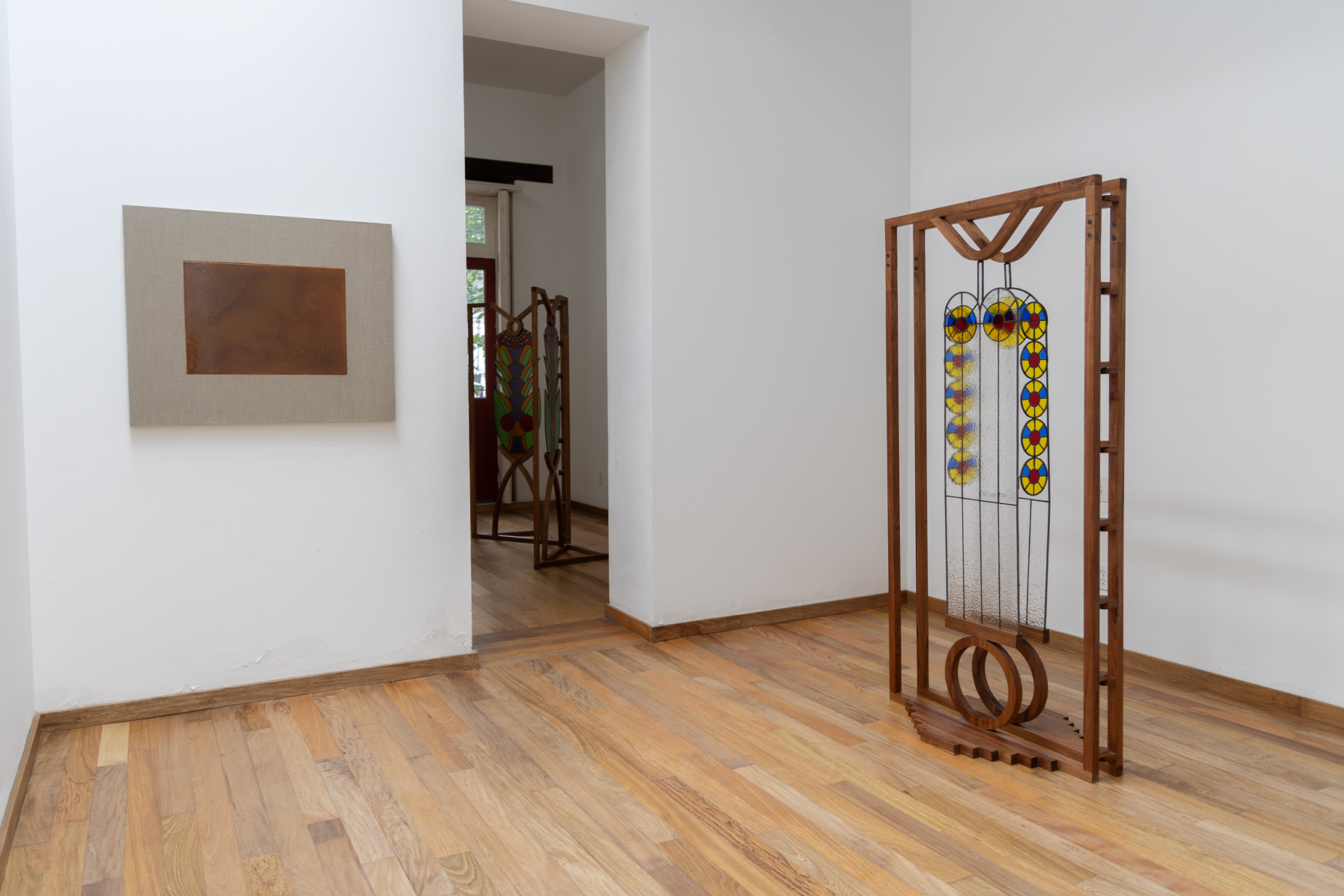
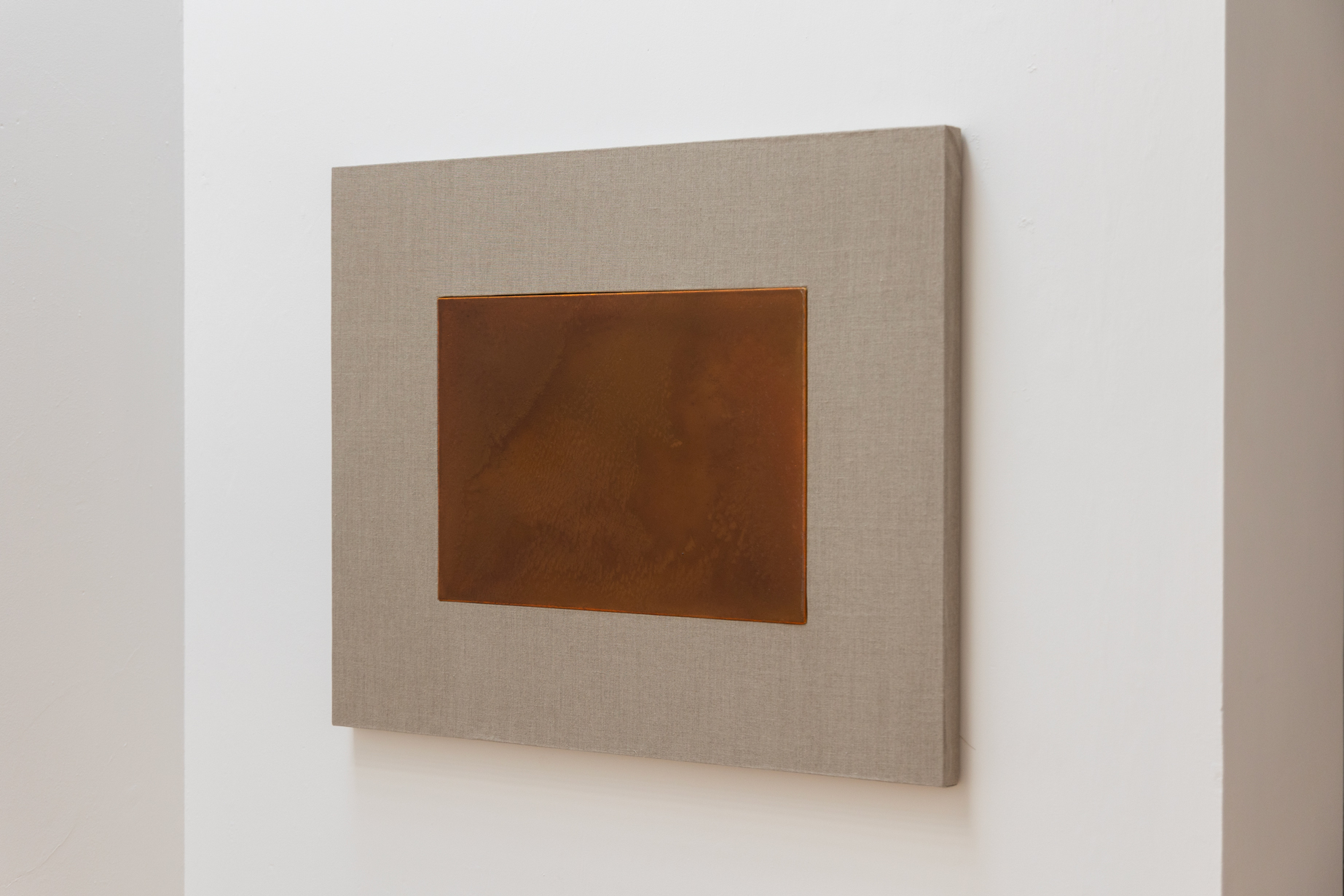
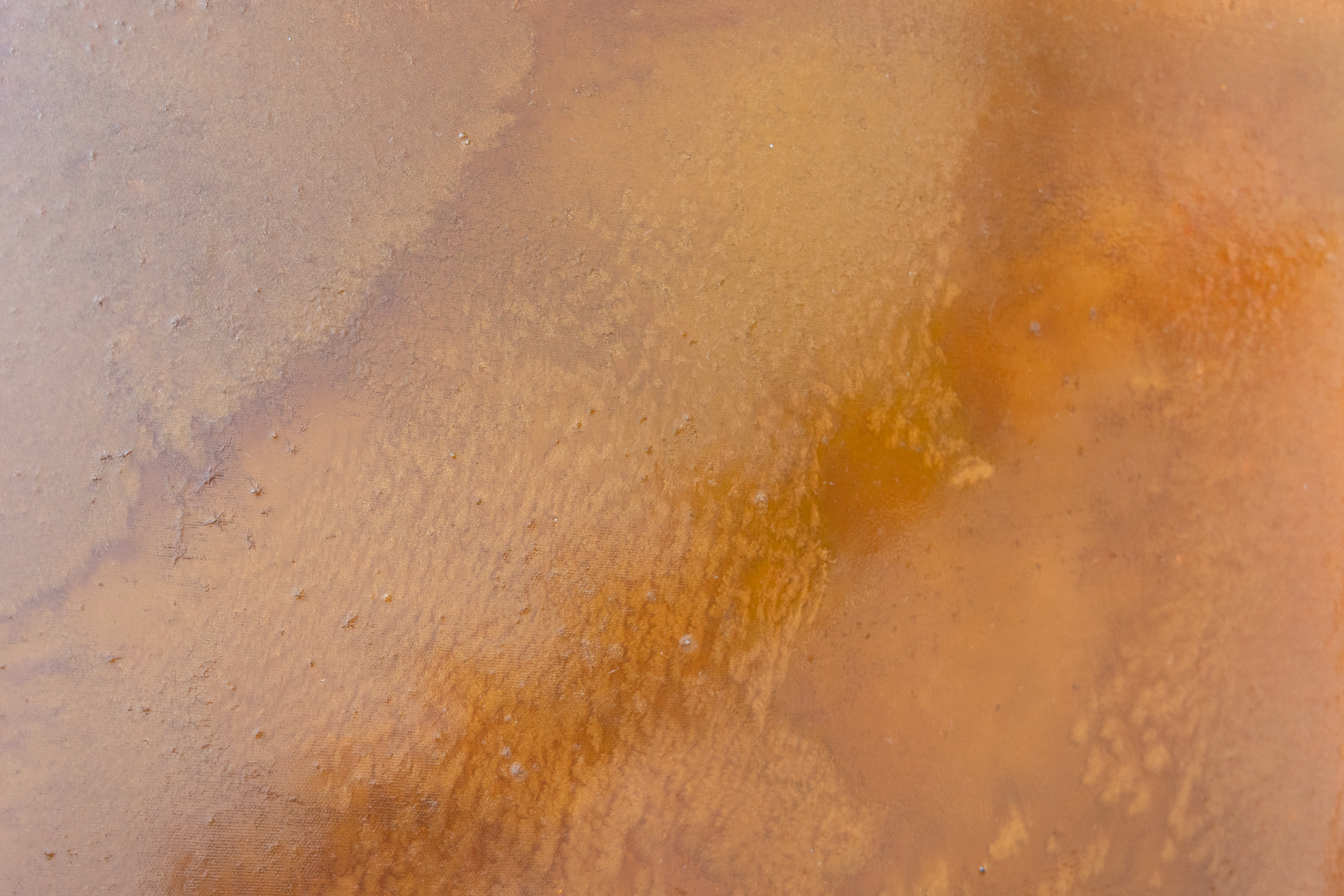
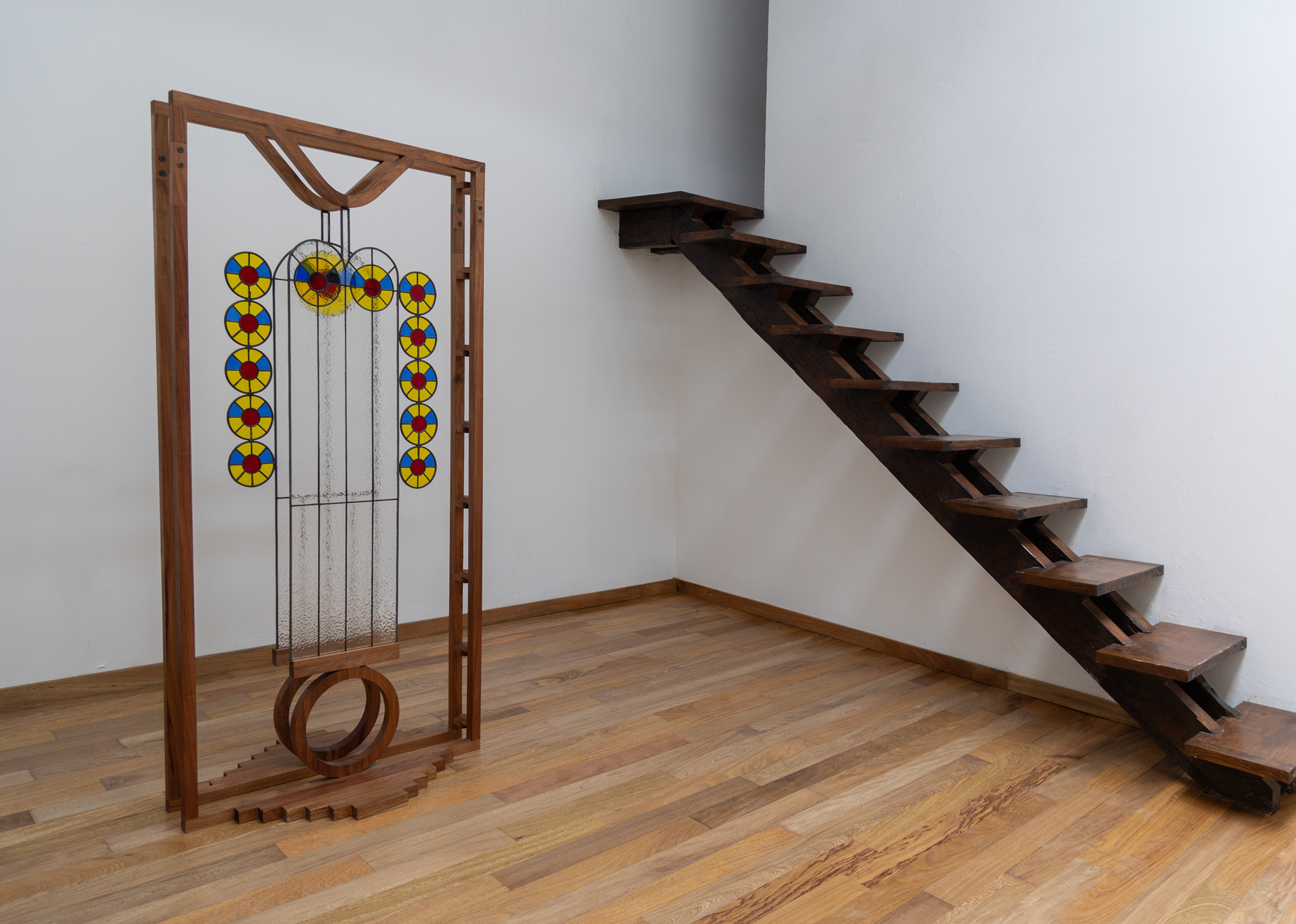
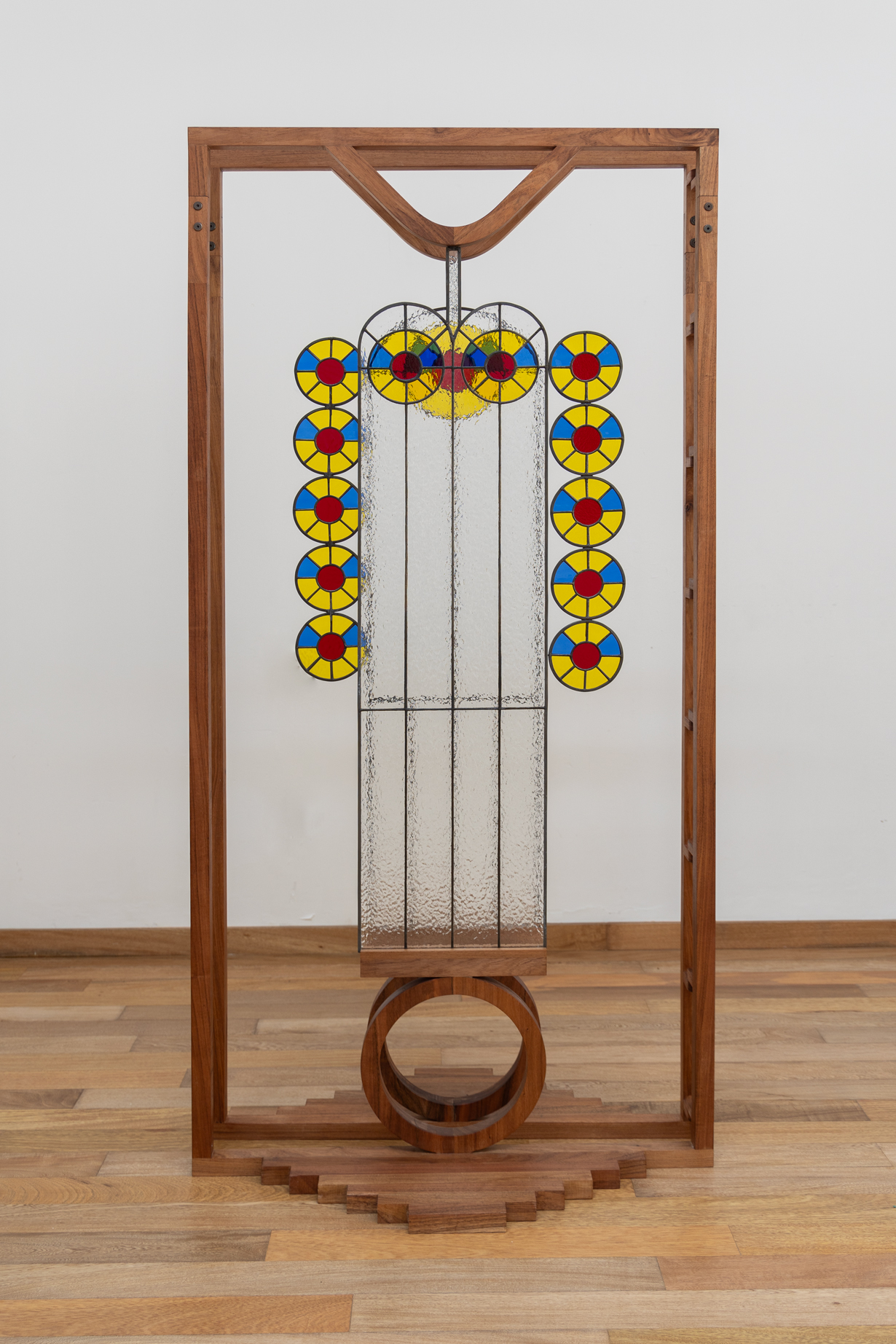
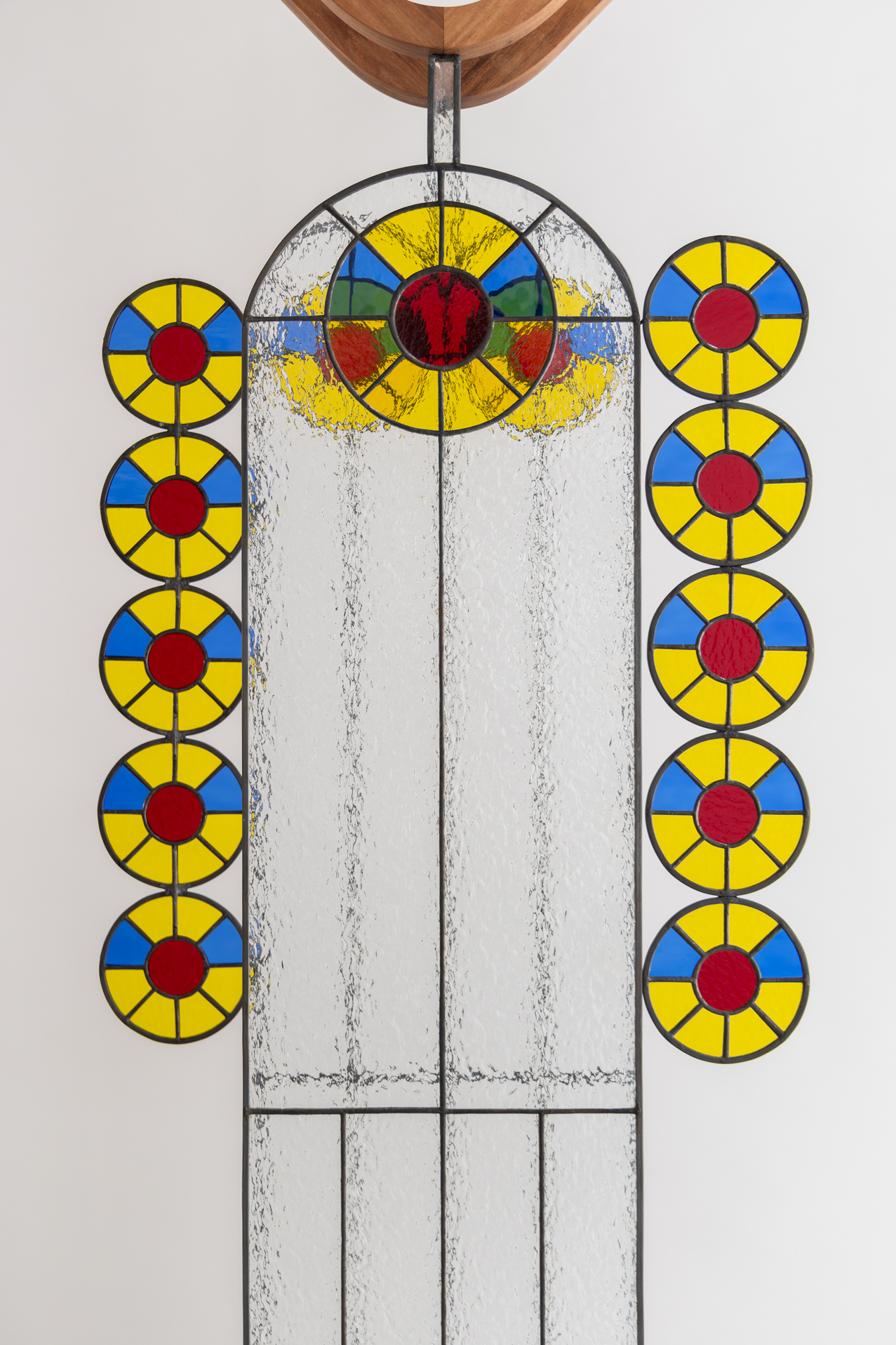
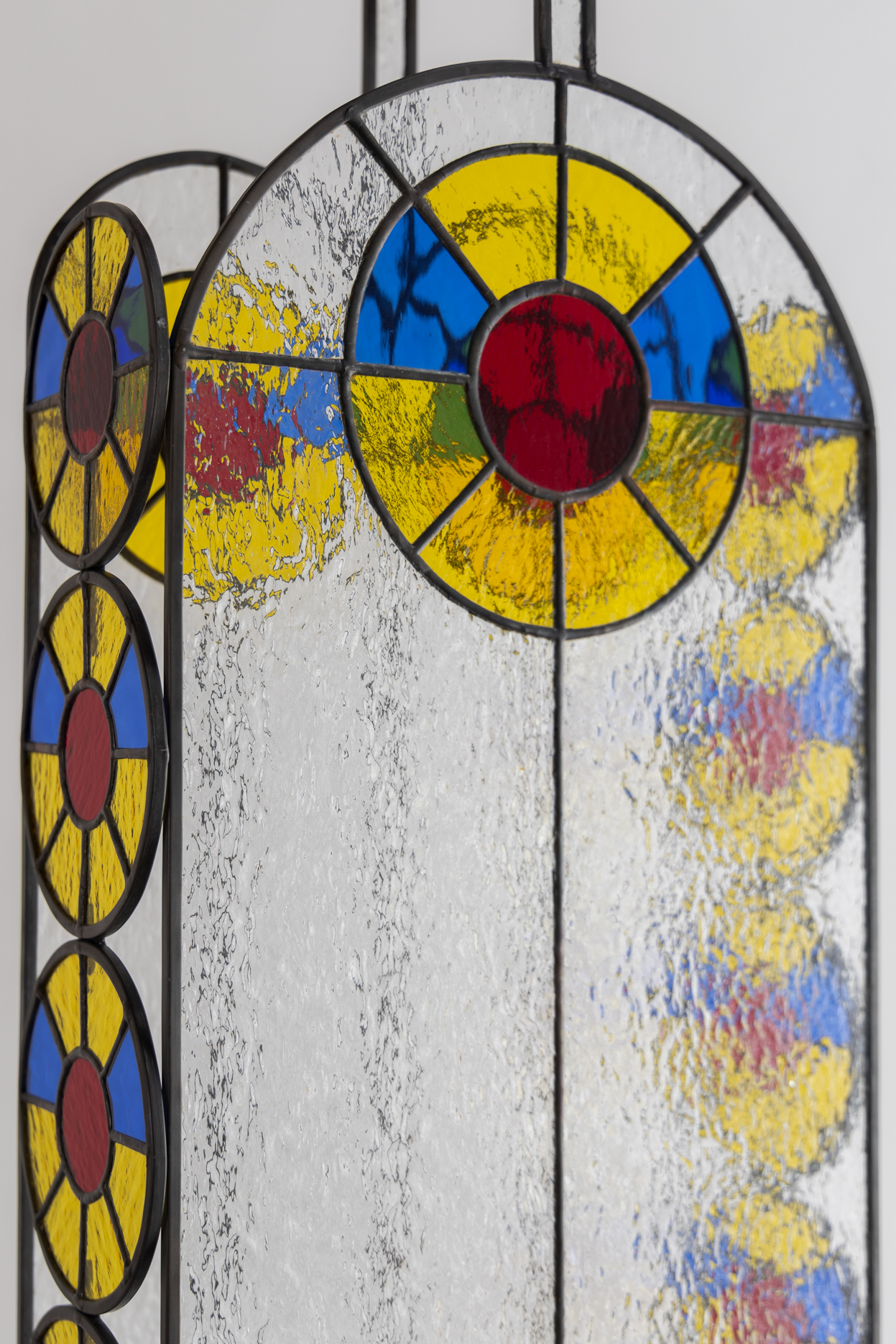
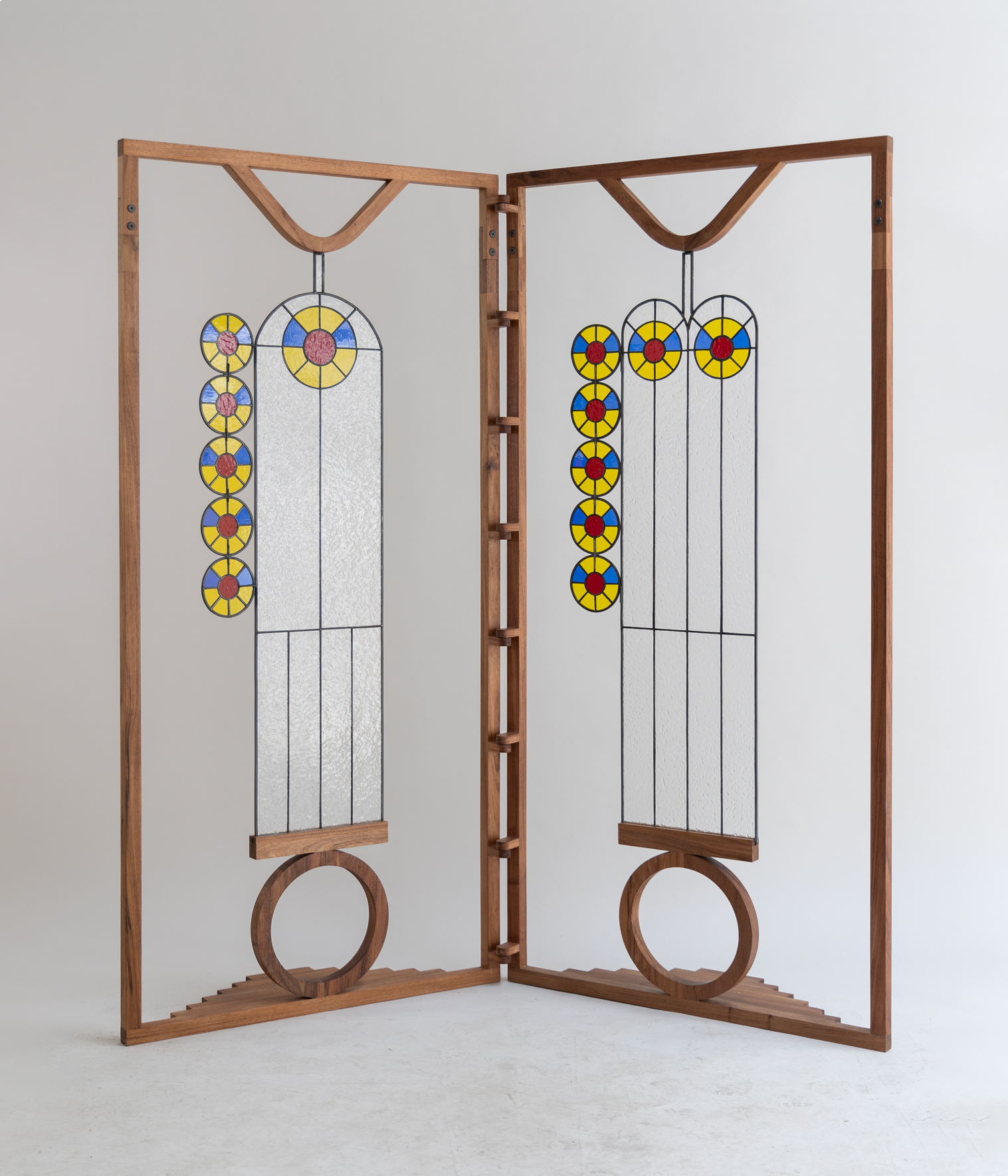
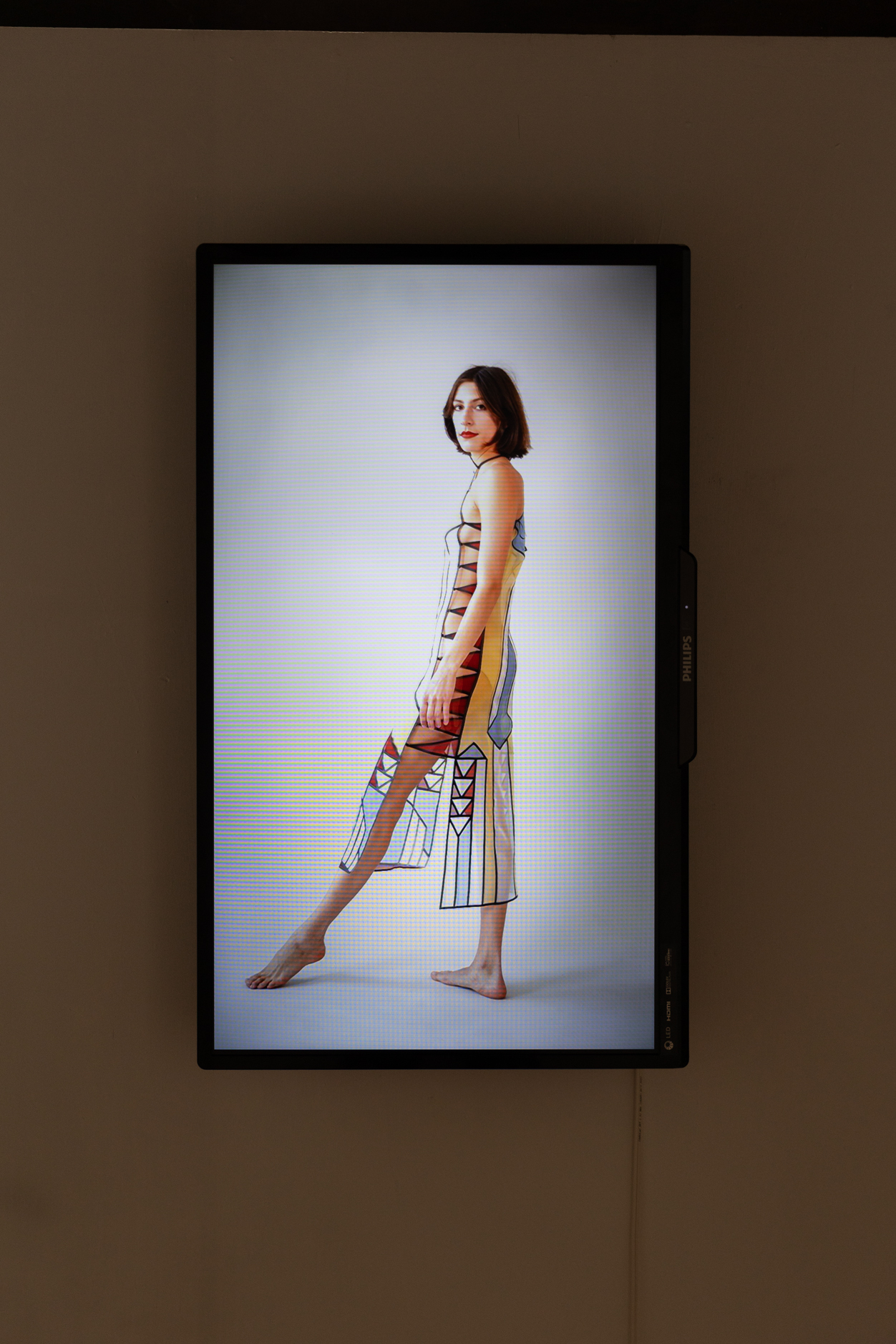
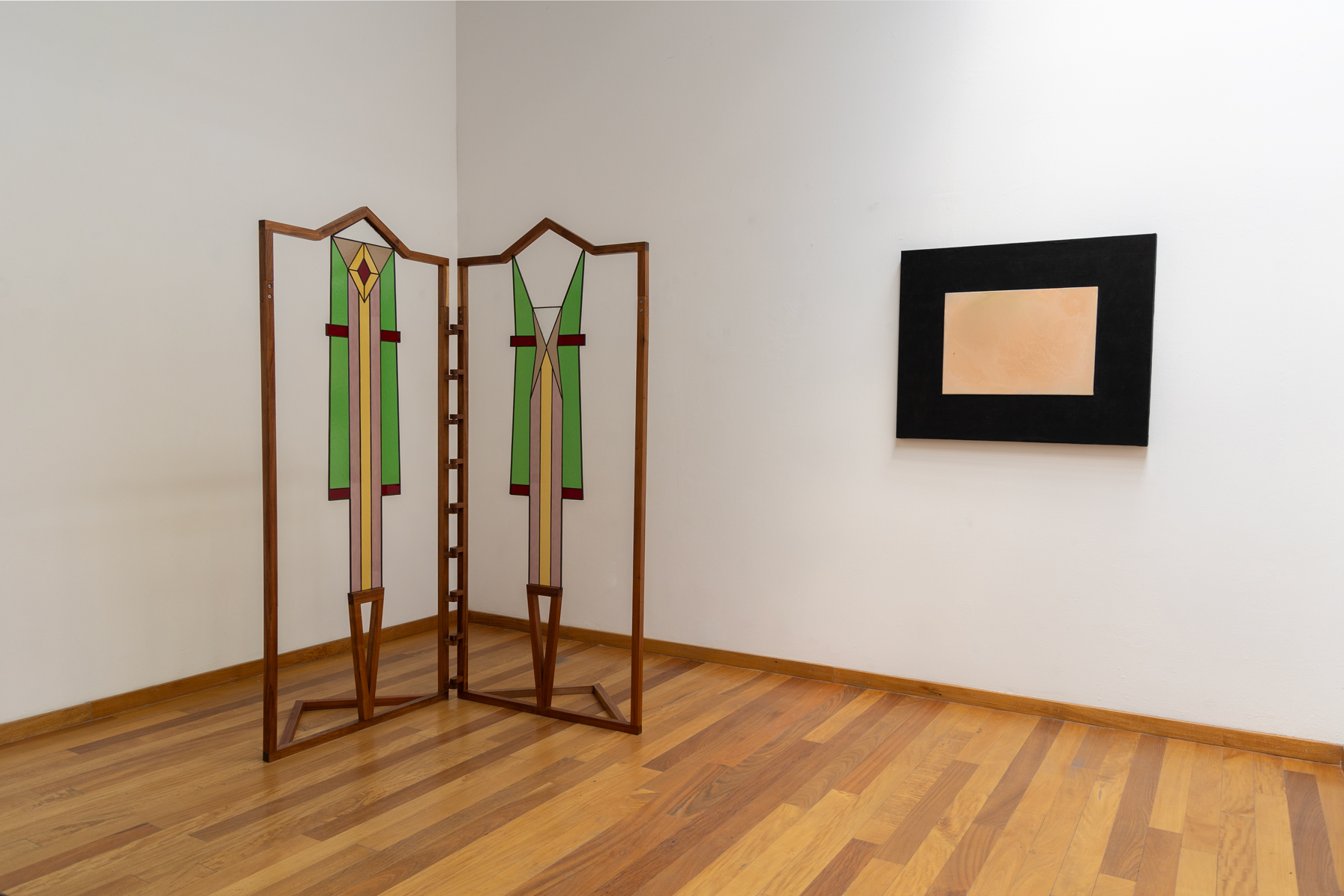
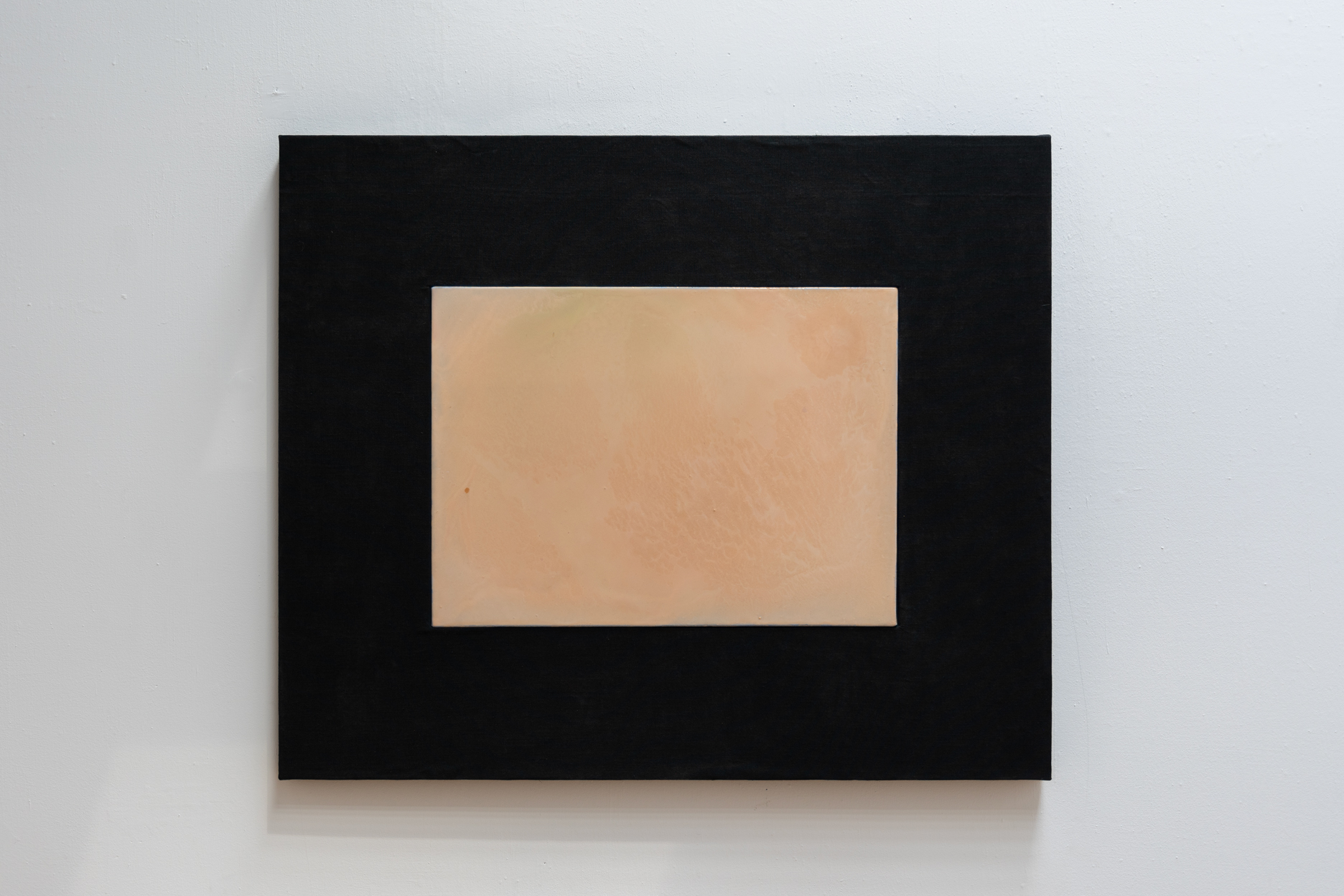

Westerstraat 87 BIS, Folded 198 x 98 x 20 cm / Unfolded 198 x 160 x 6 cm
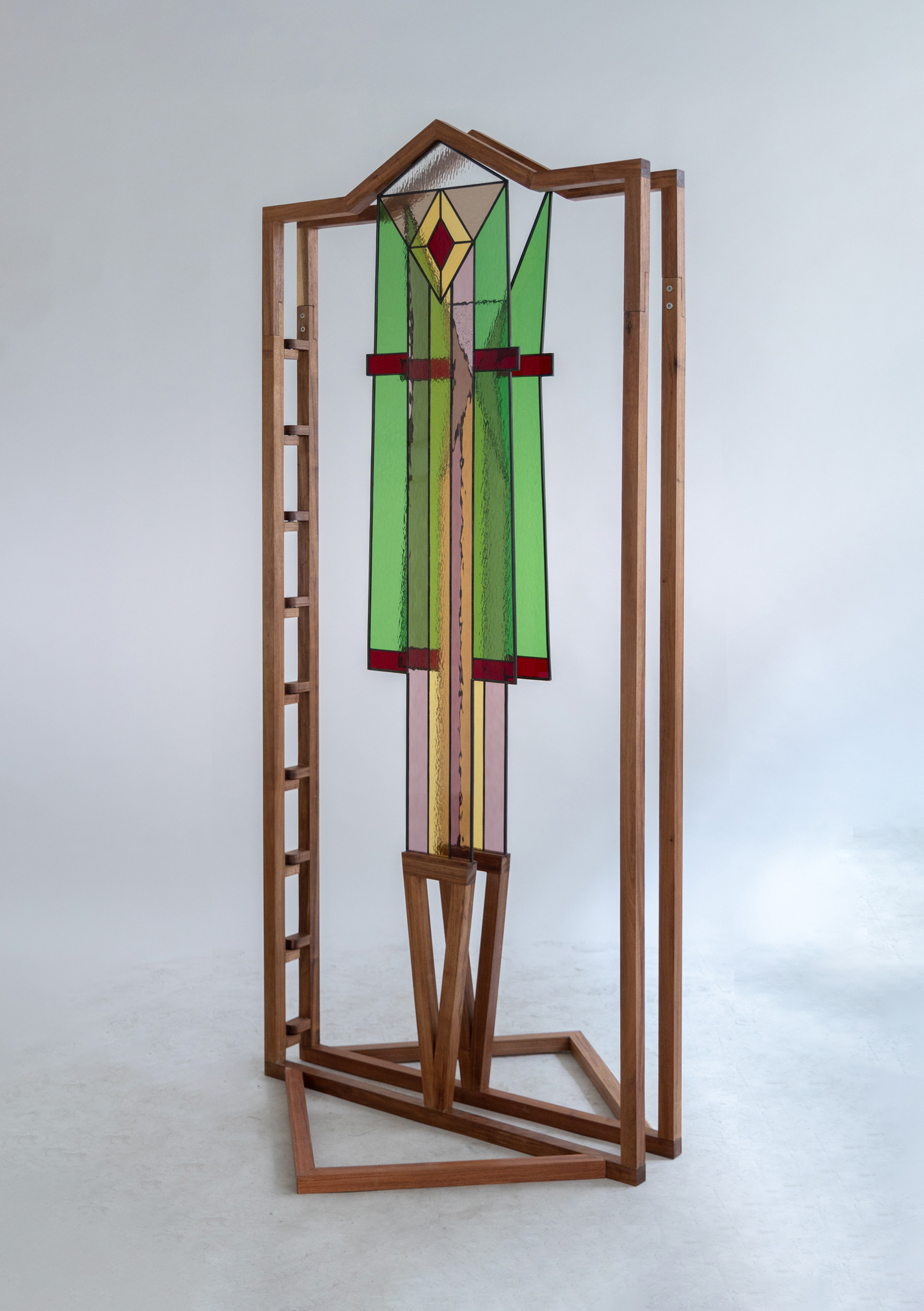
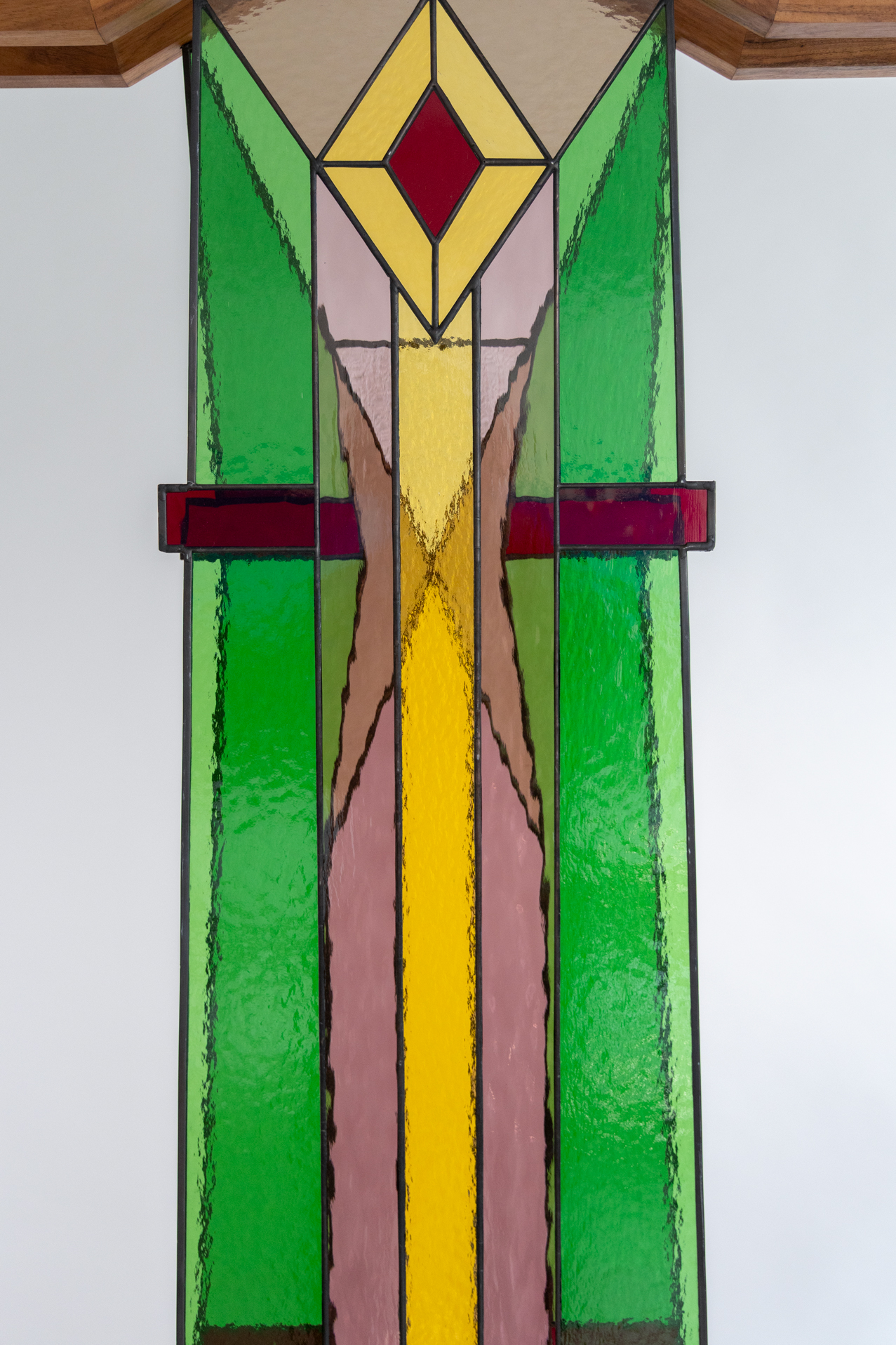
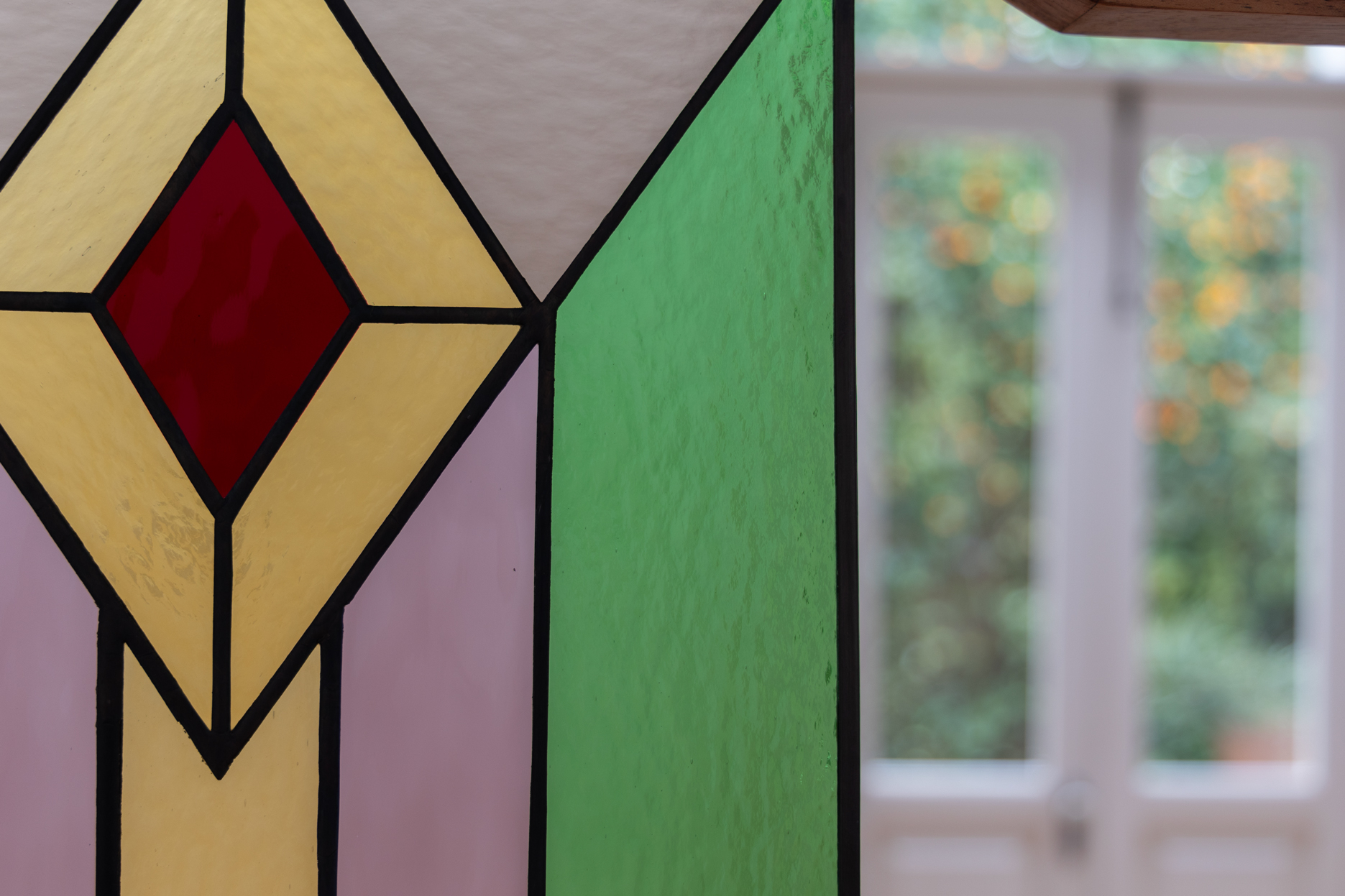
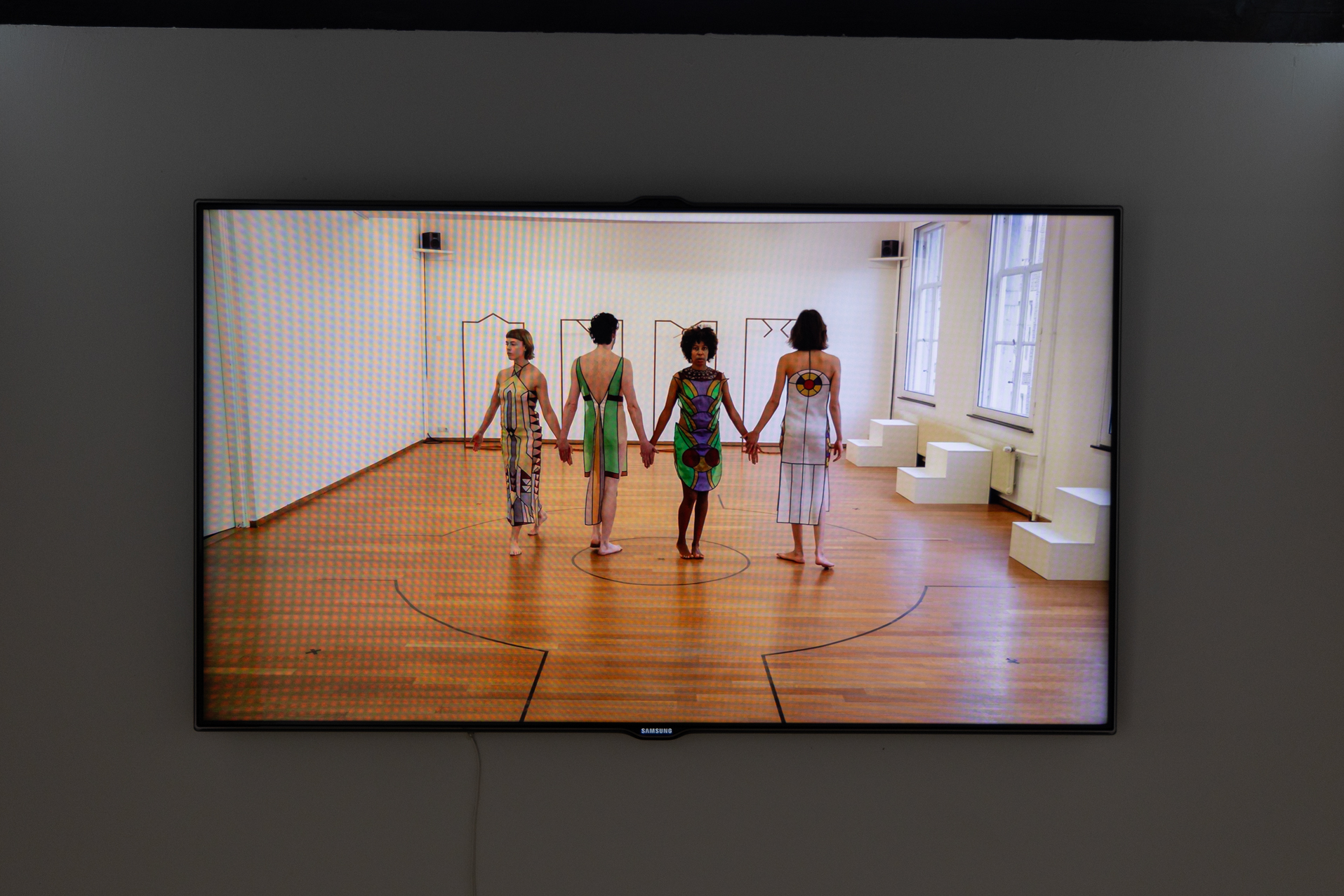
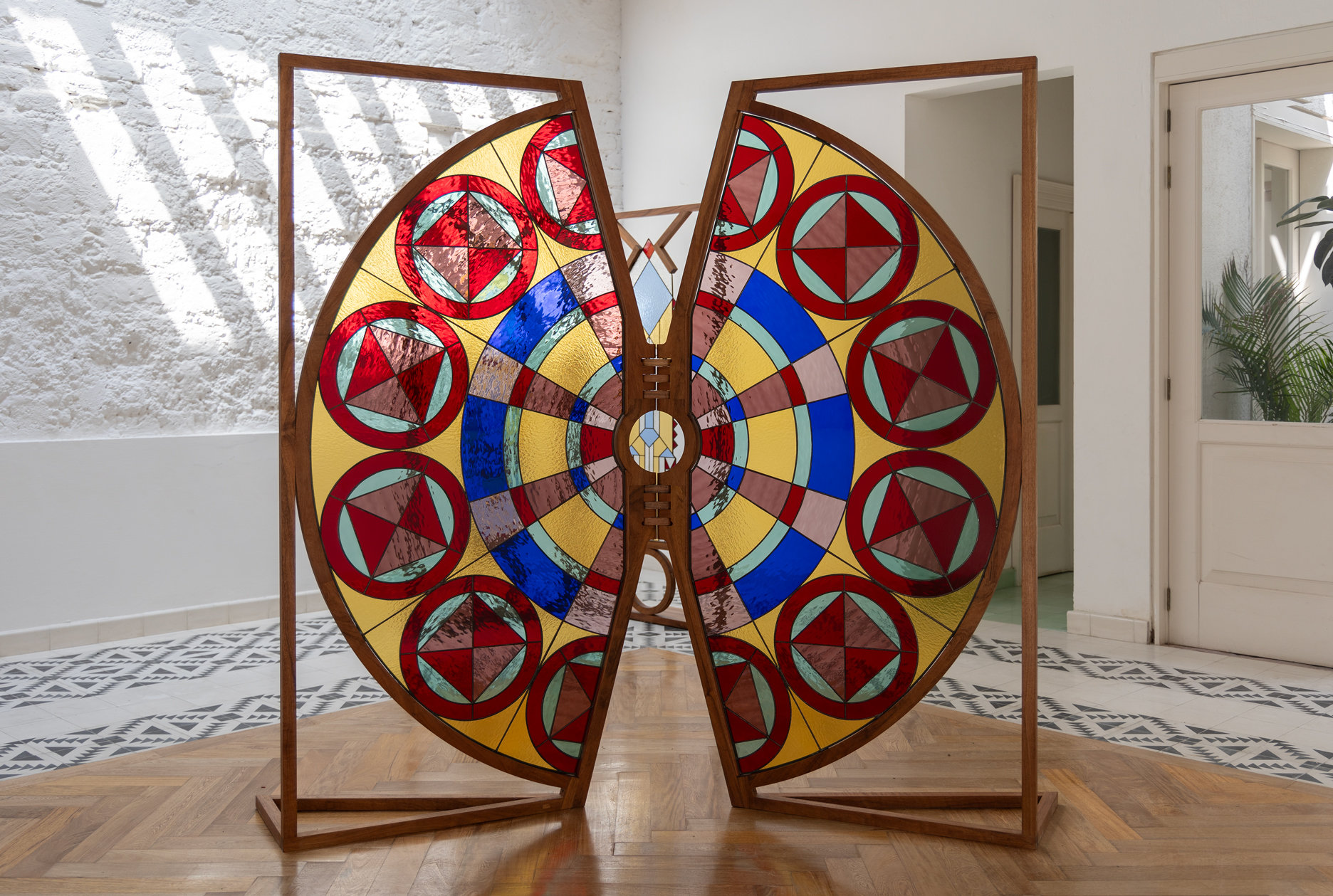
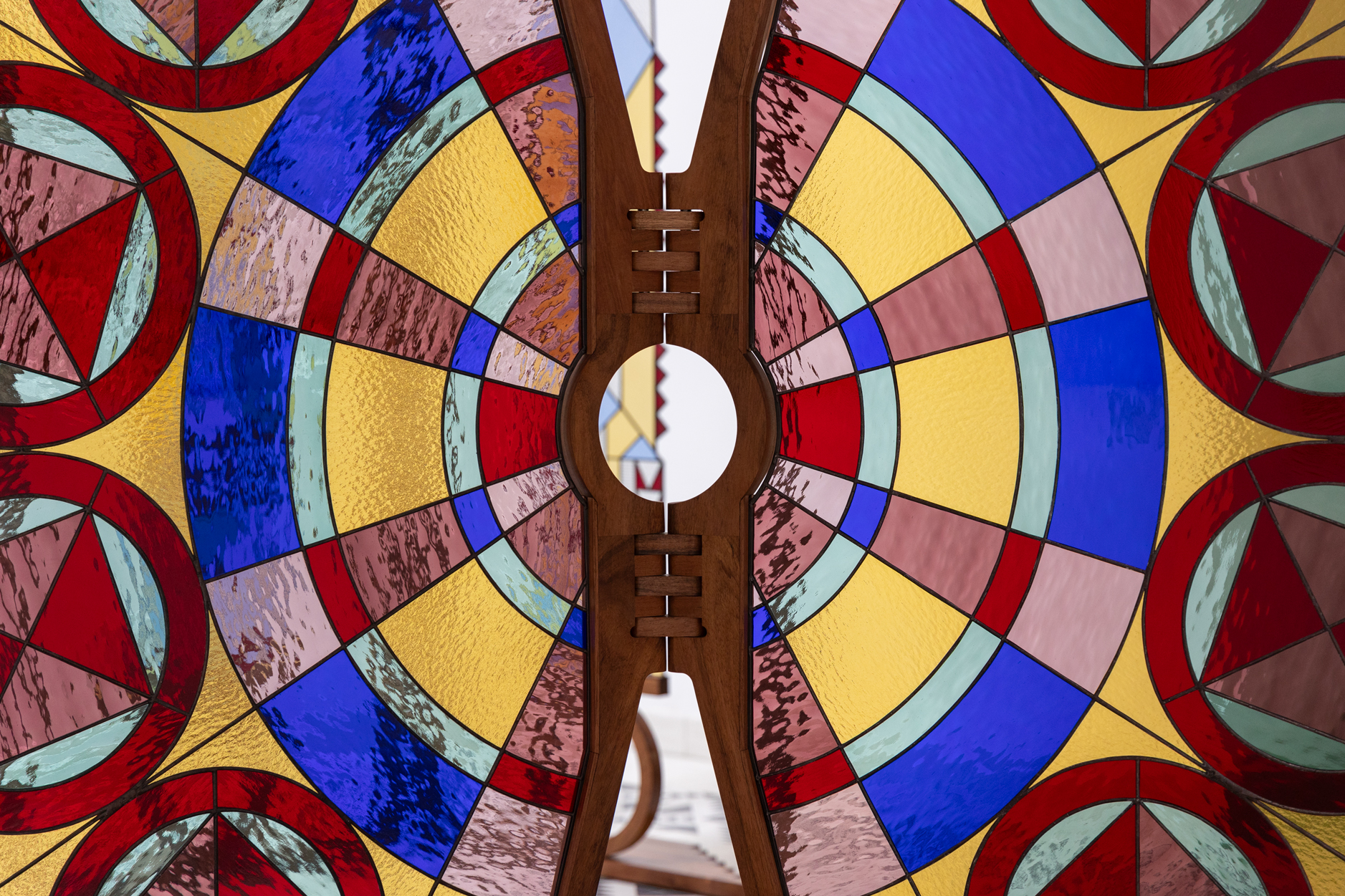
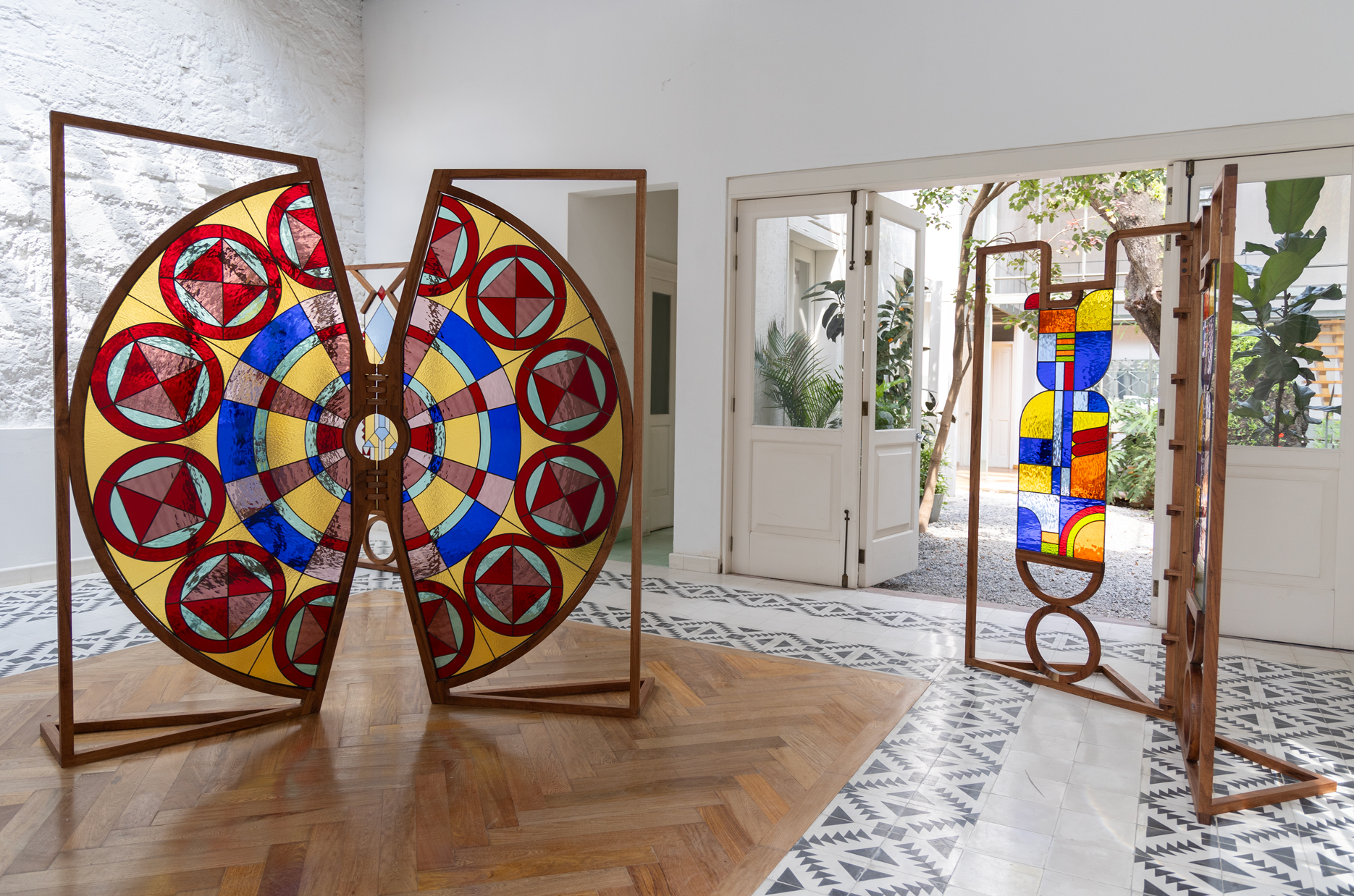
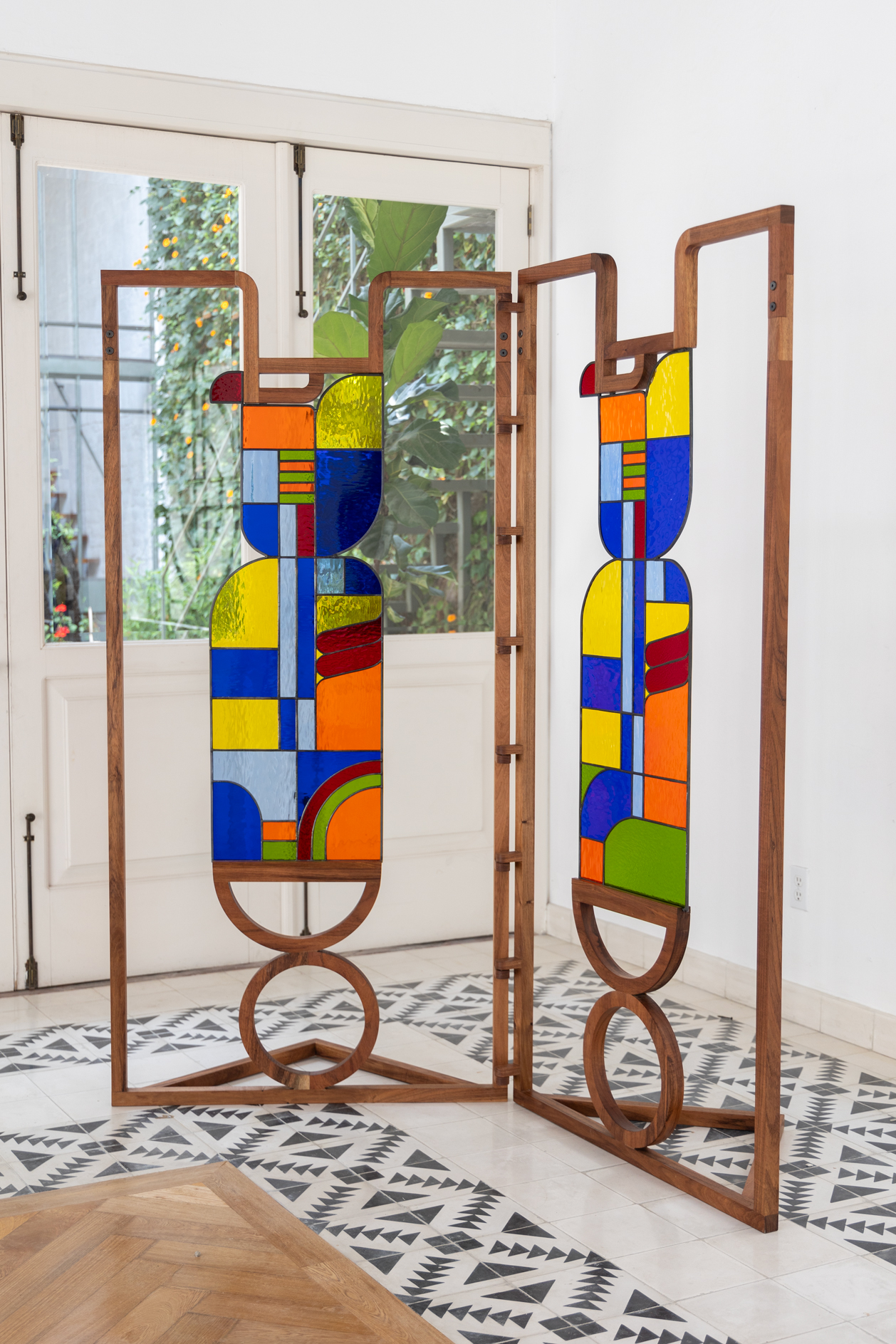
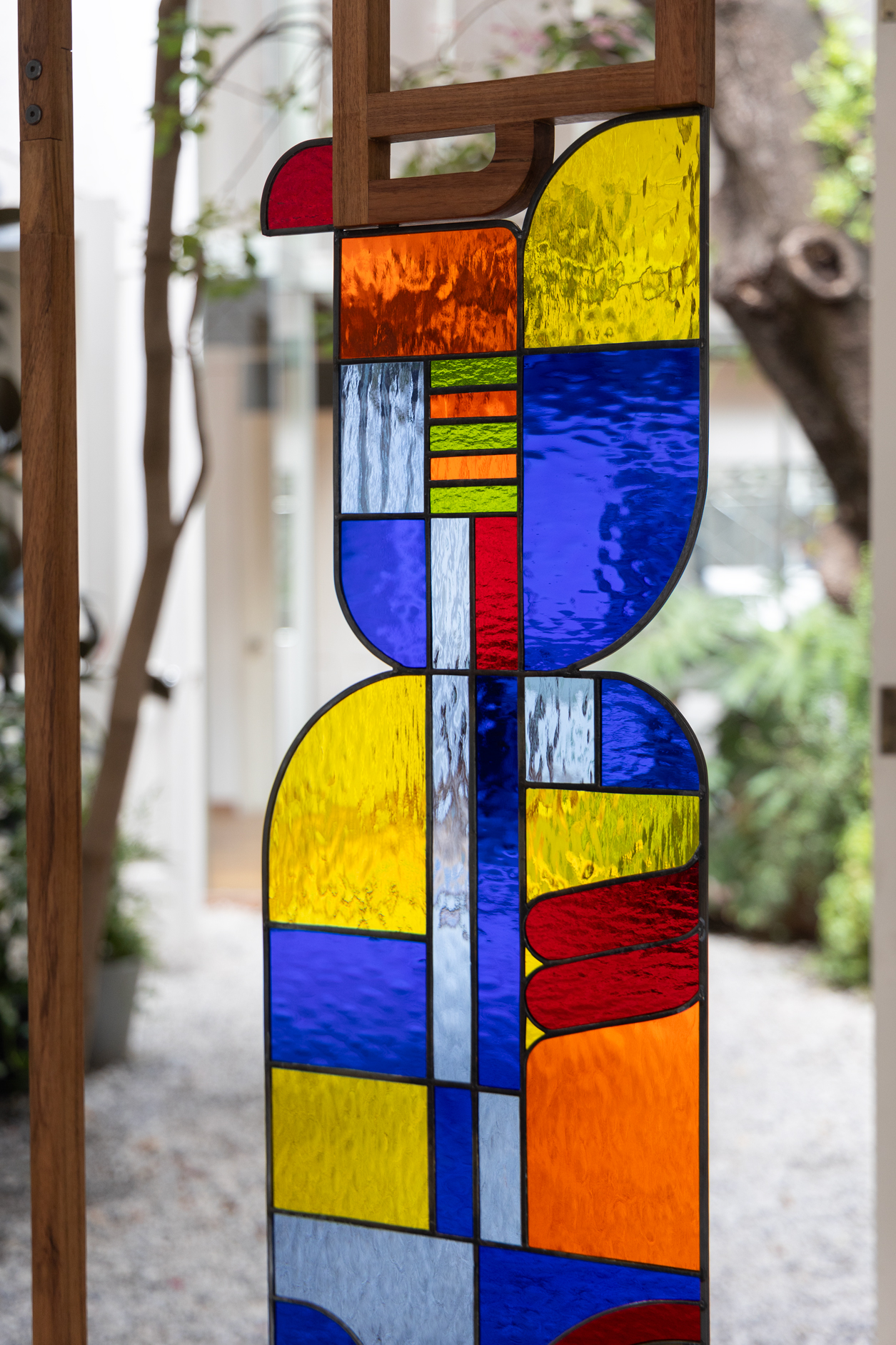
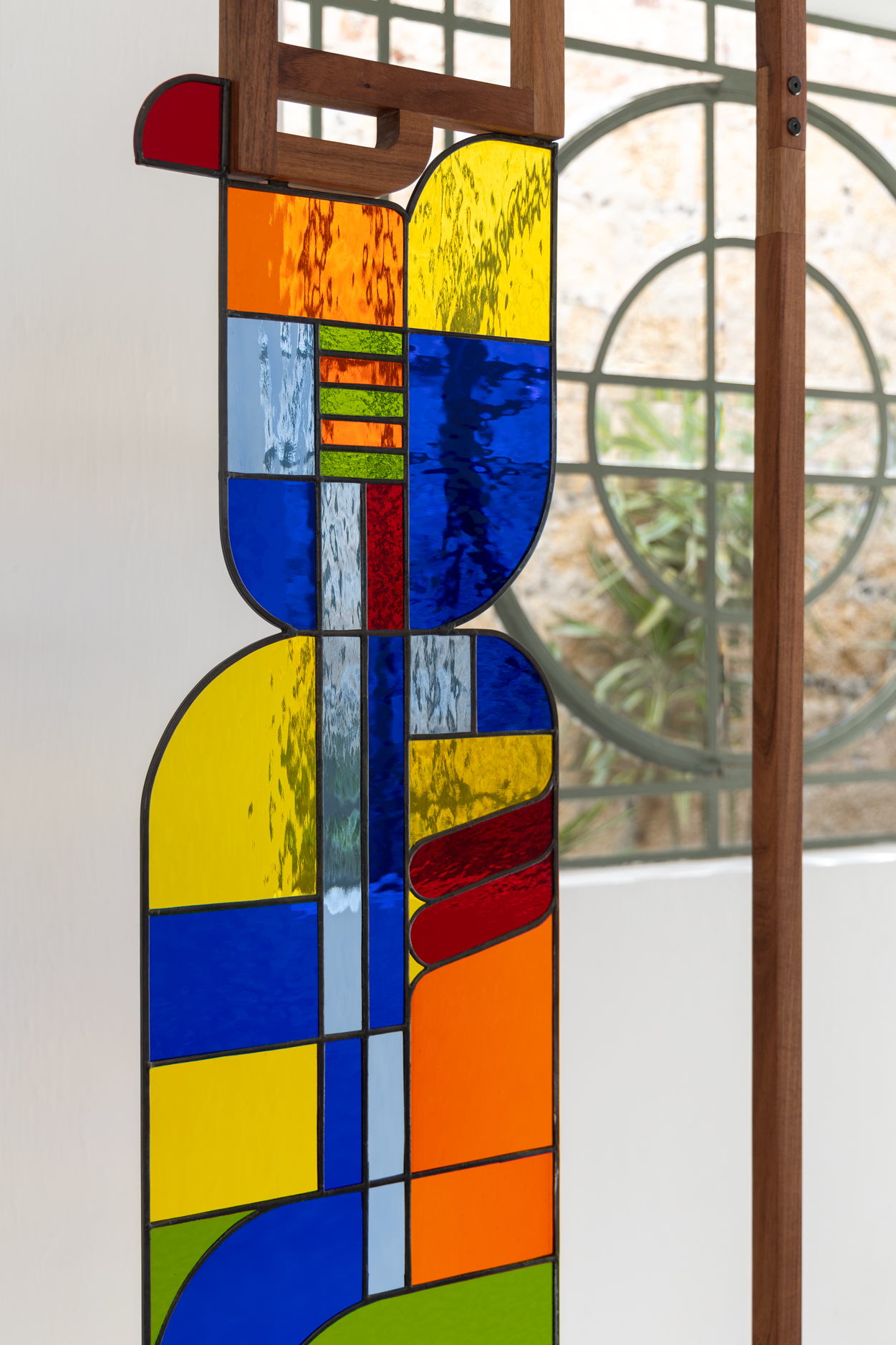
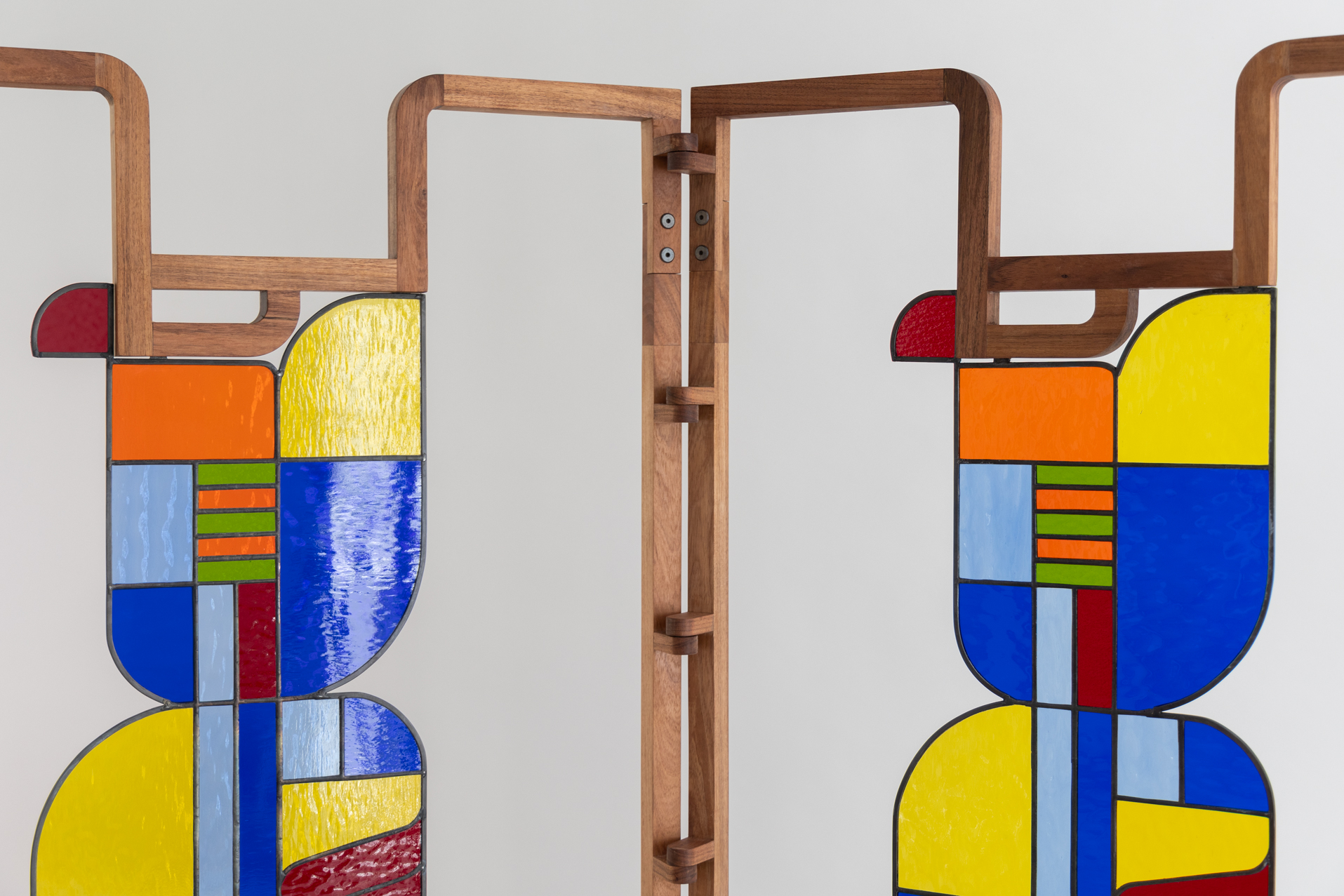
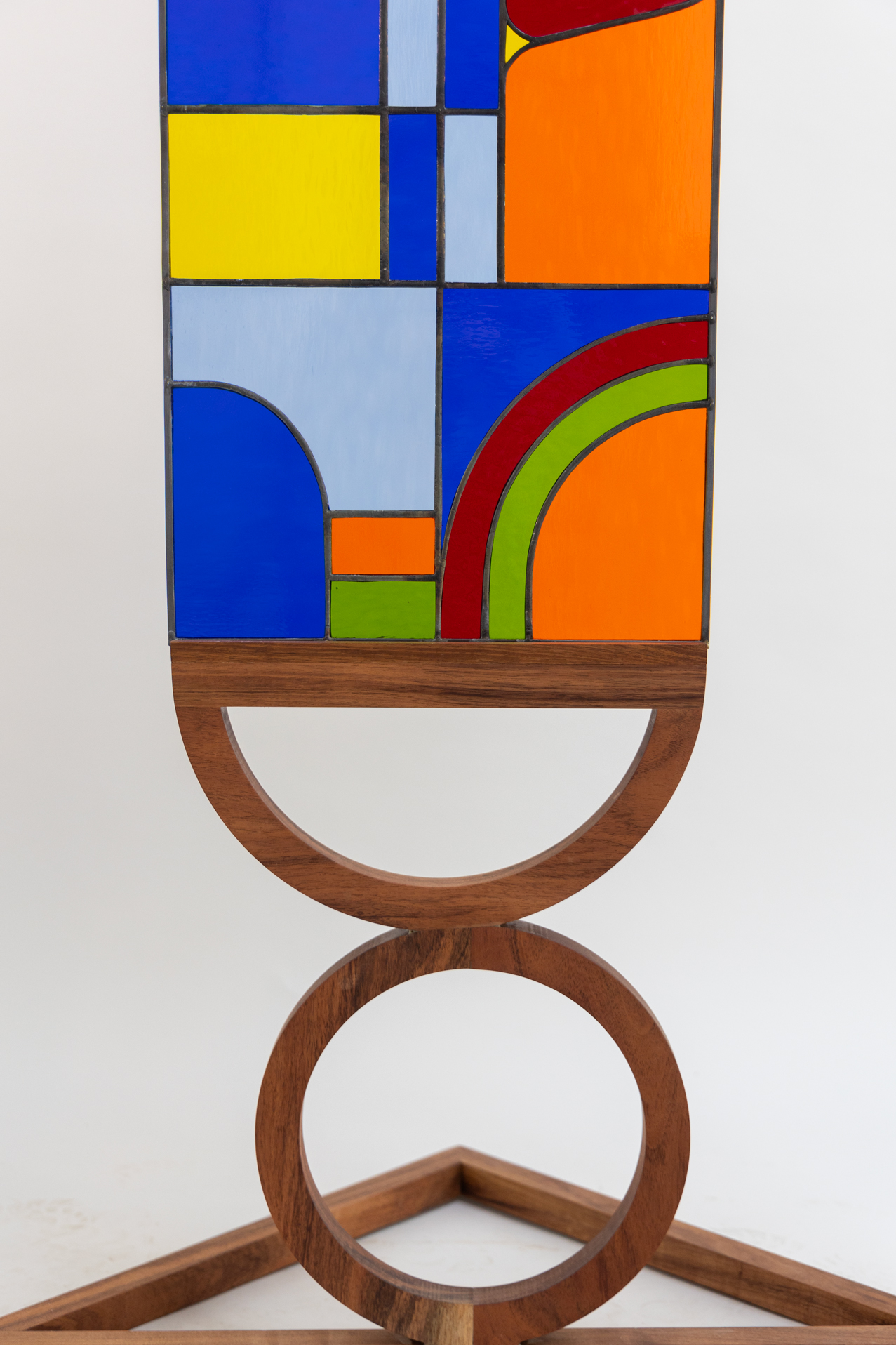
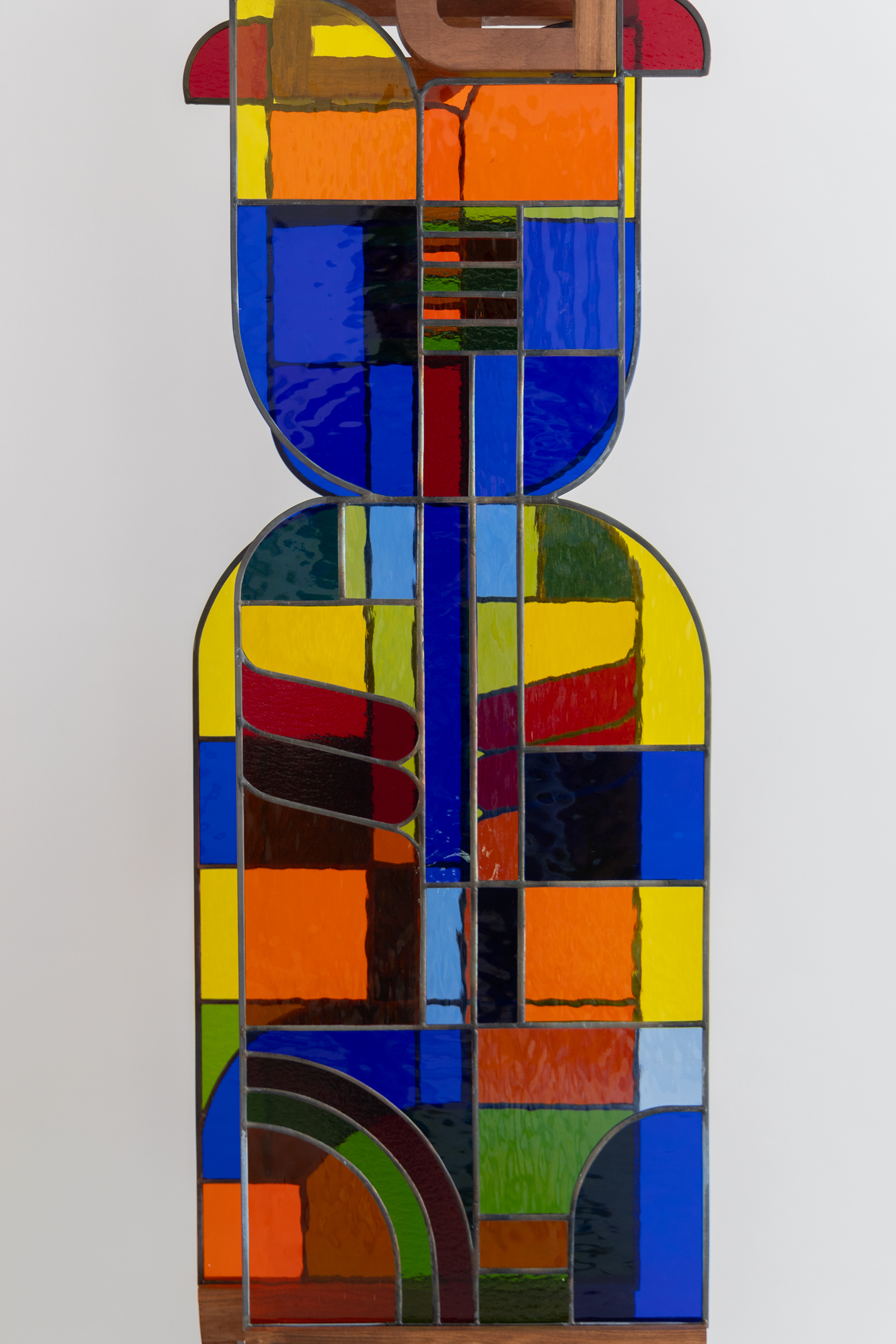
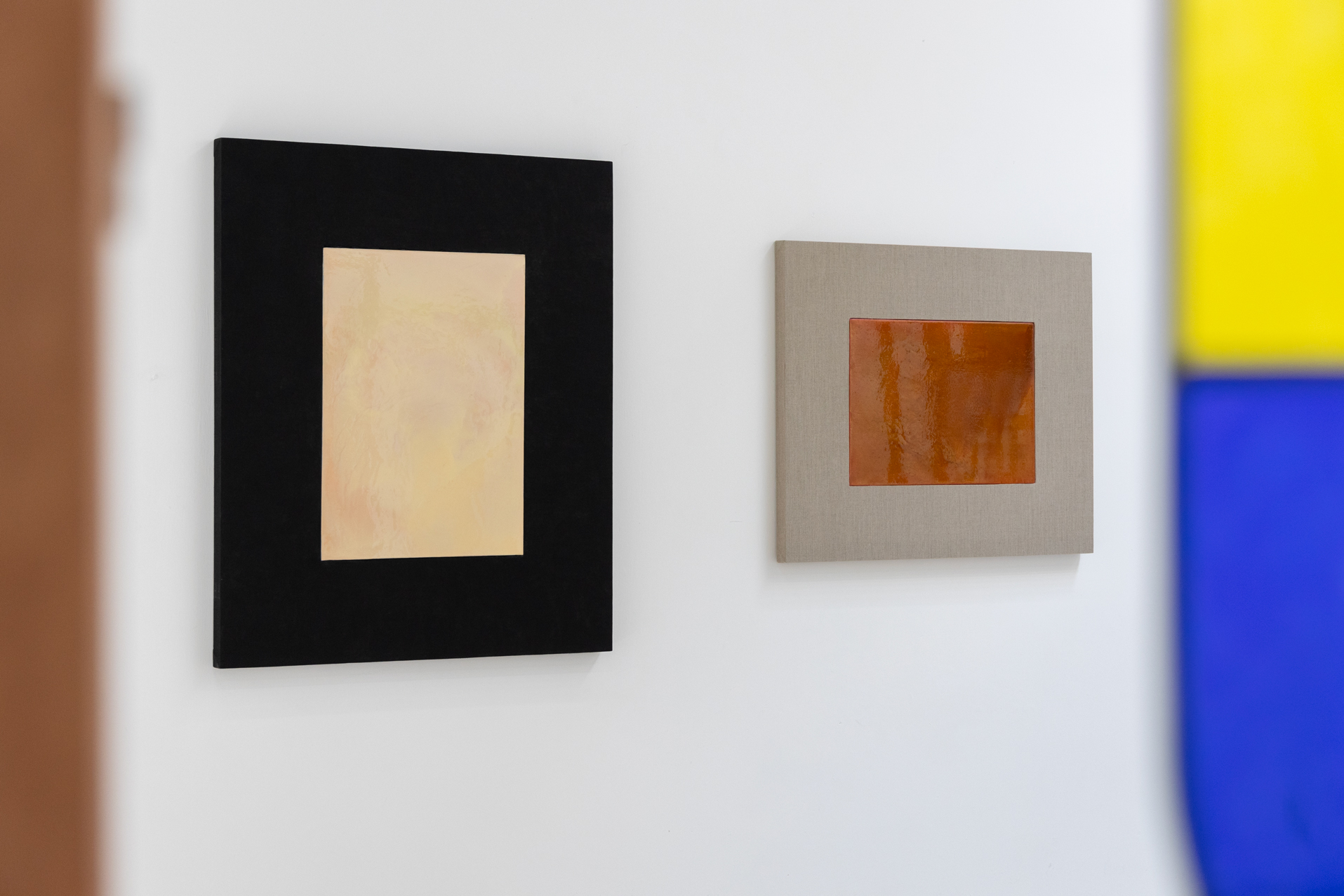
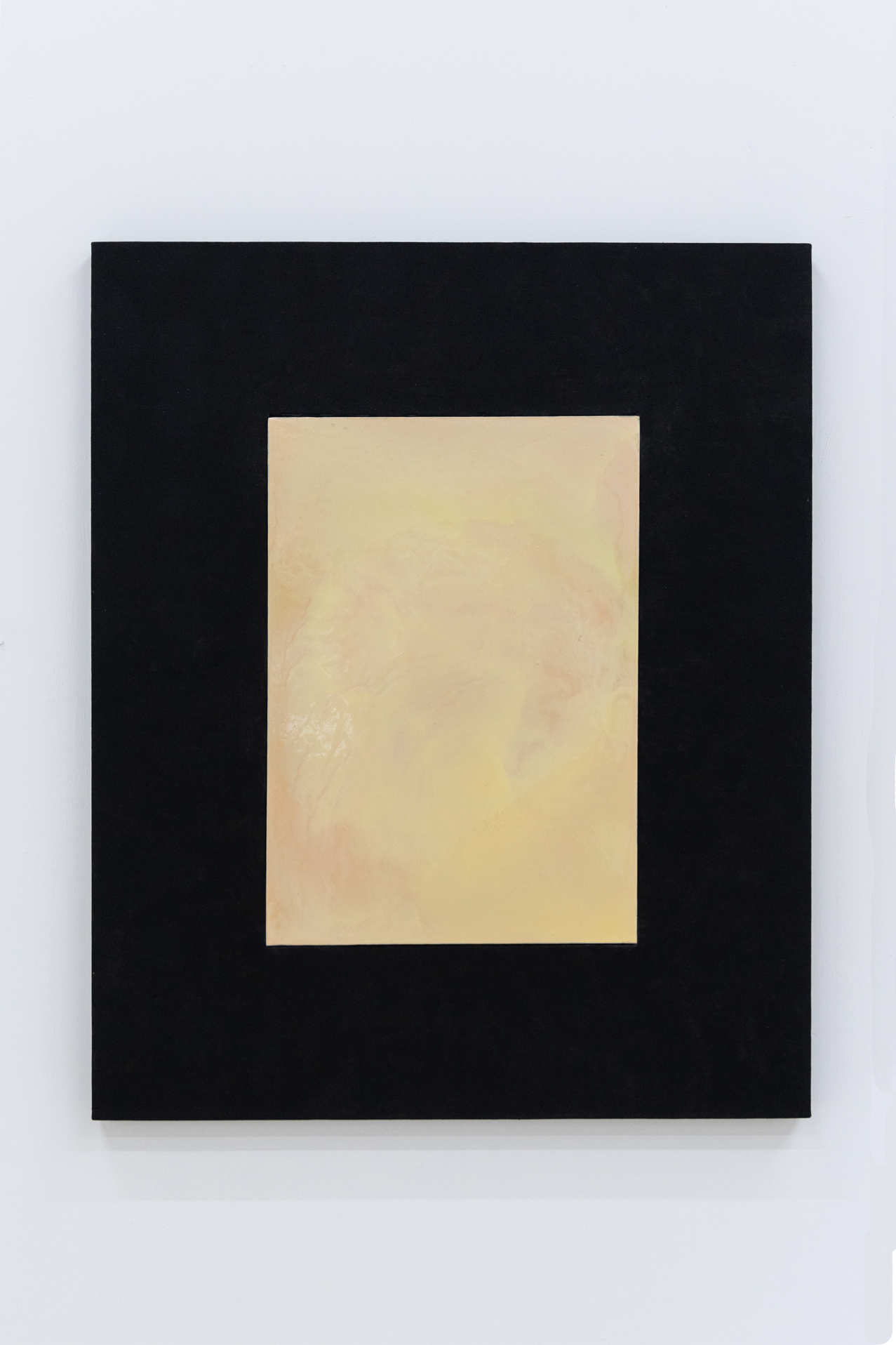
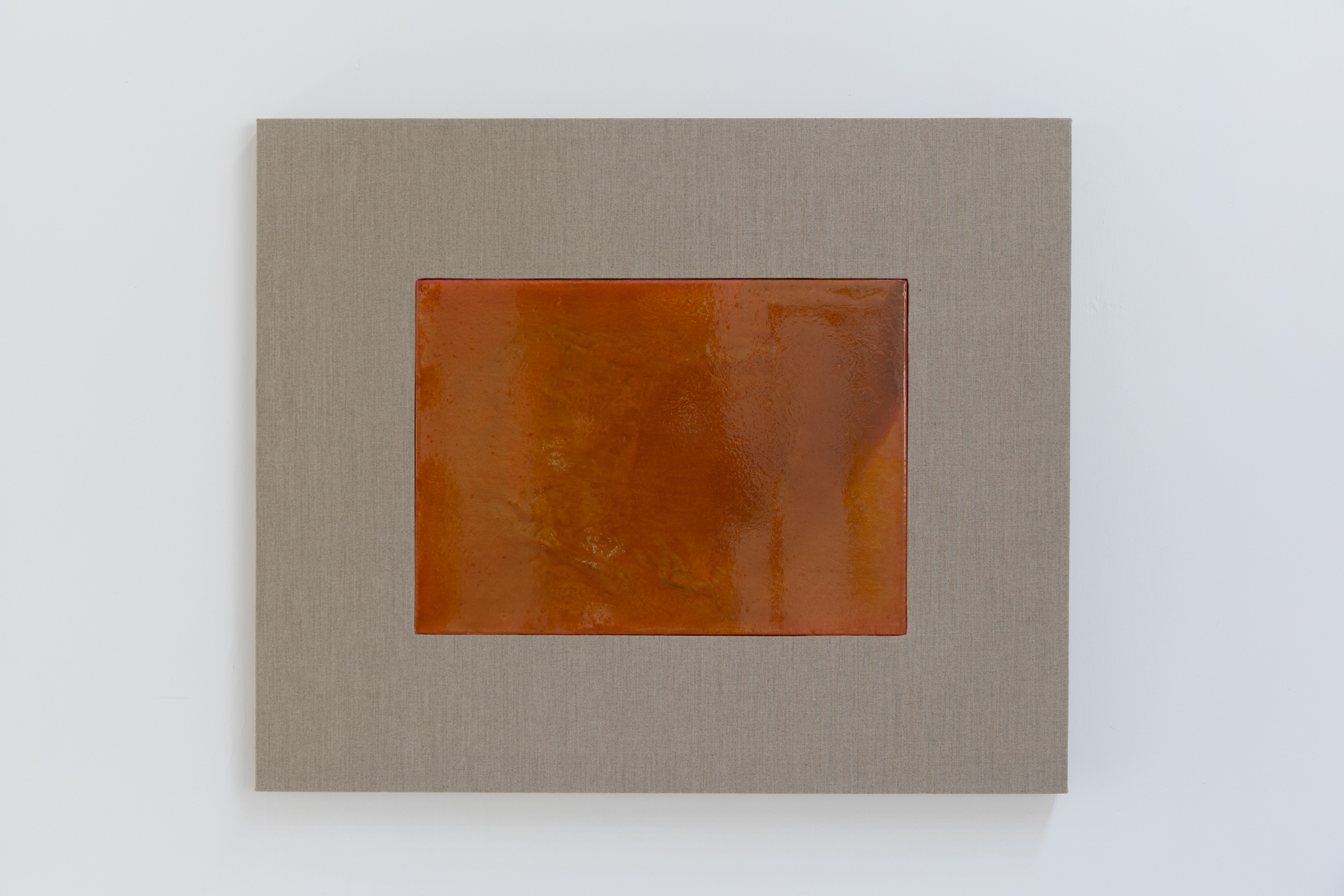
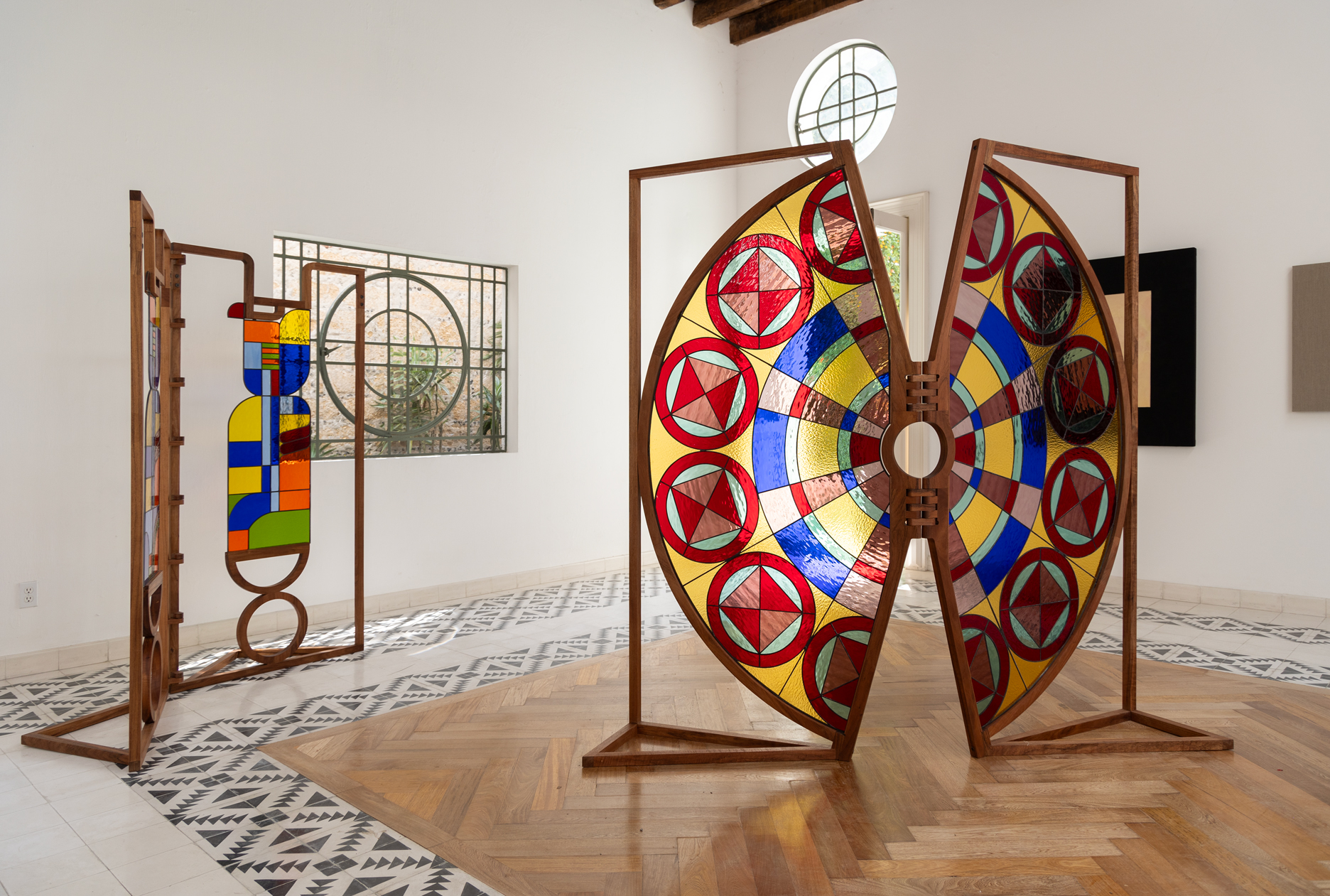
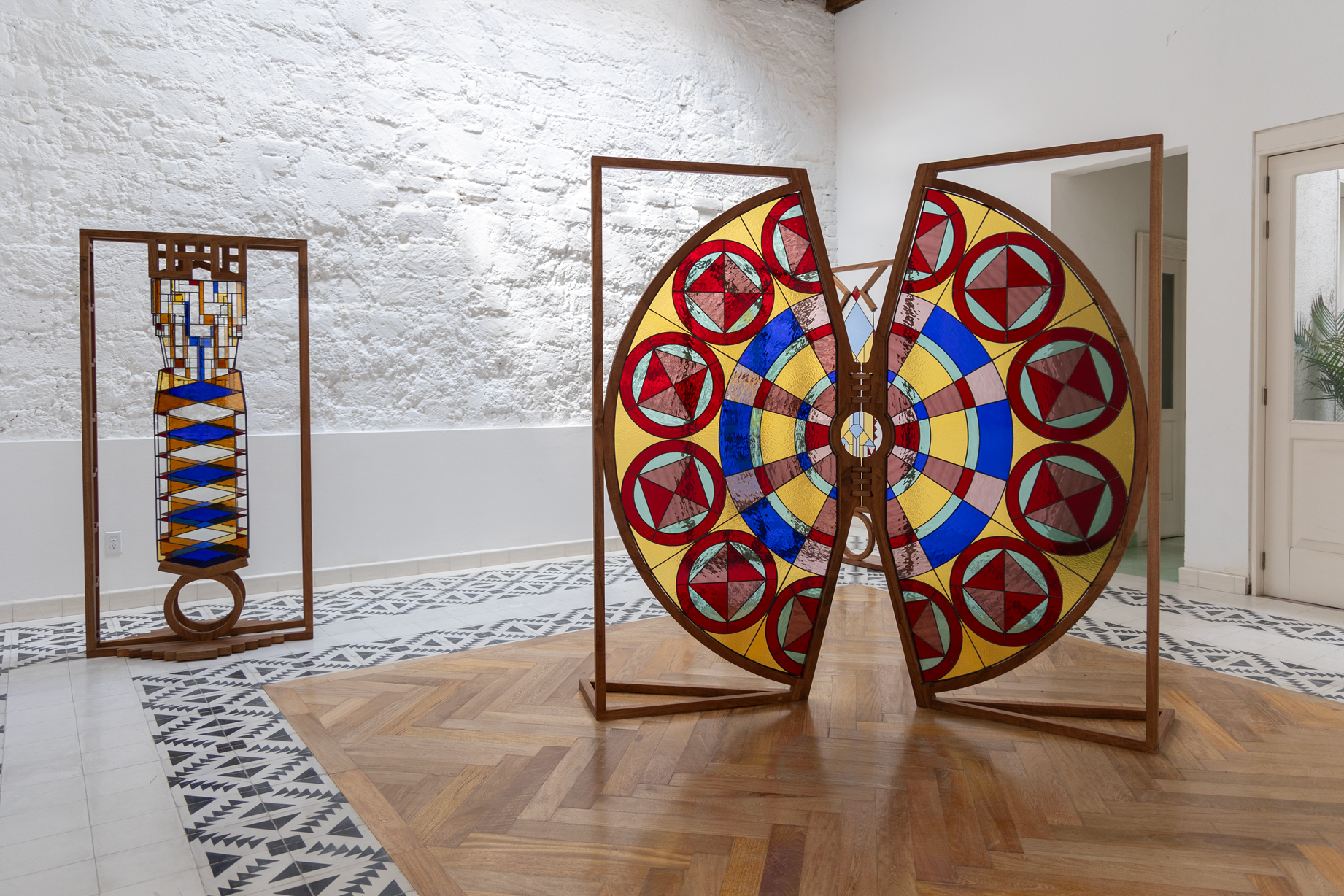
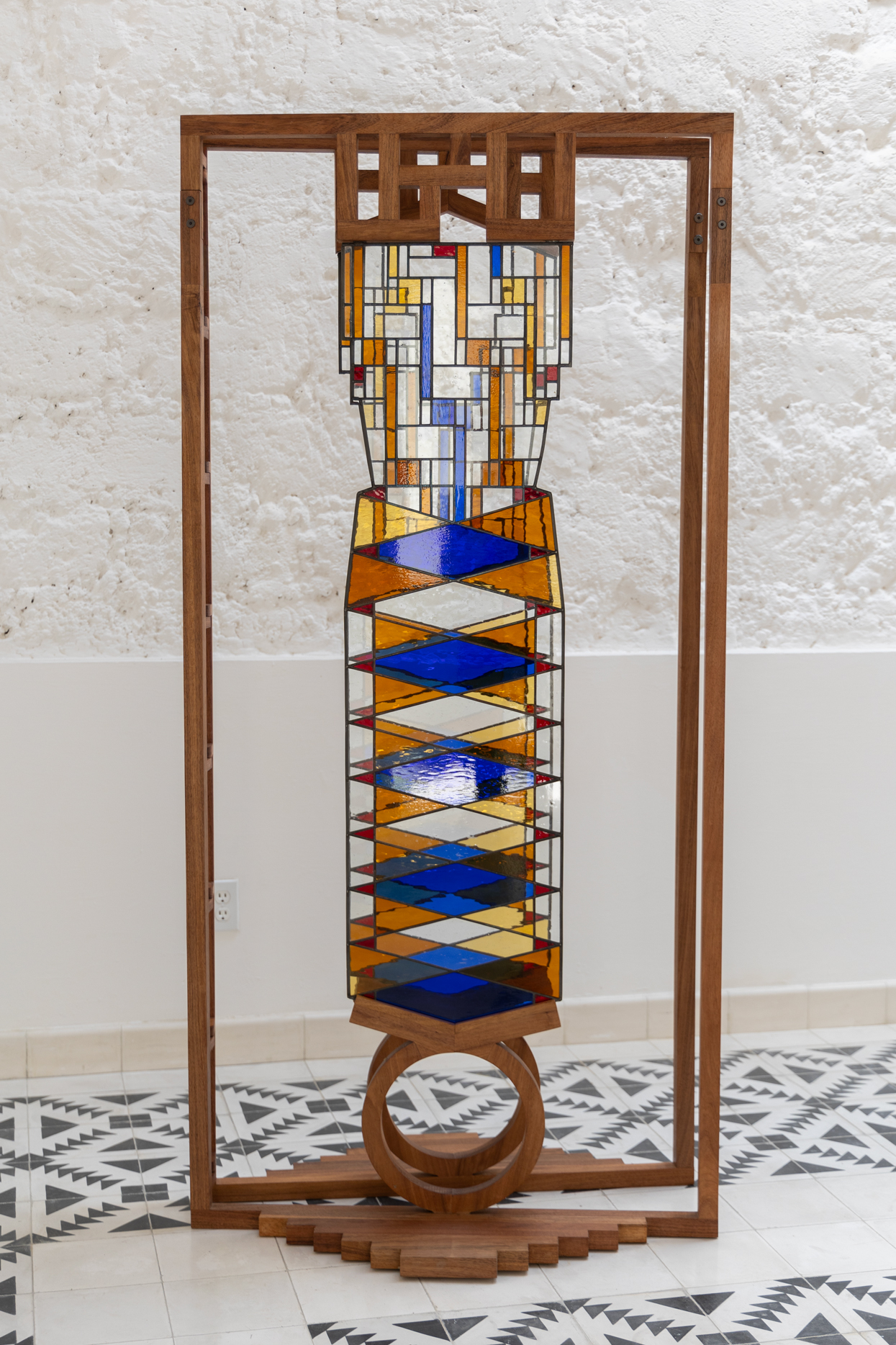
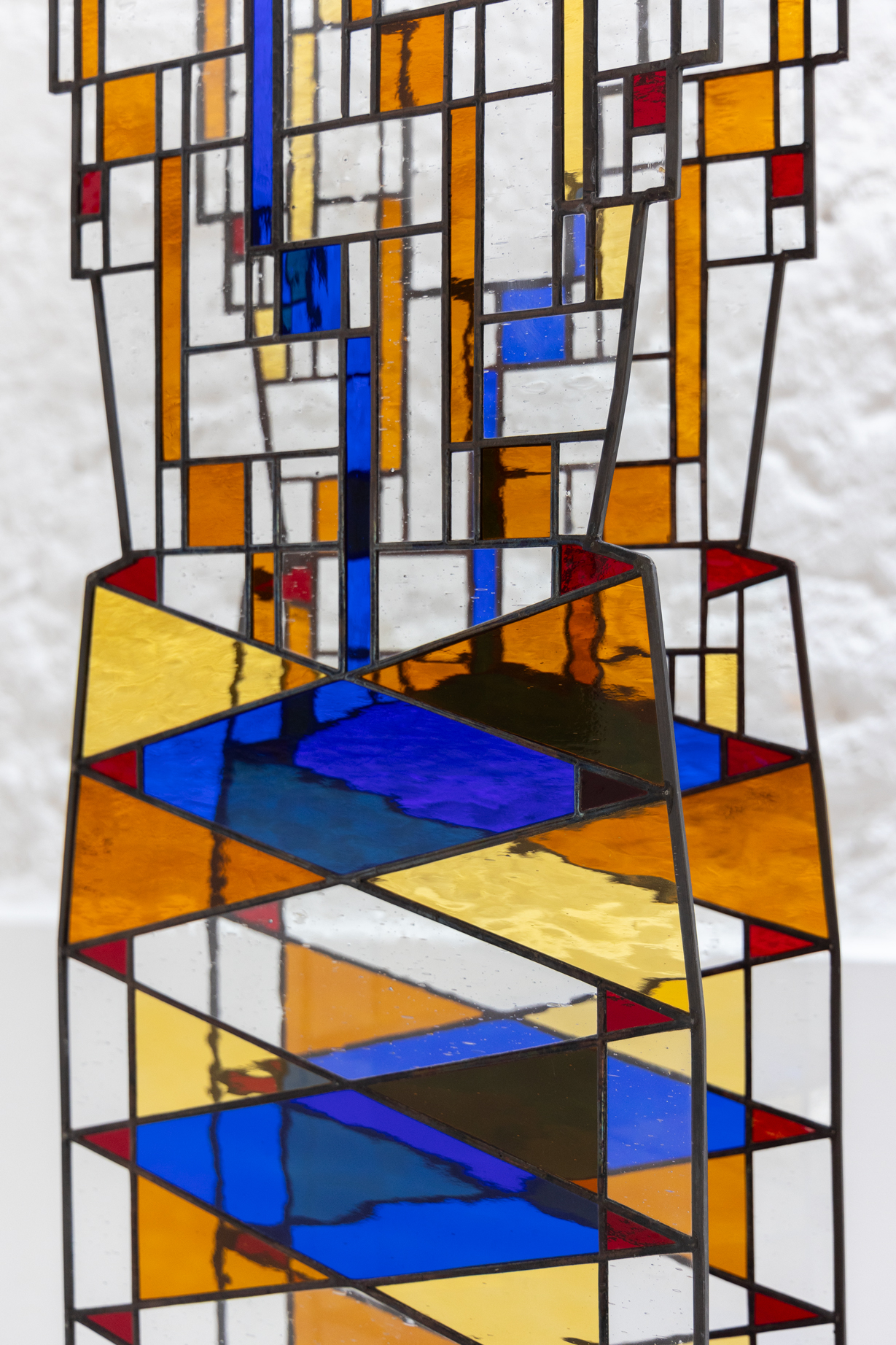
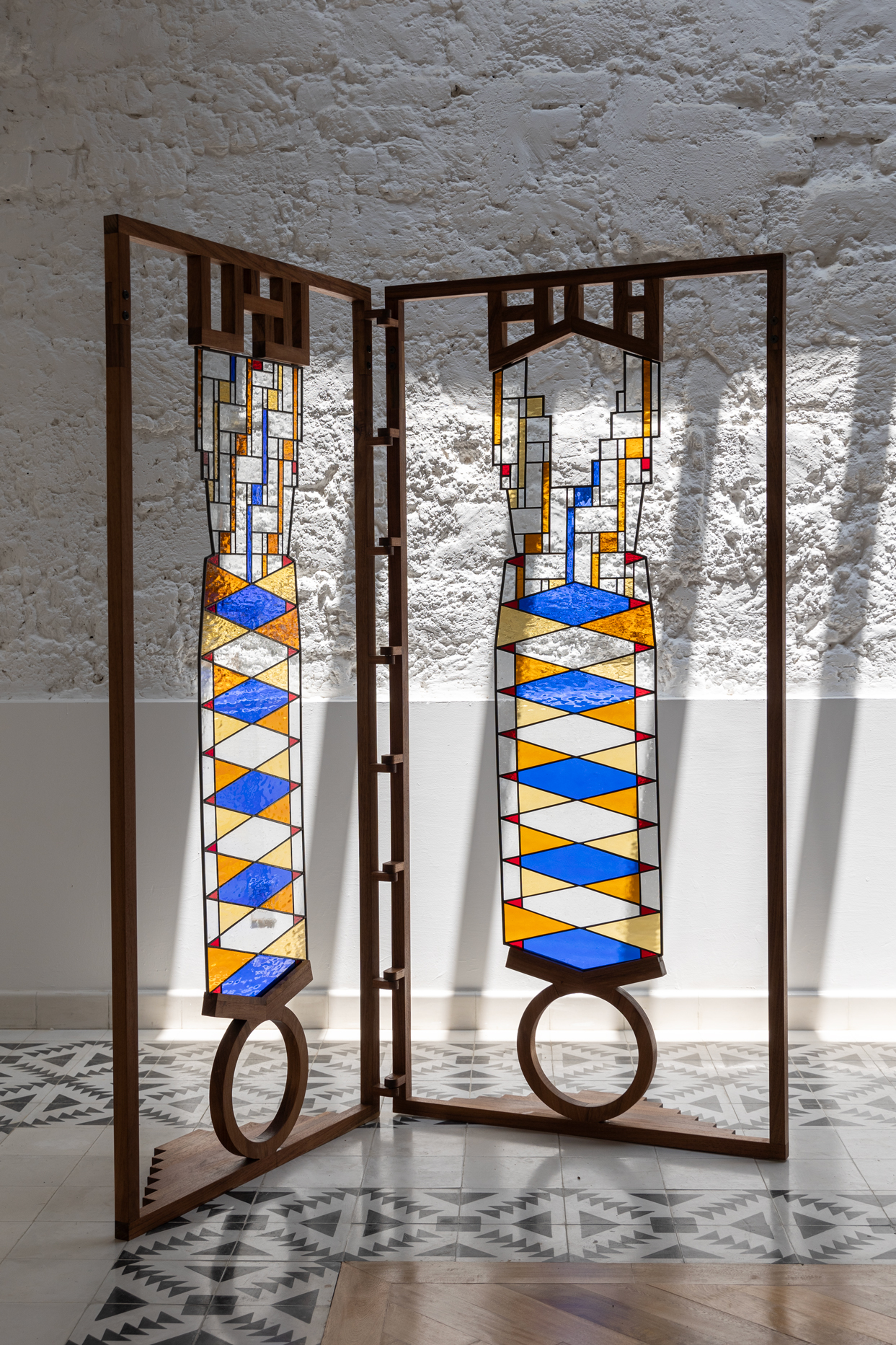
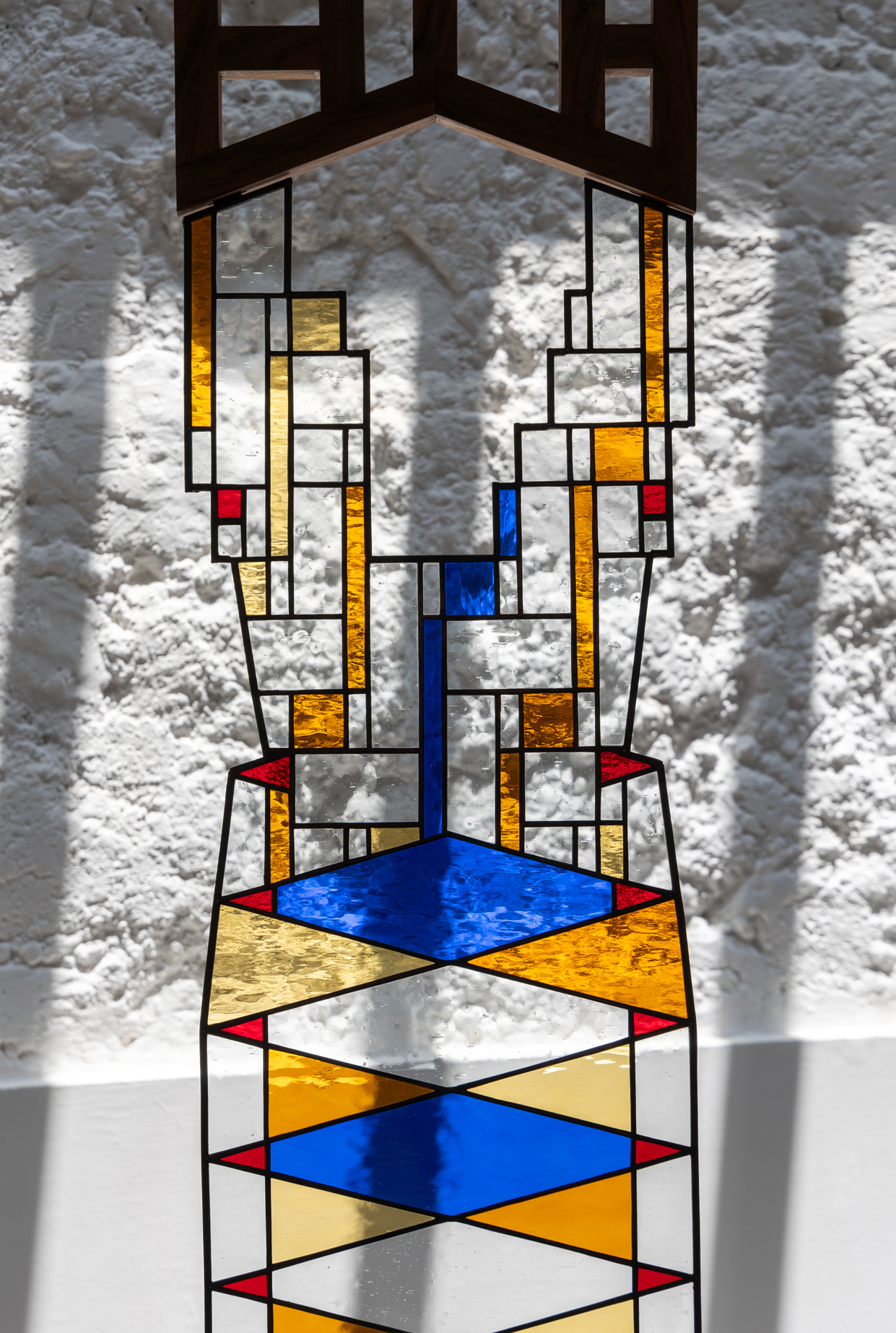
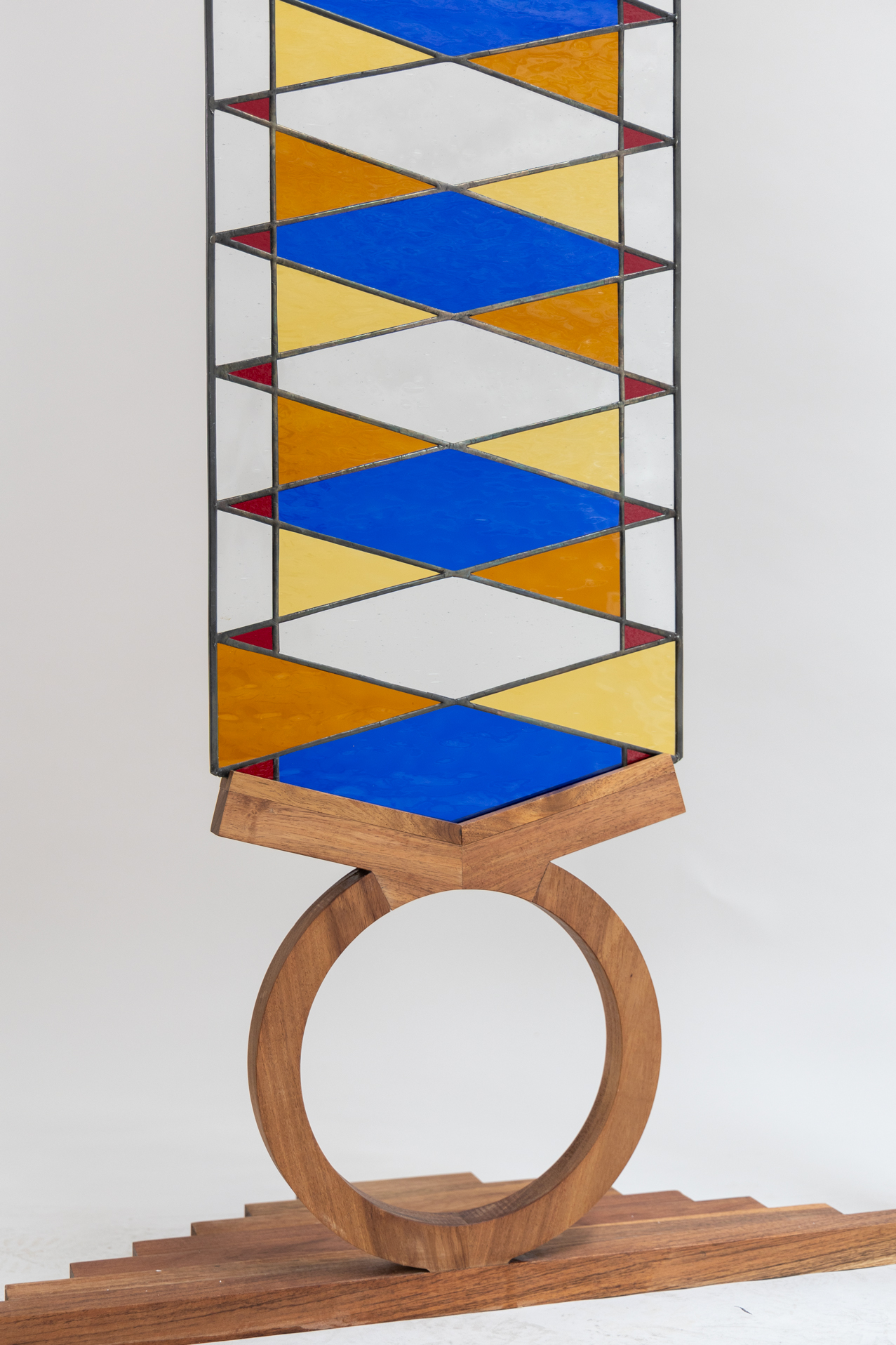
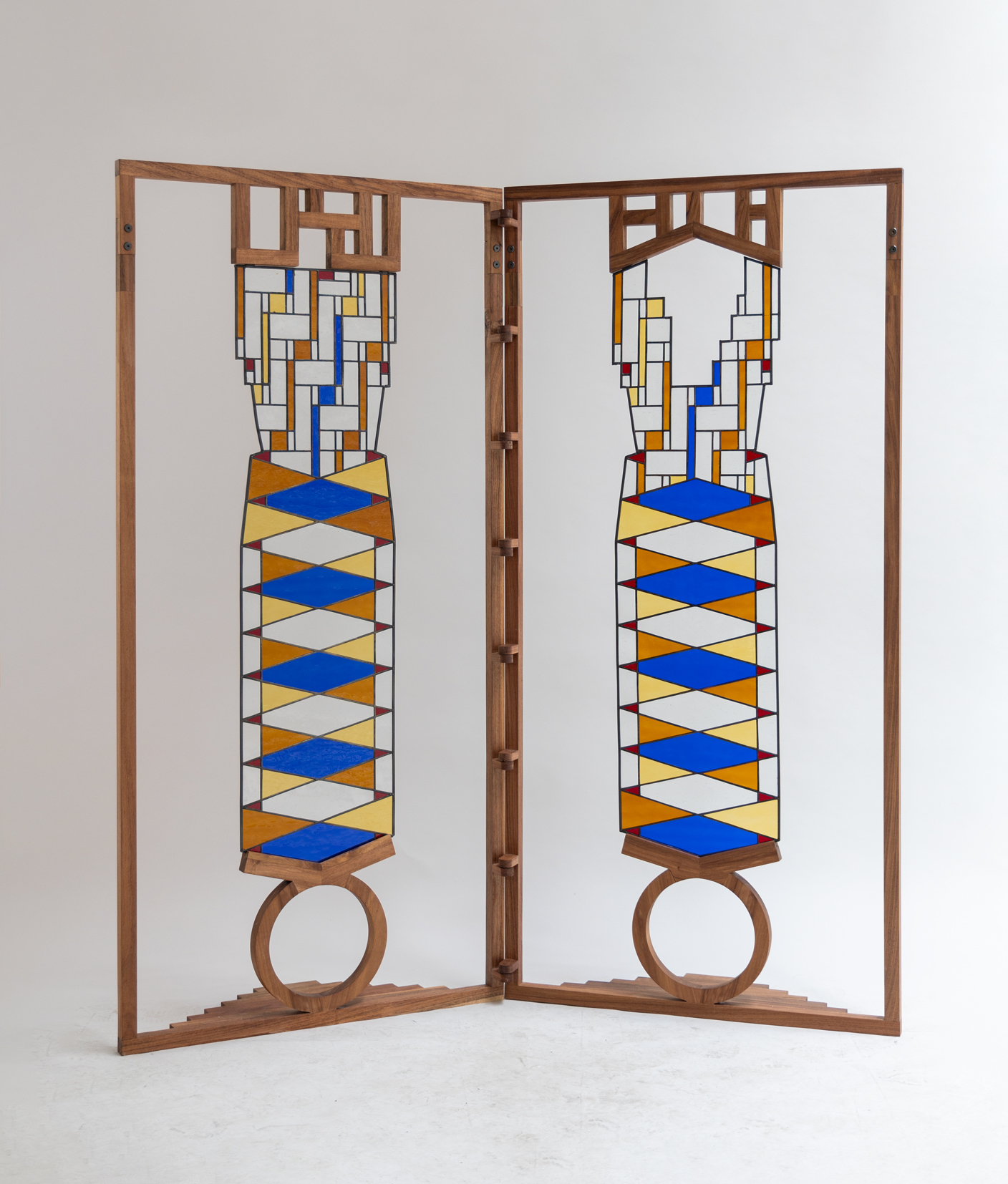
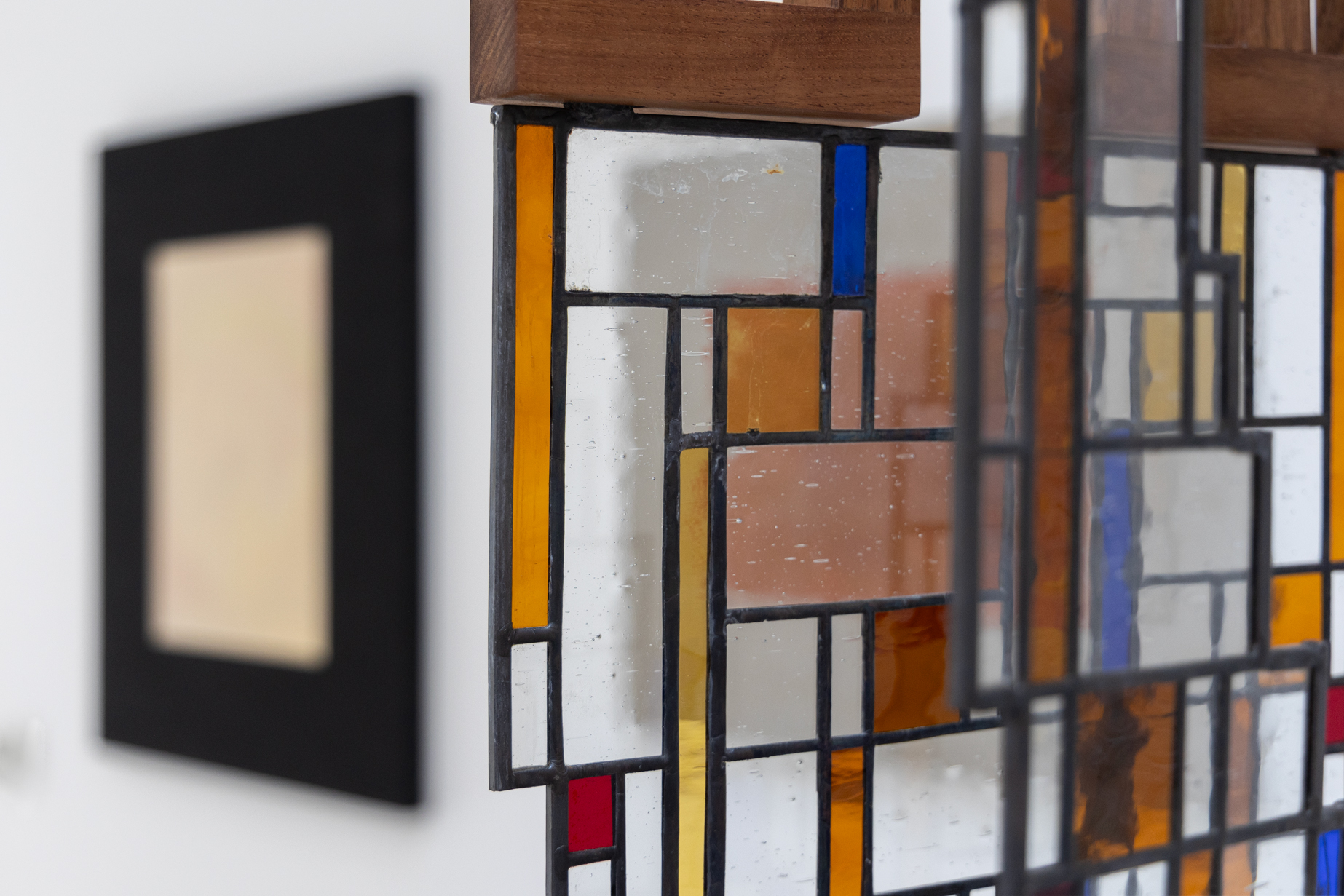
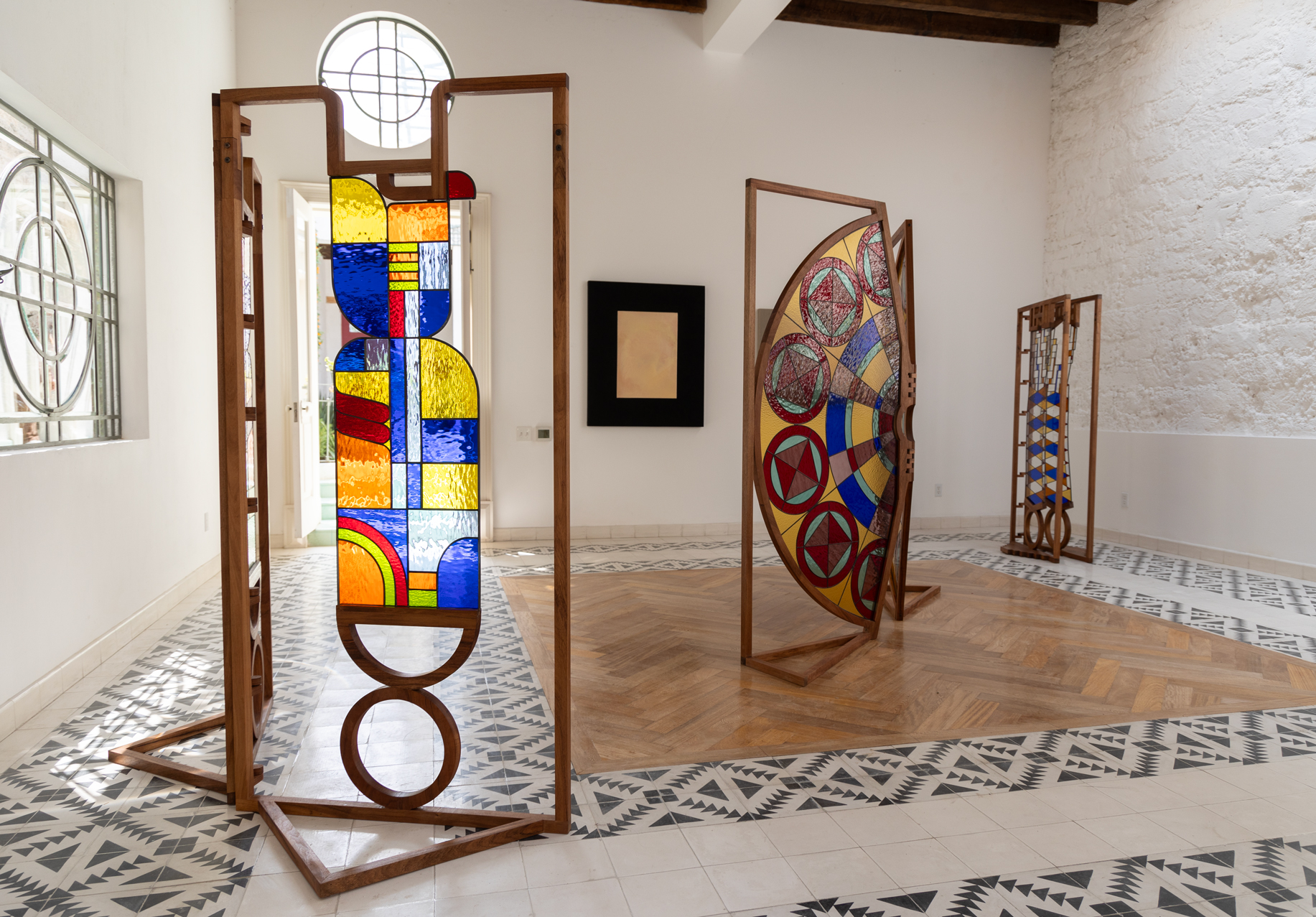
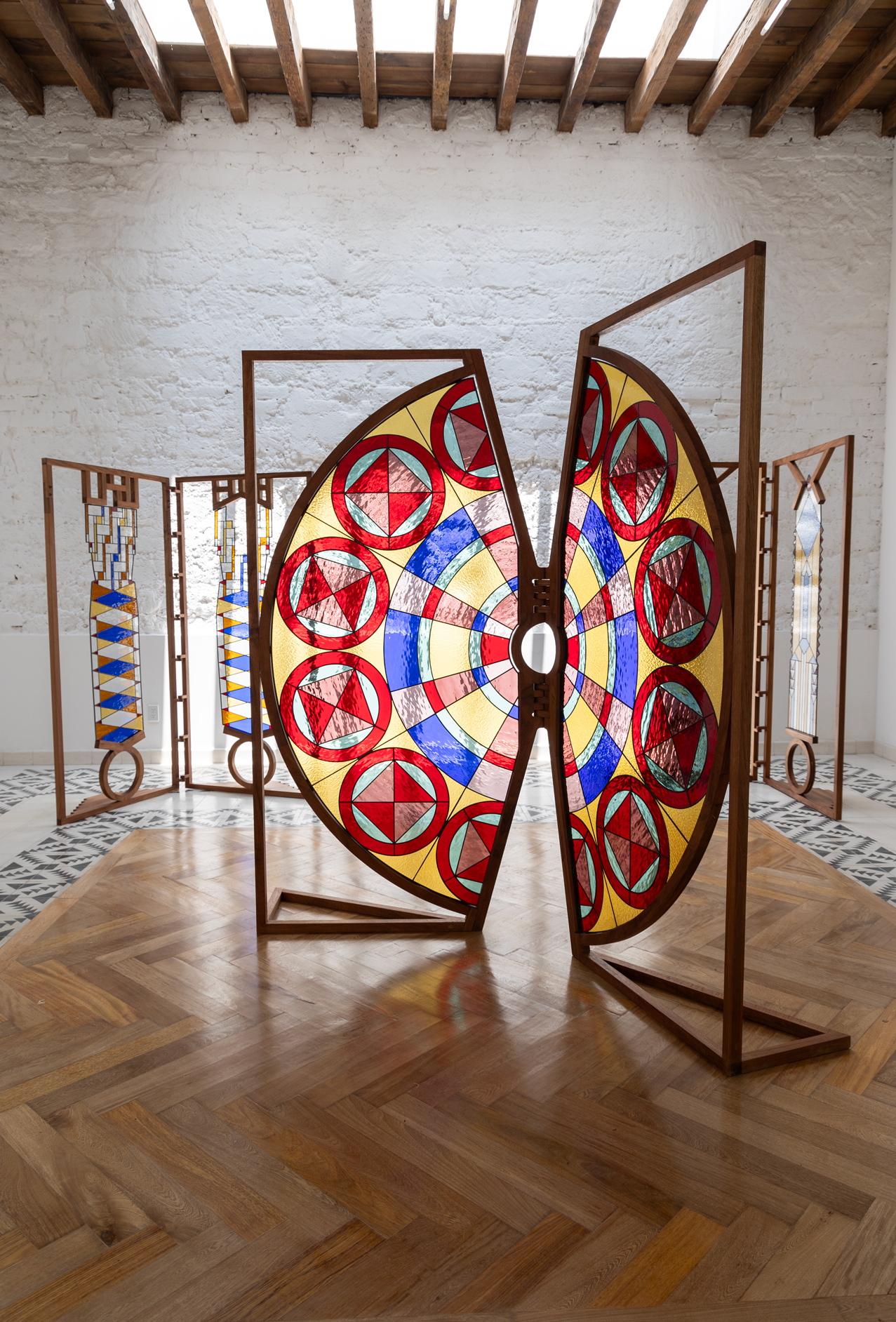
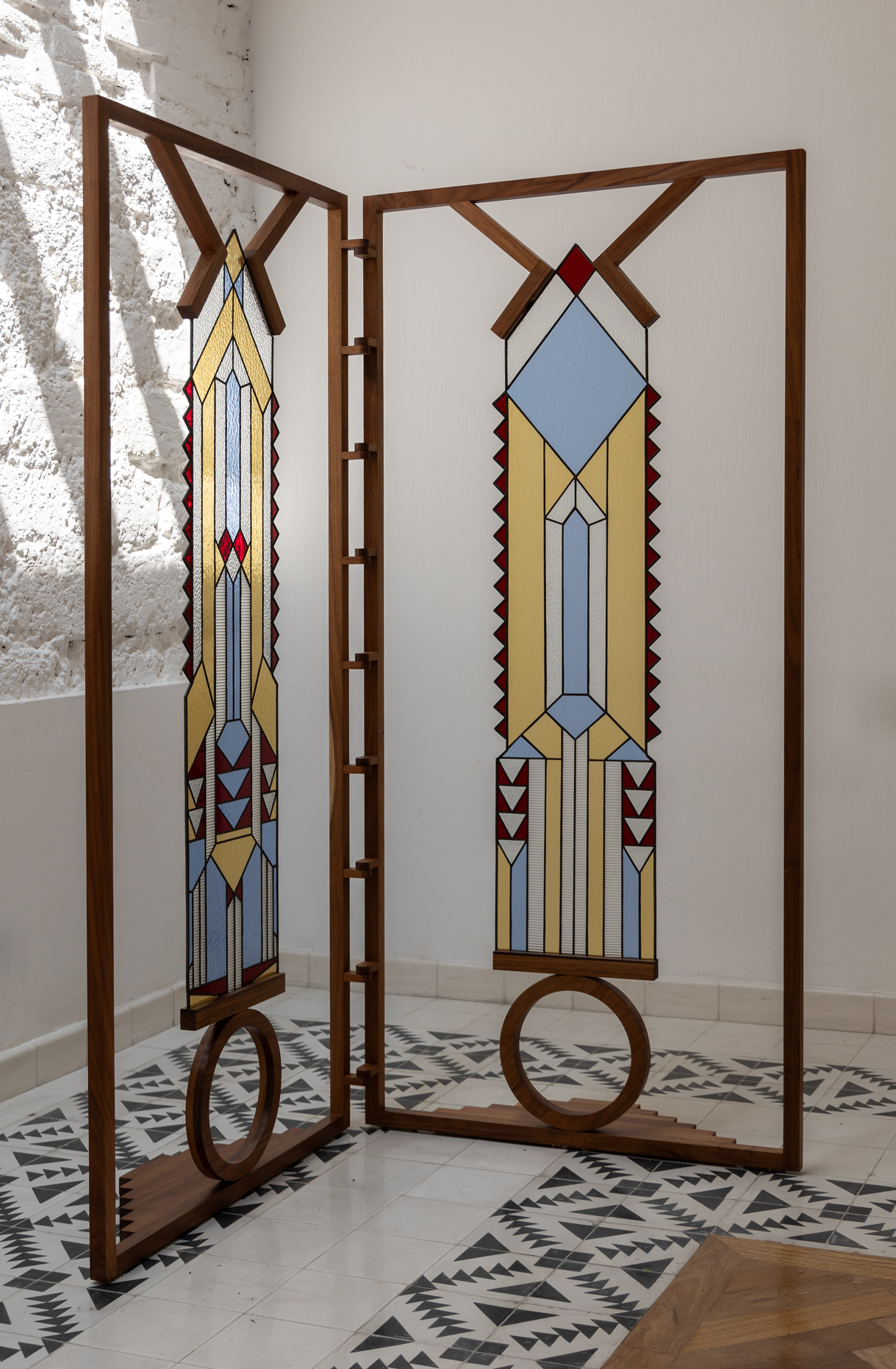
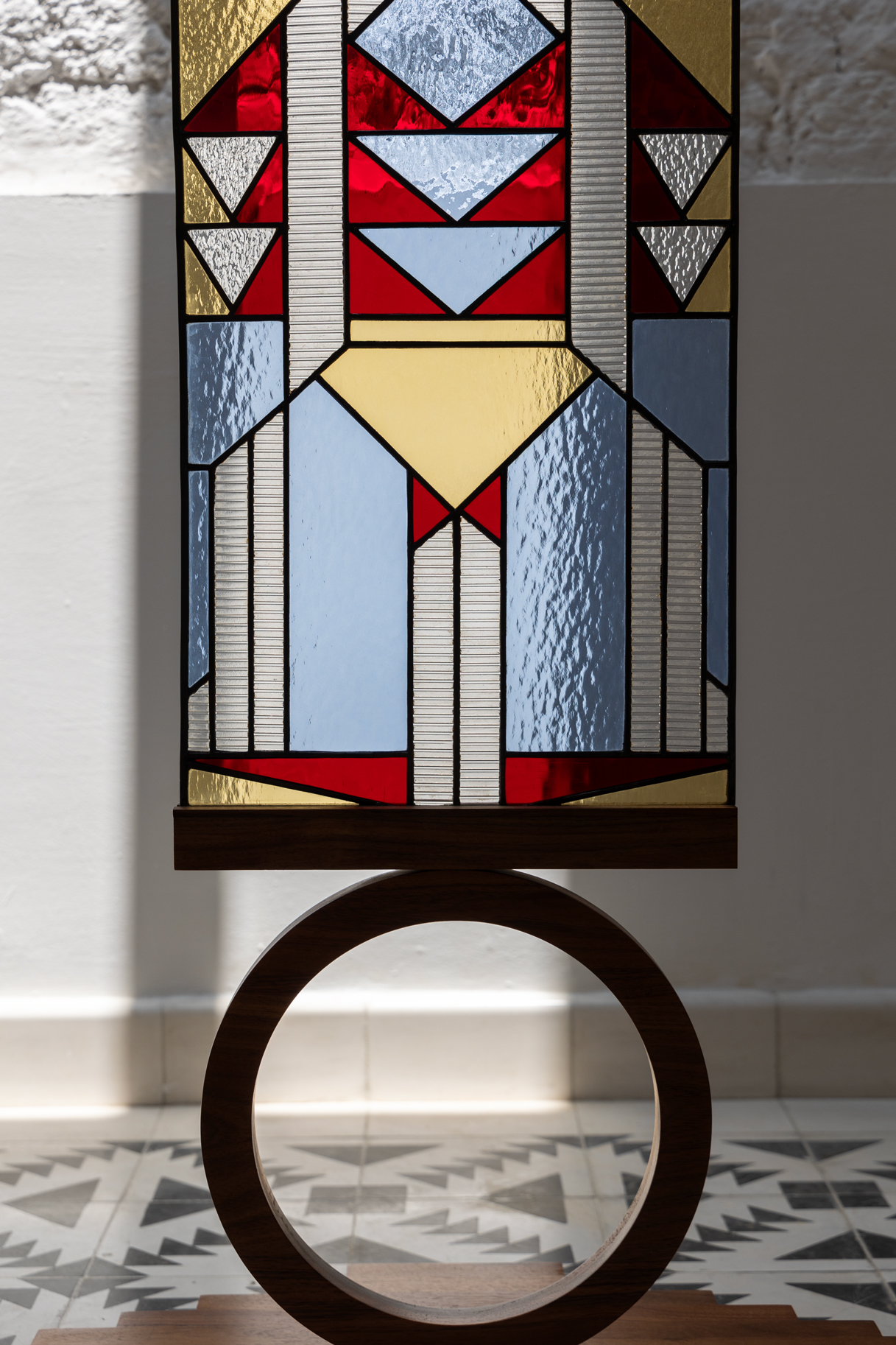
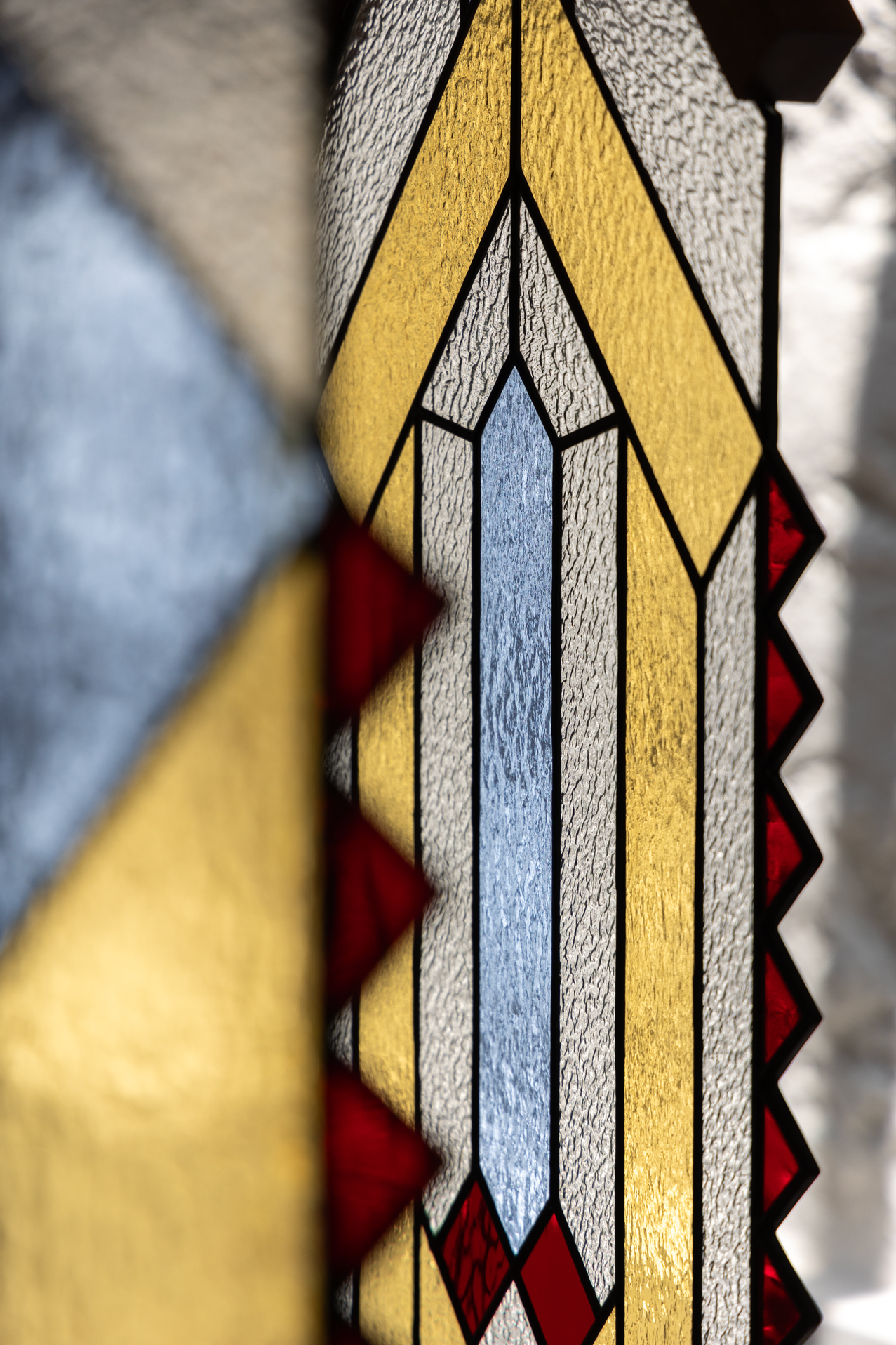

Janskerhof 9 BIS, Folded 198 x 98 x 20 cm / Unfolded 198 x 160 x 6 cm
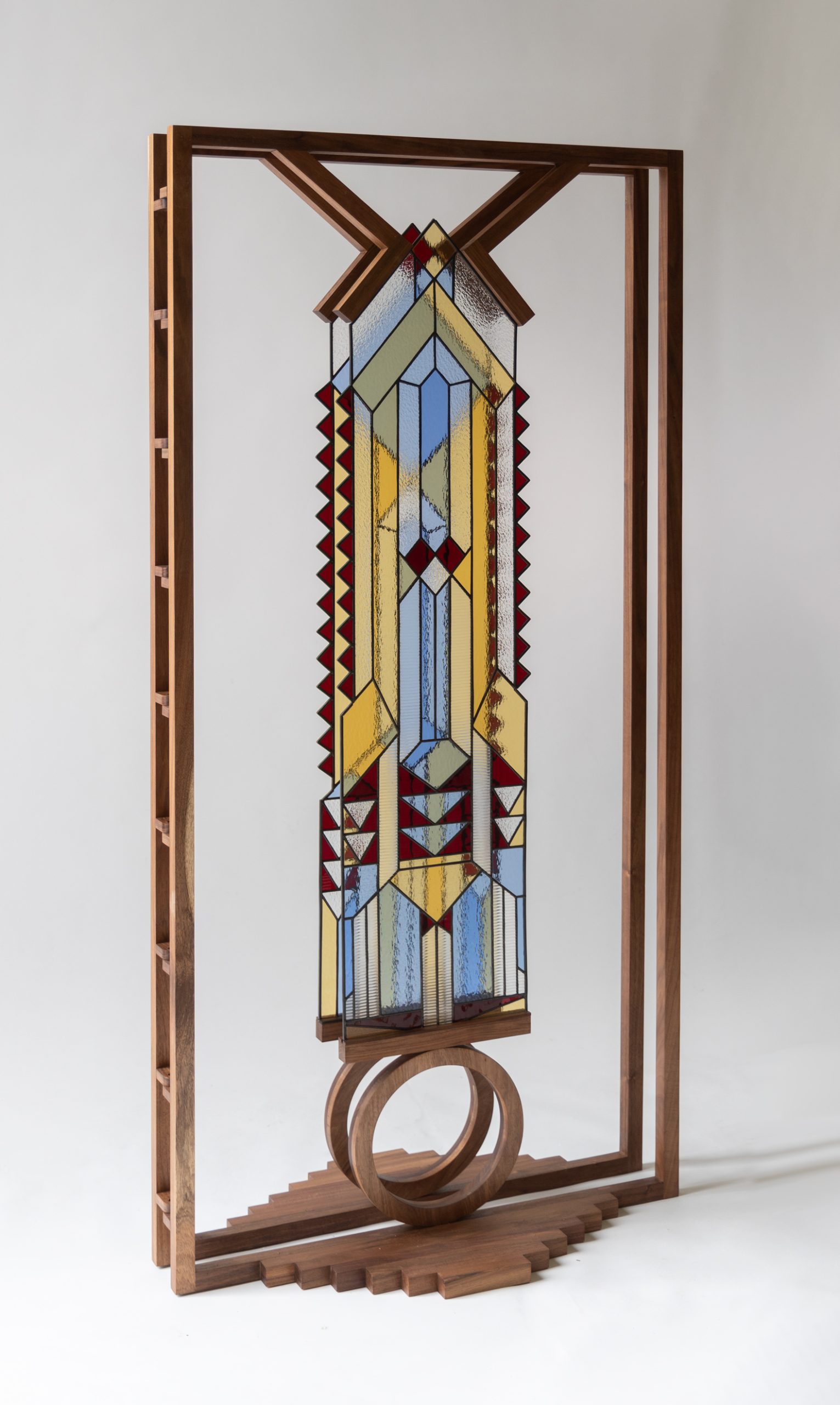
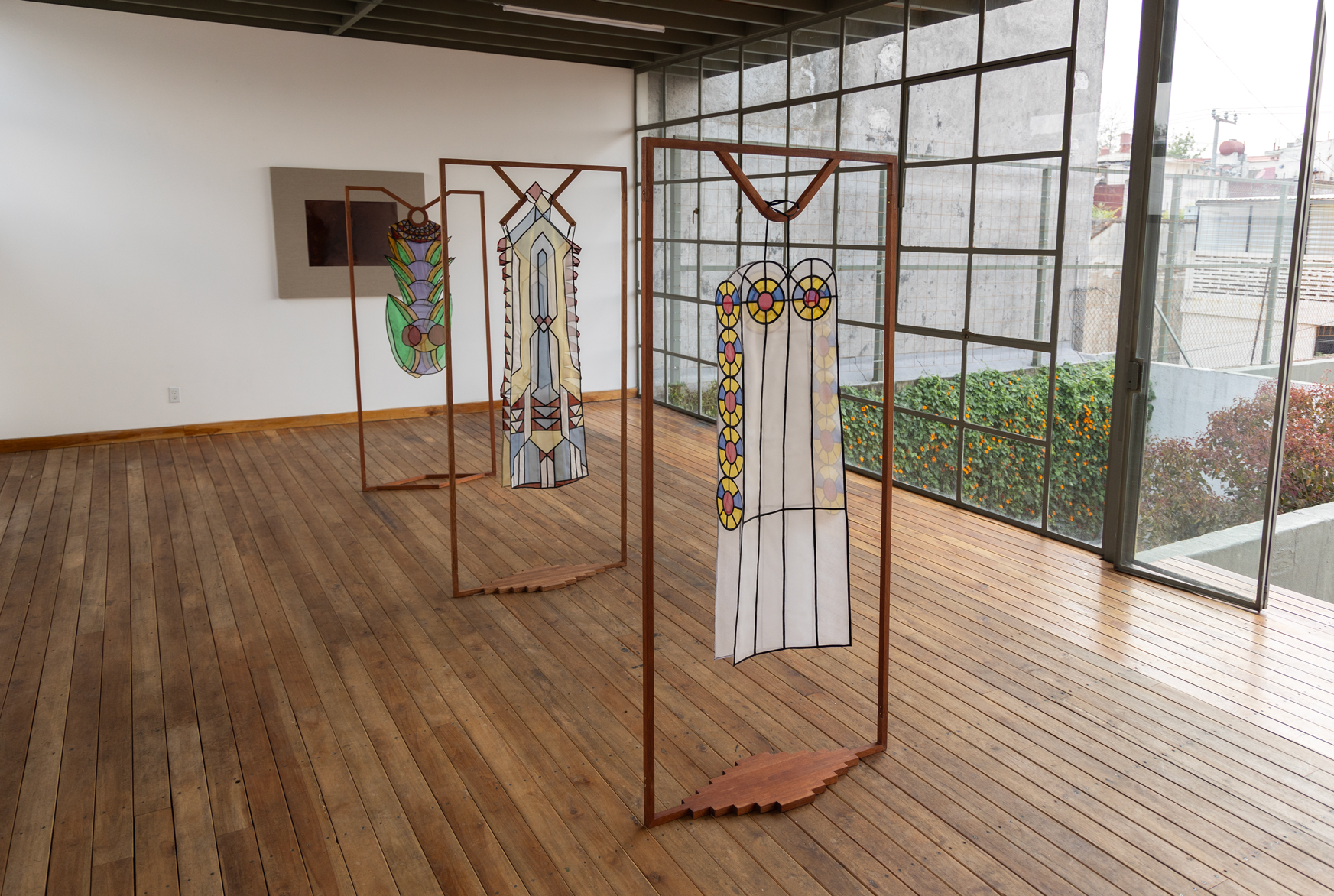
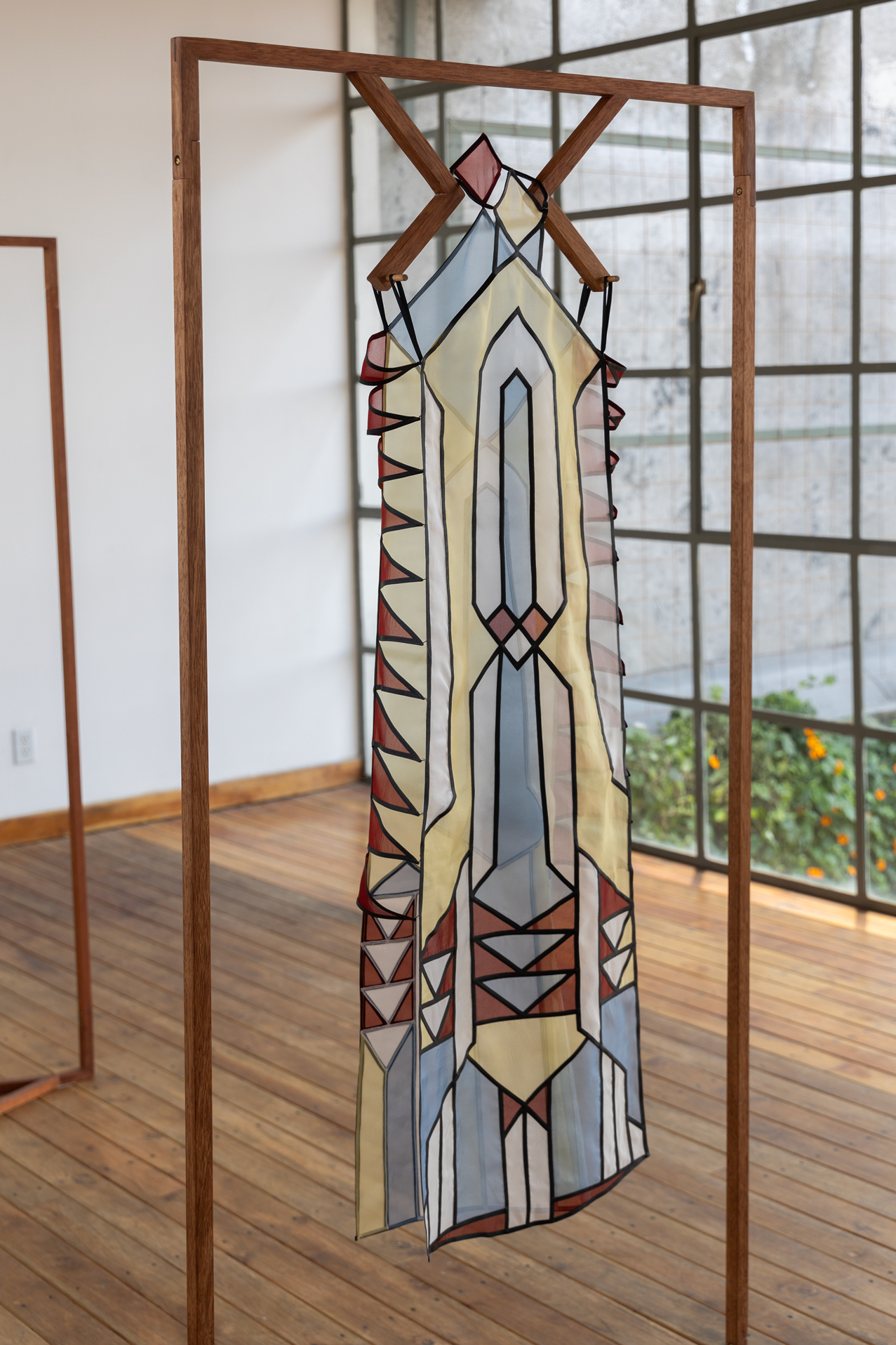
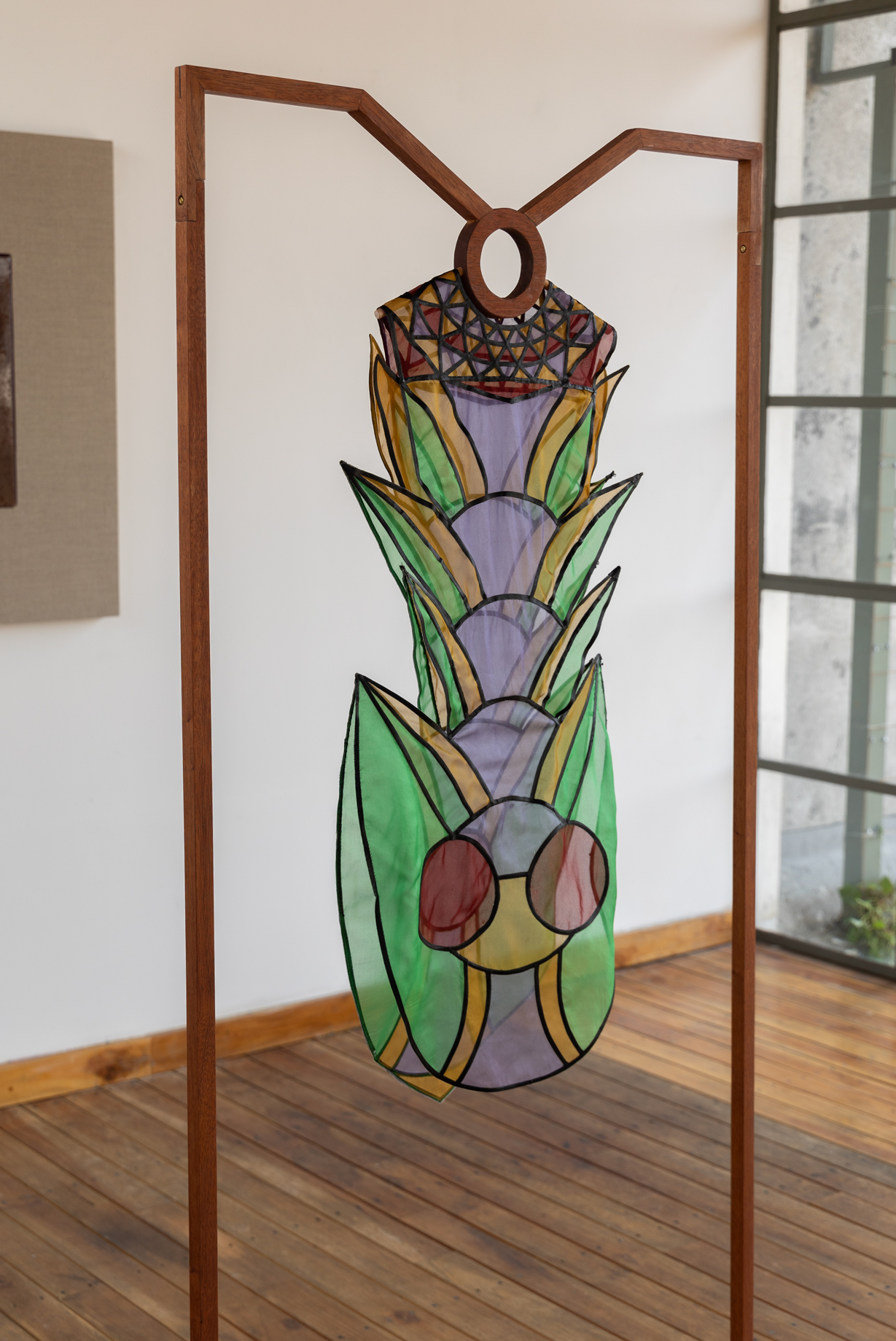
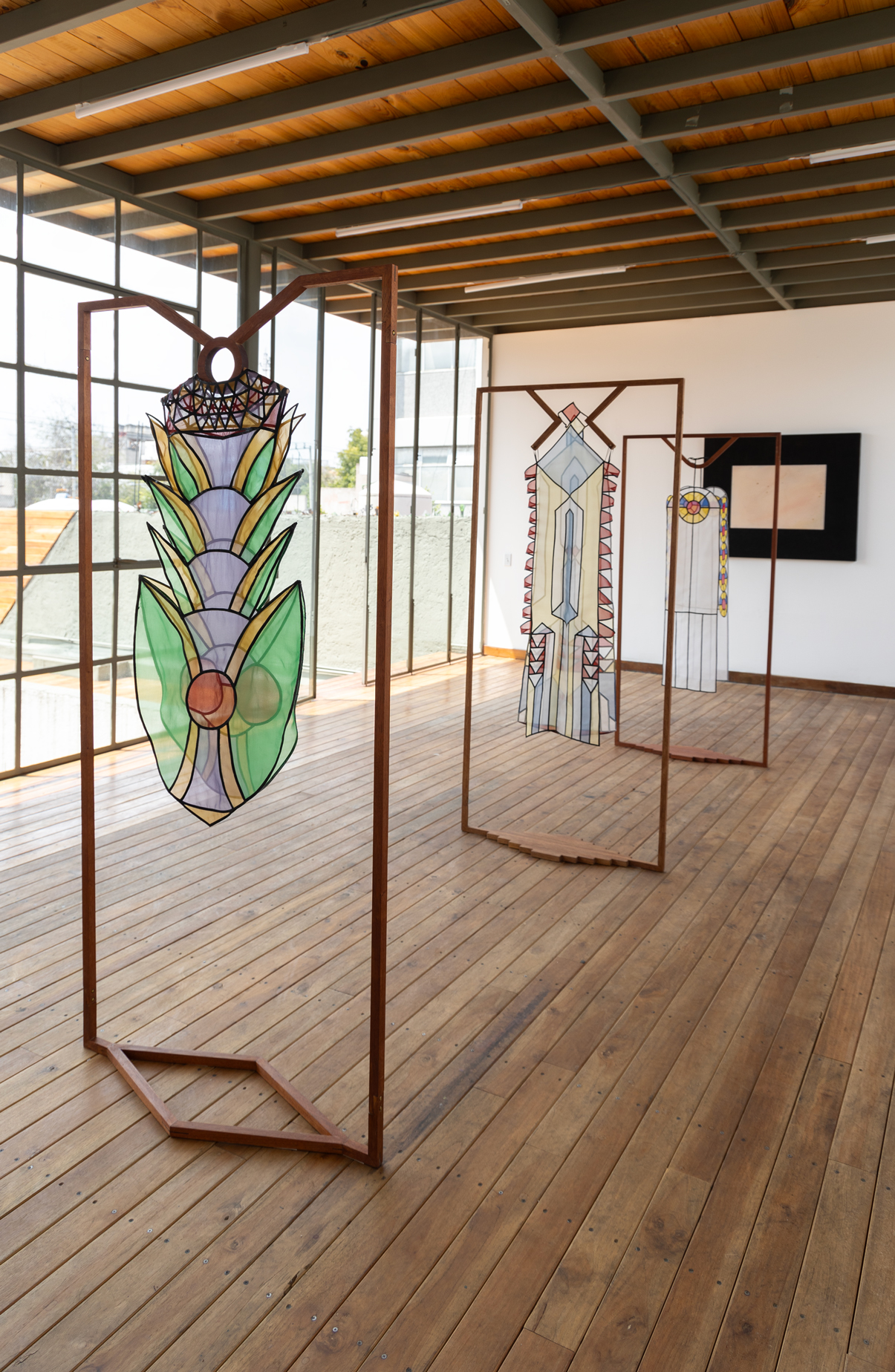
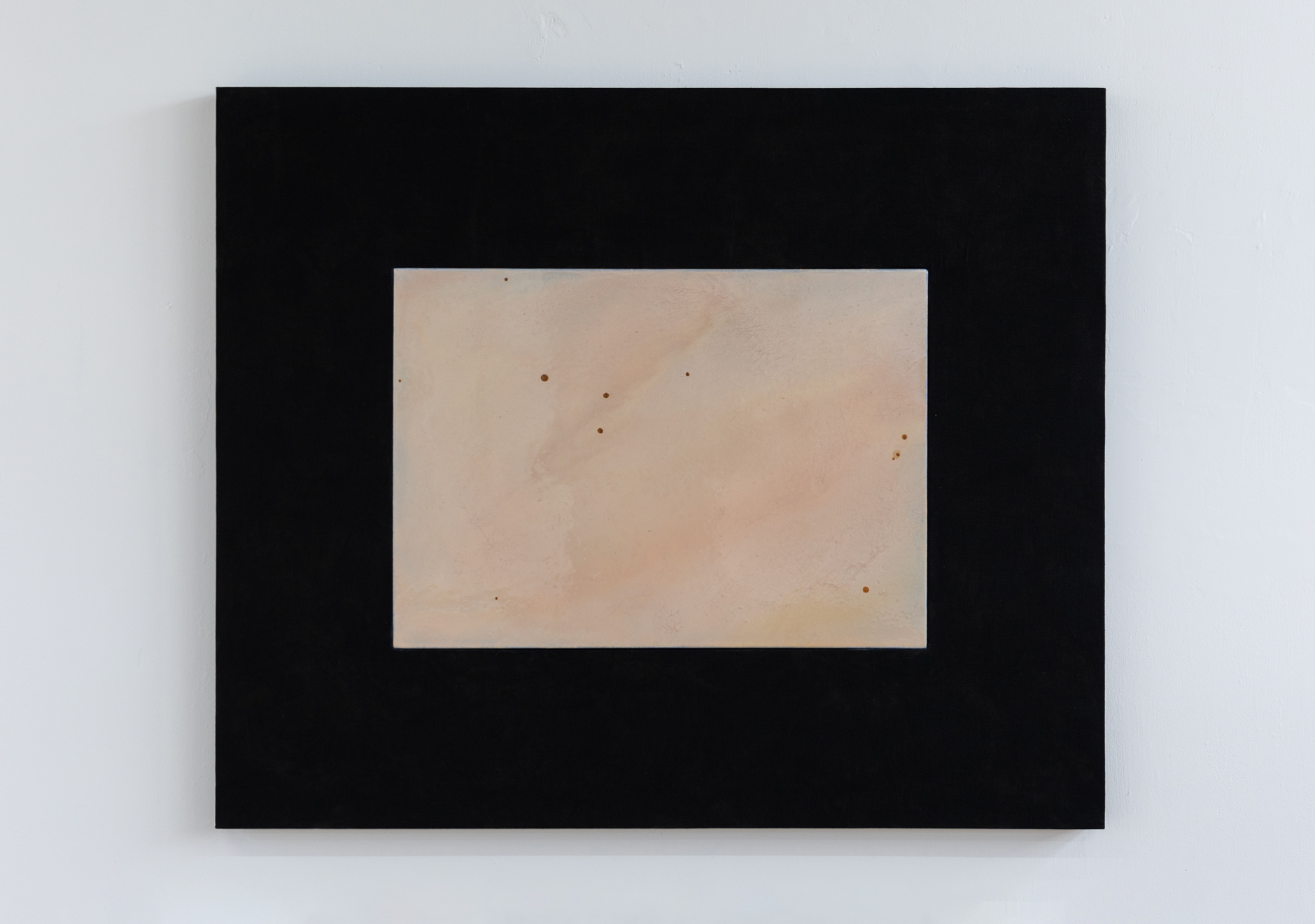
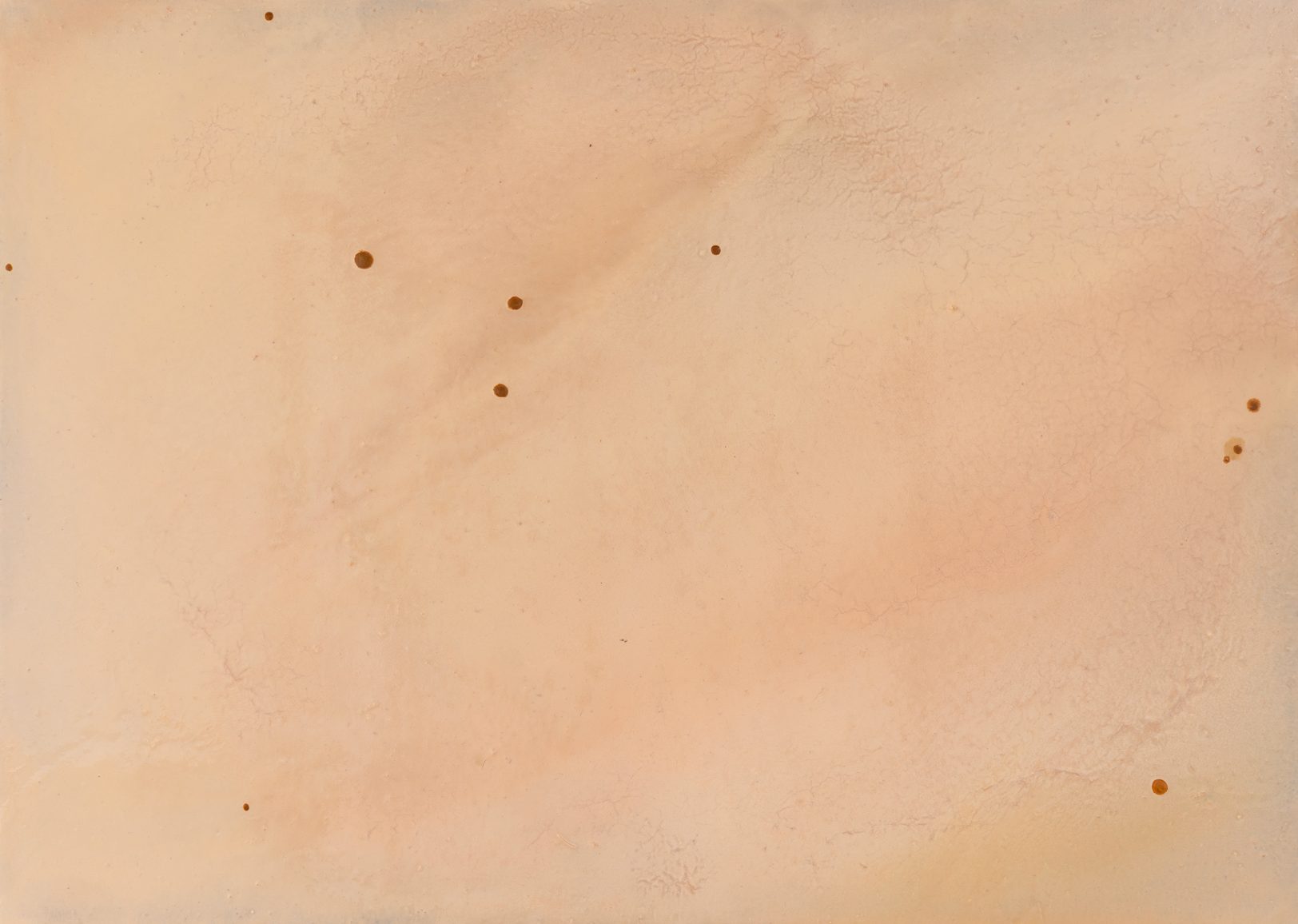
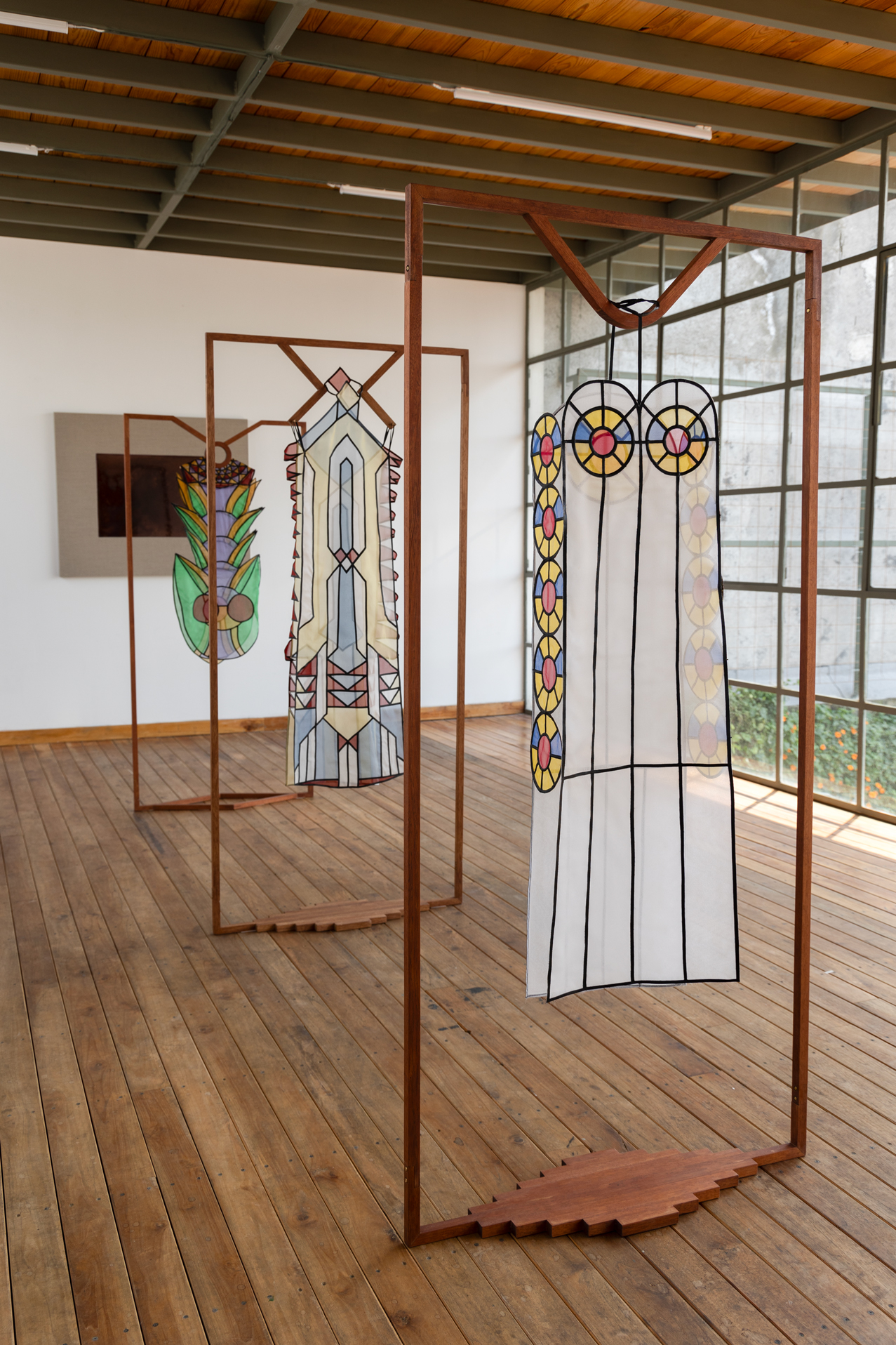
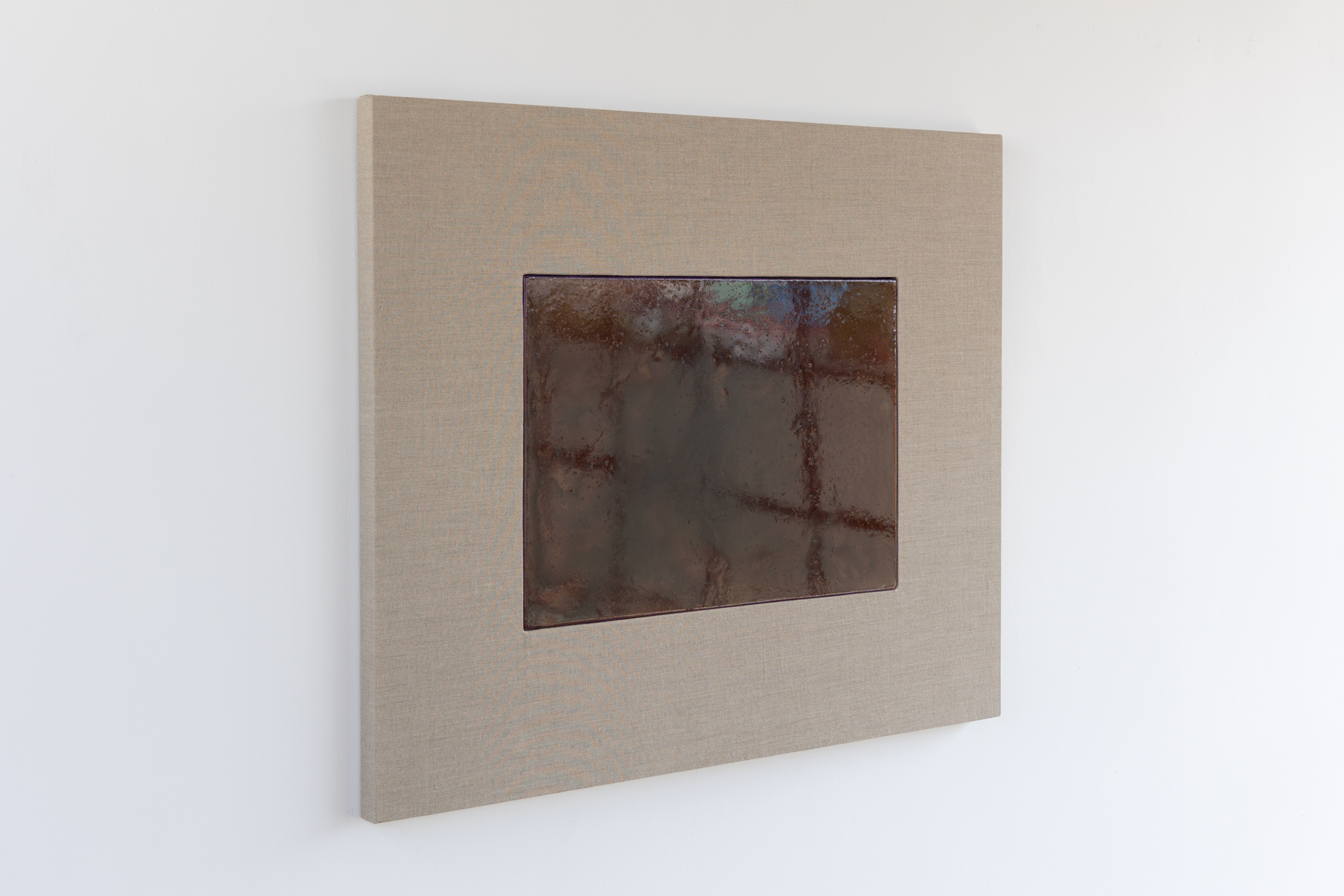
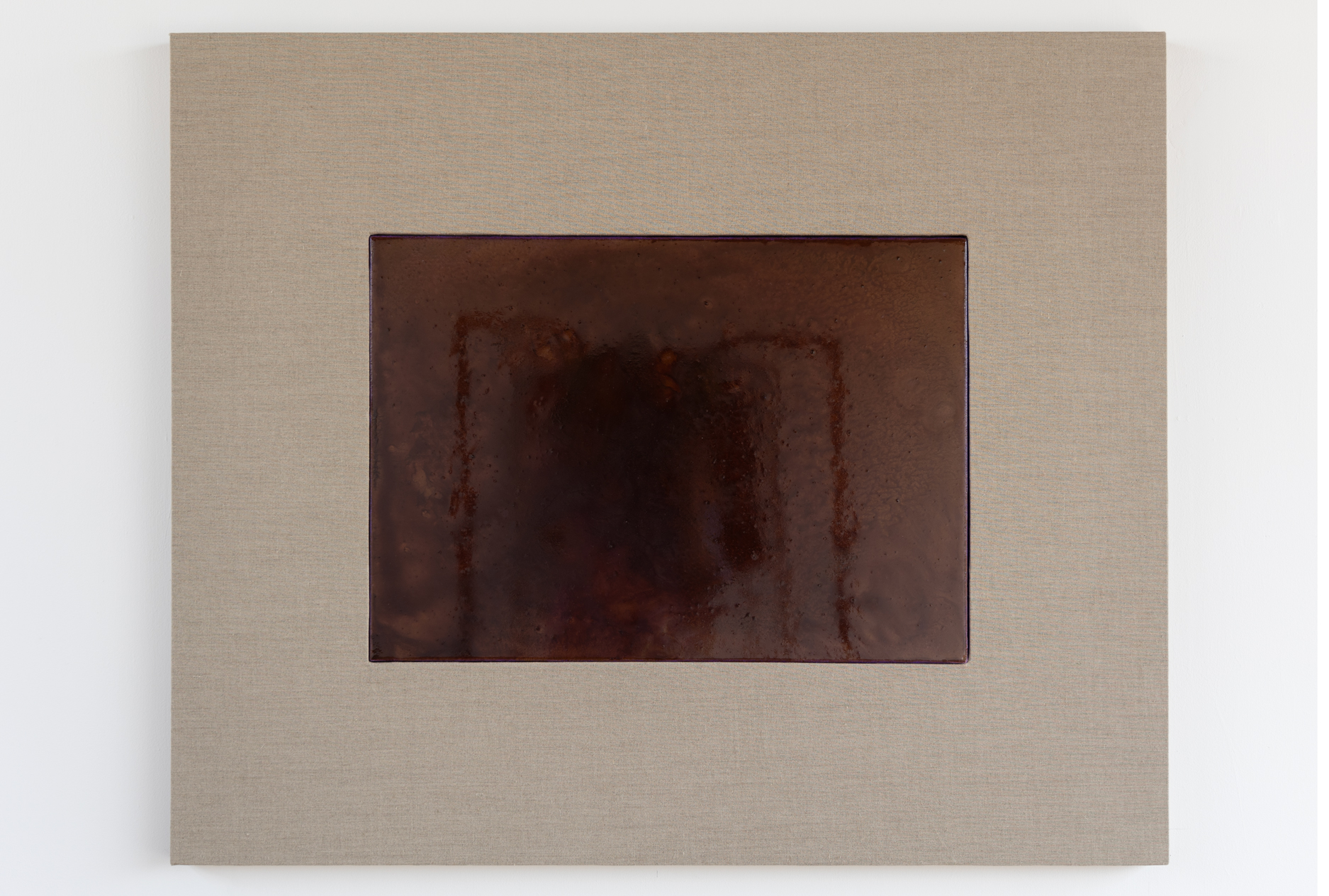
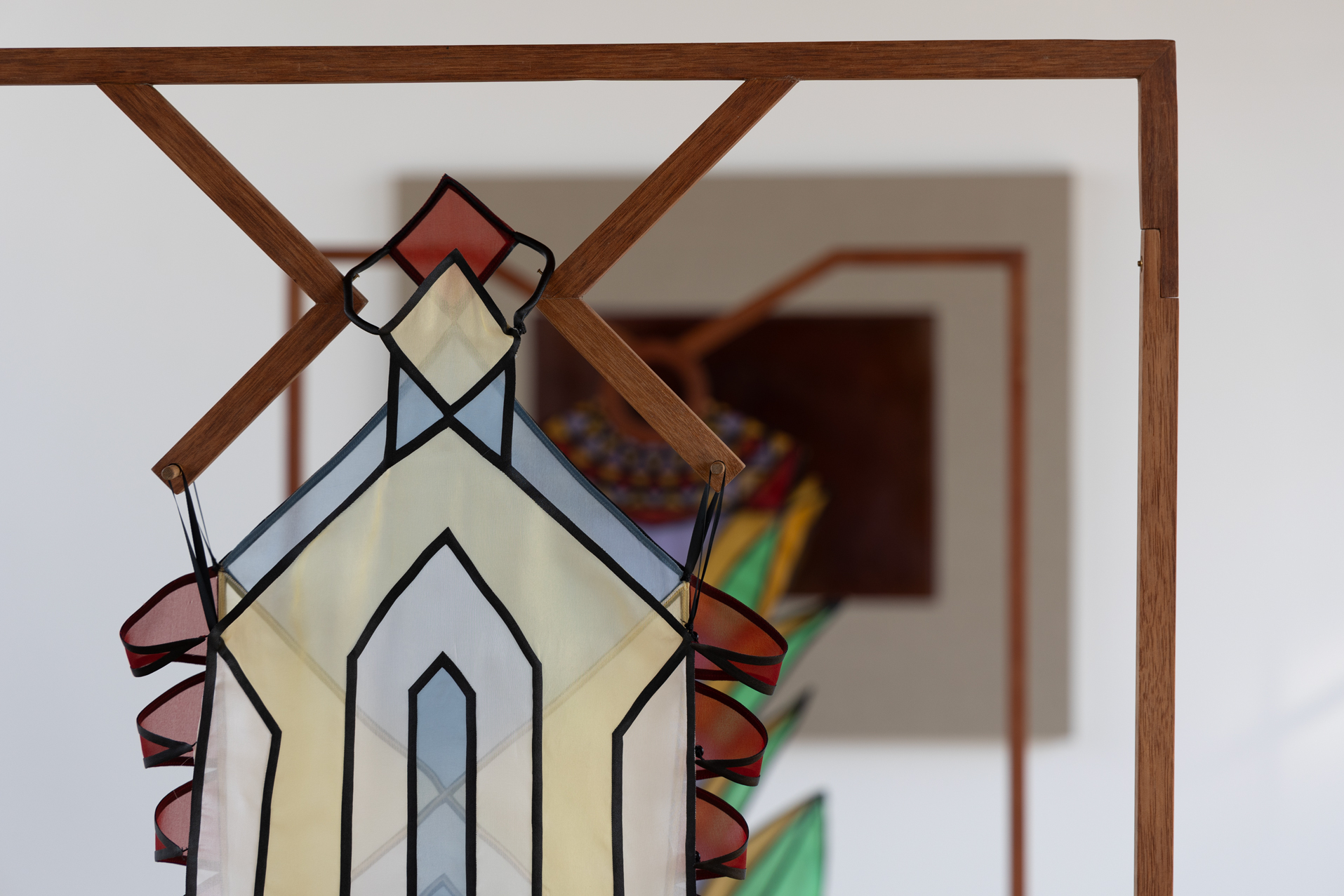
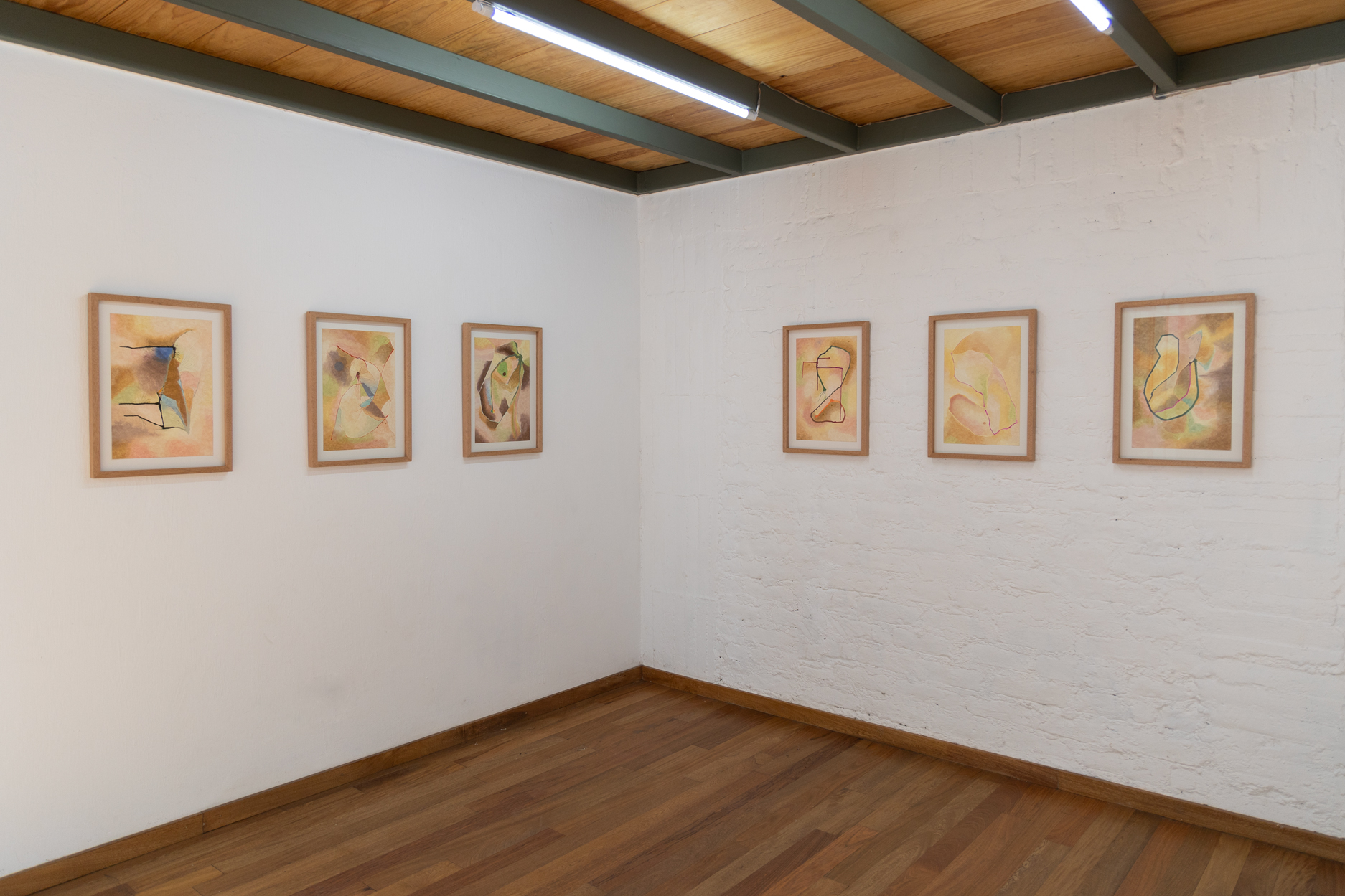
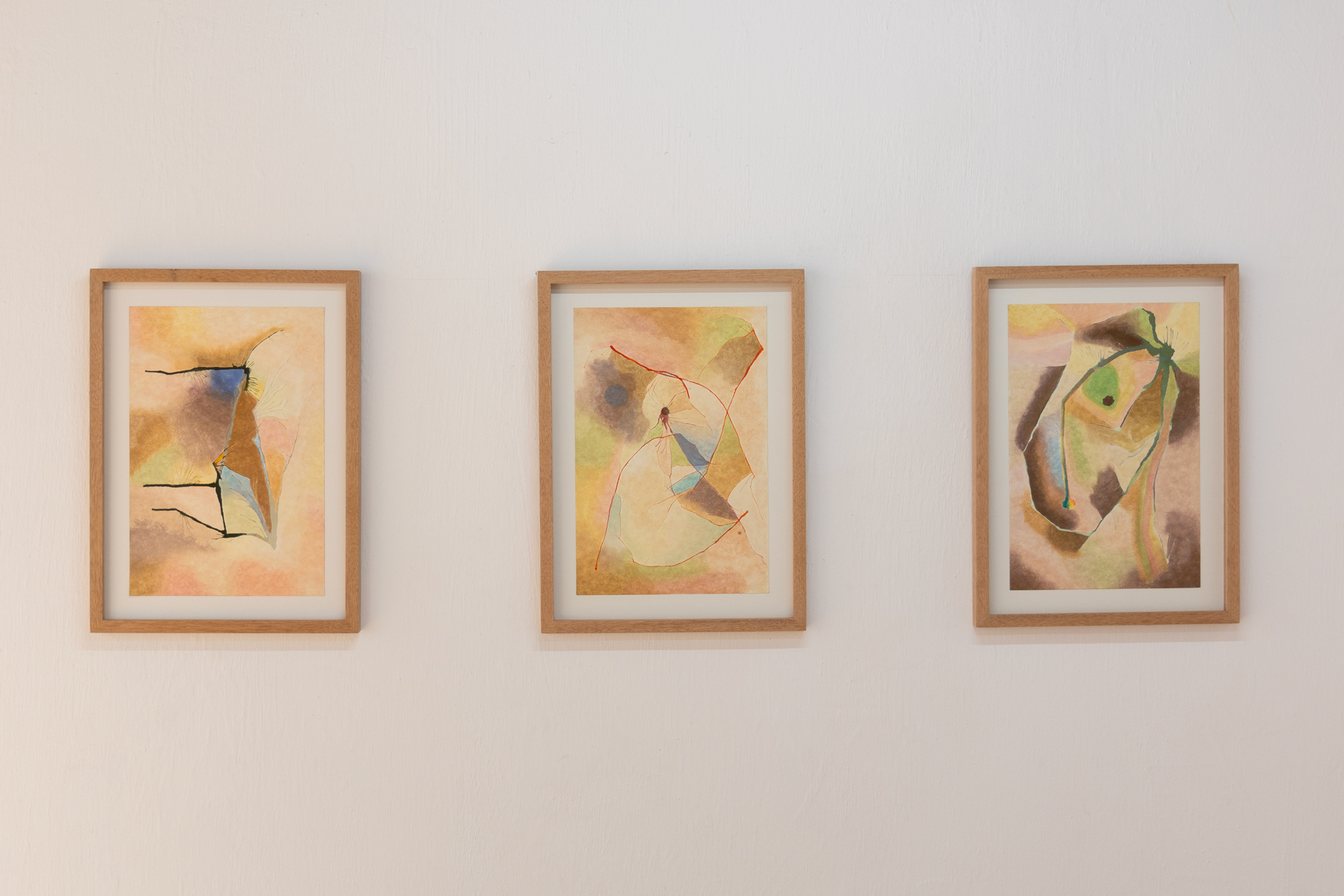
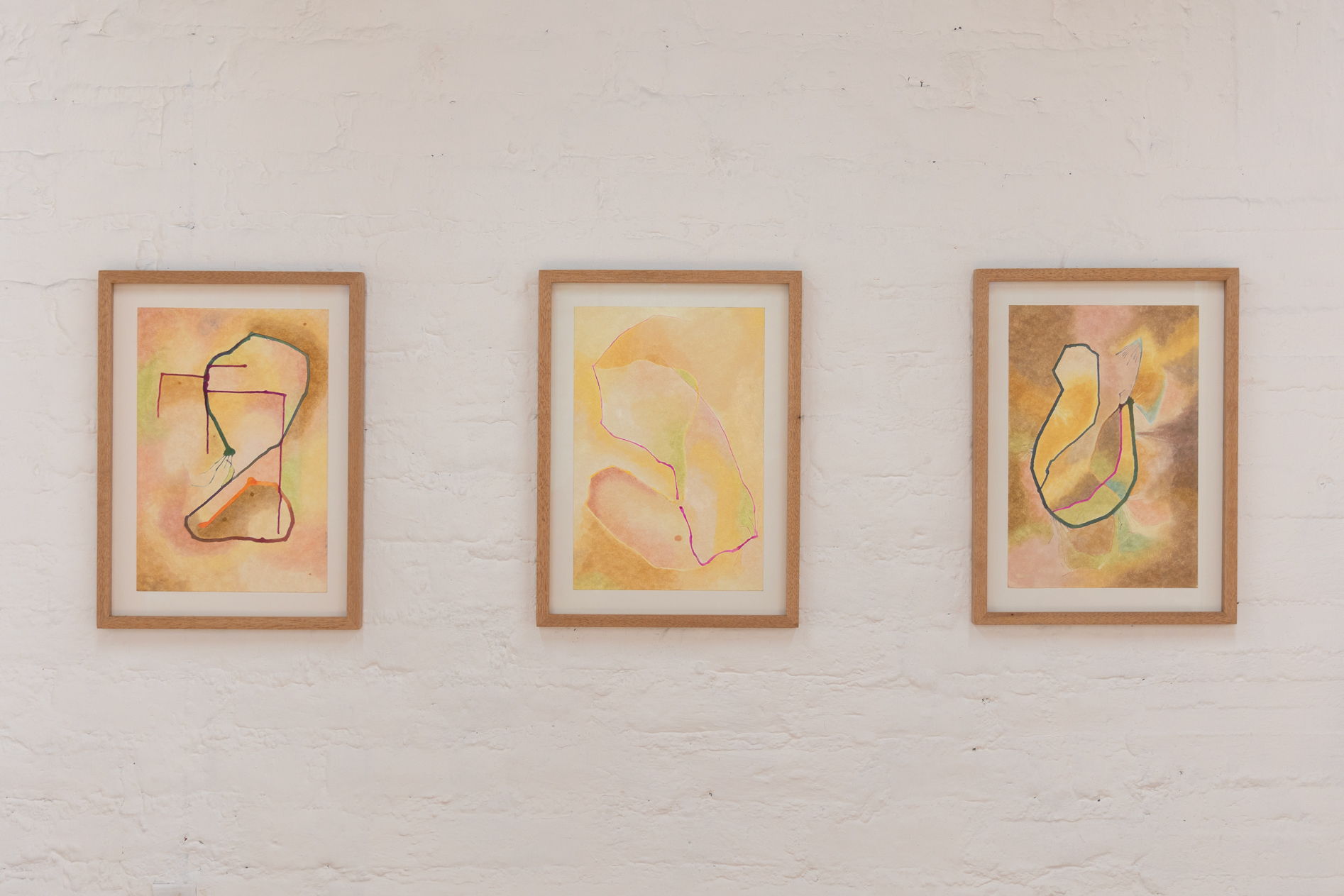
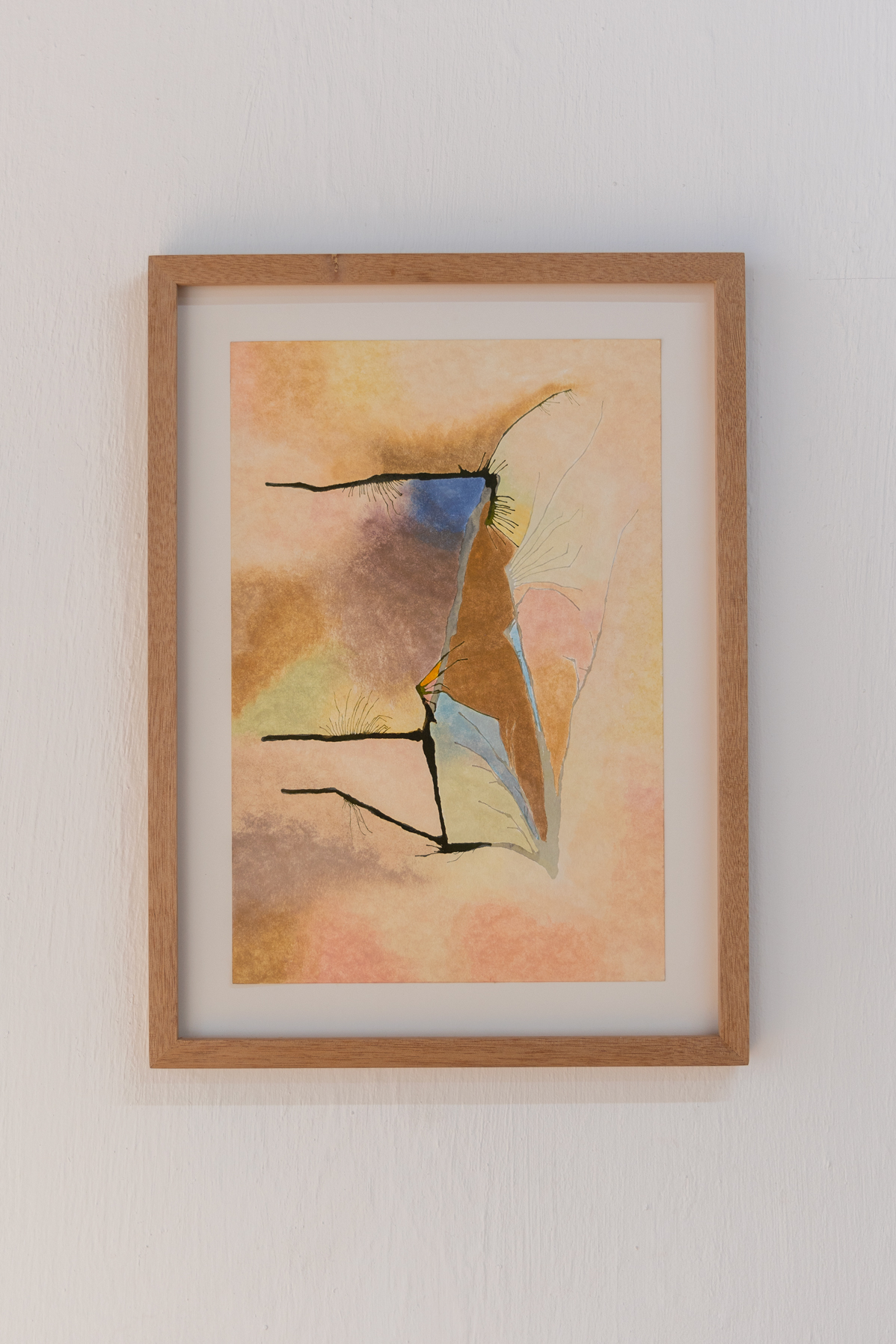
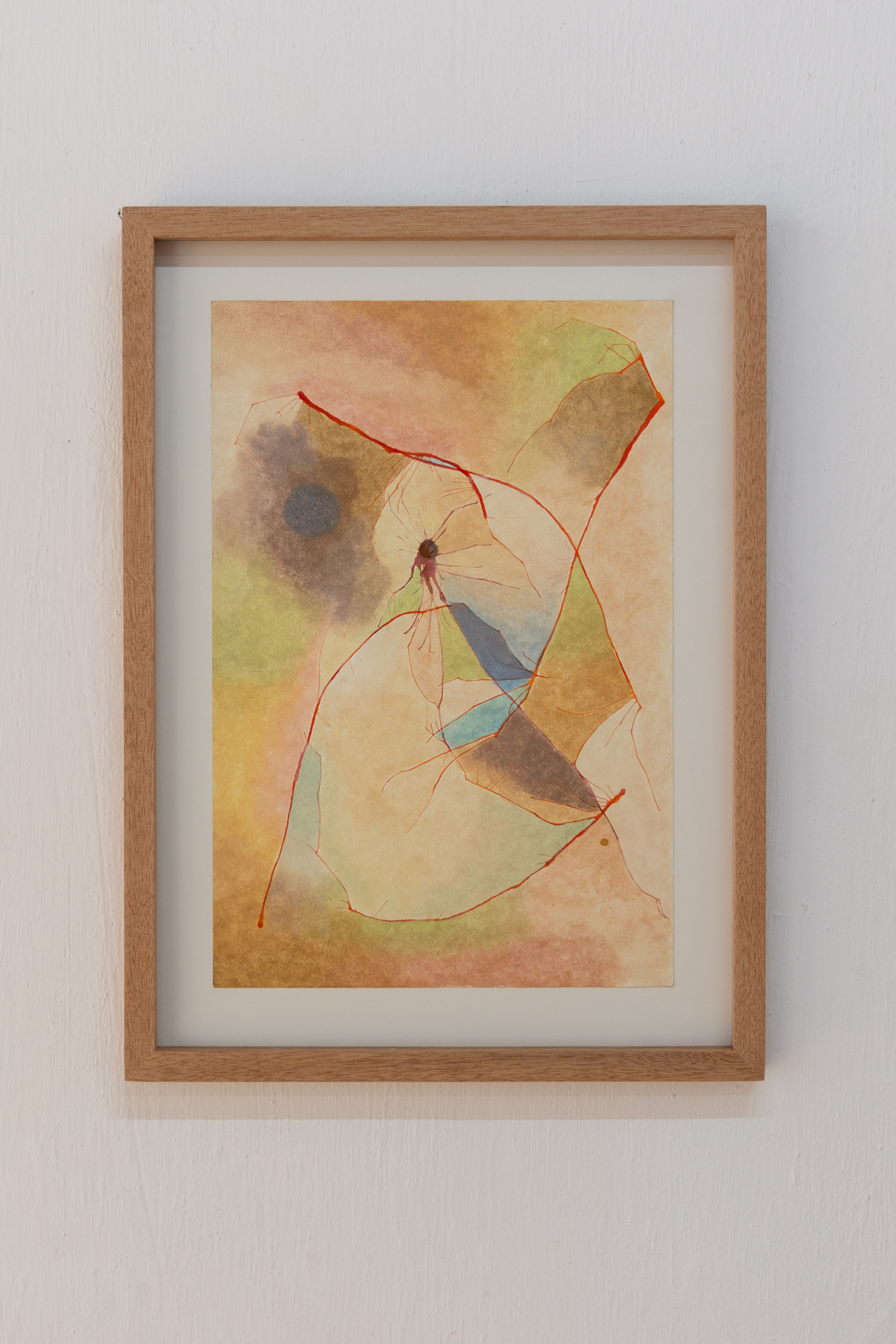
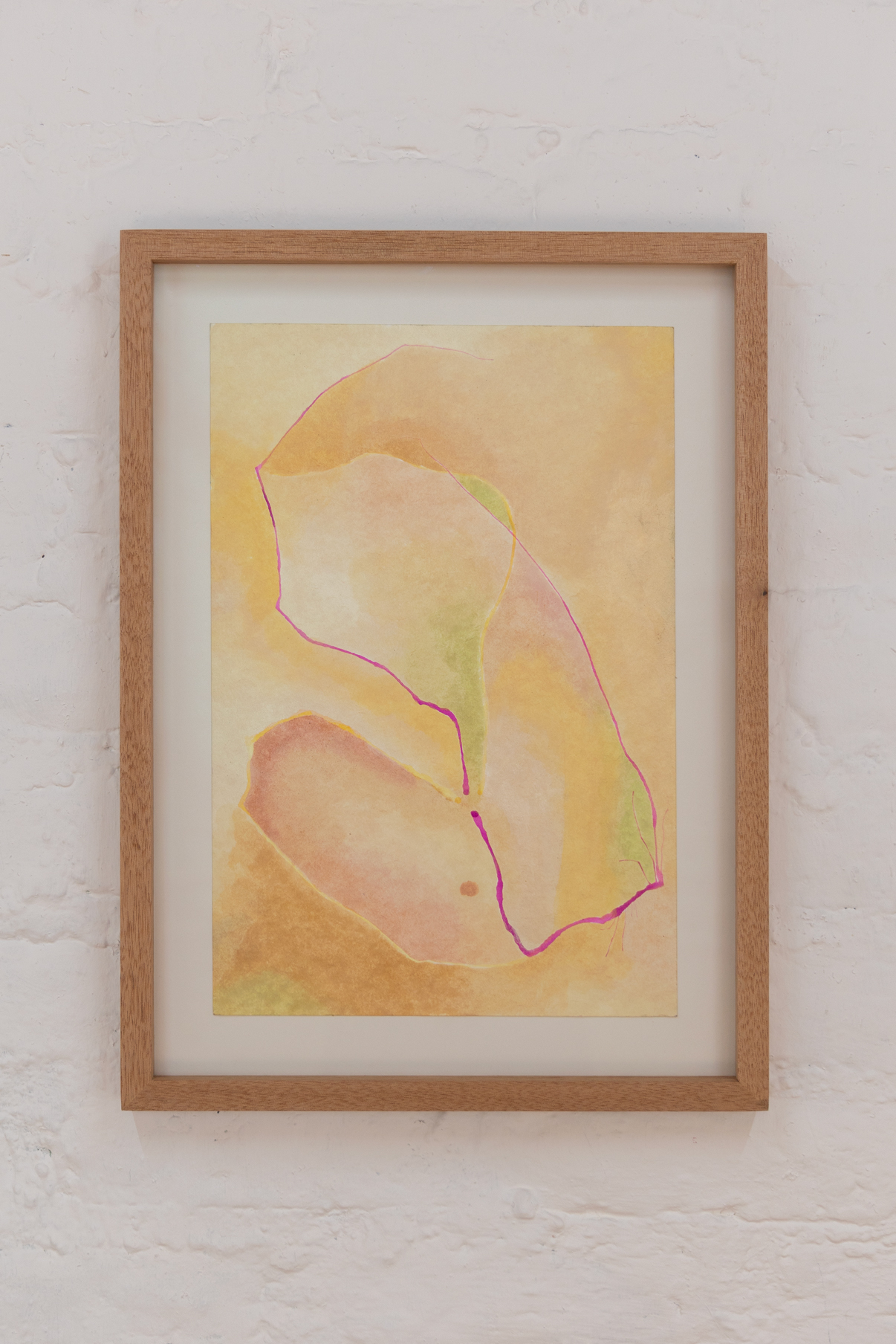
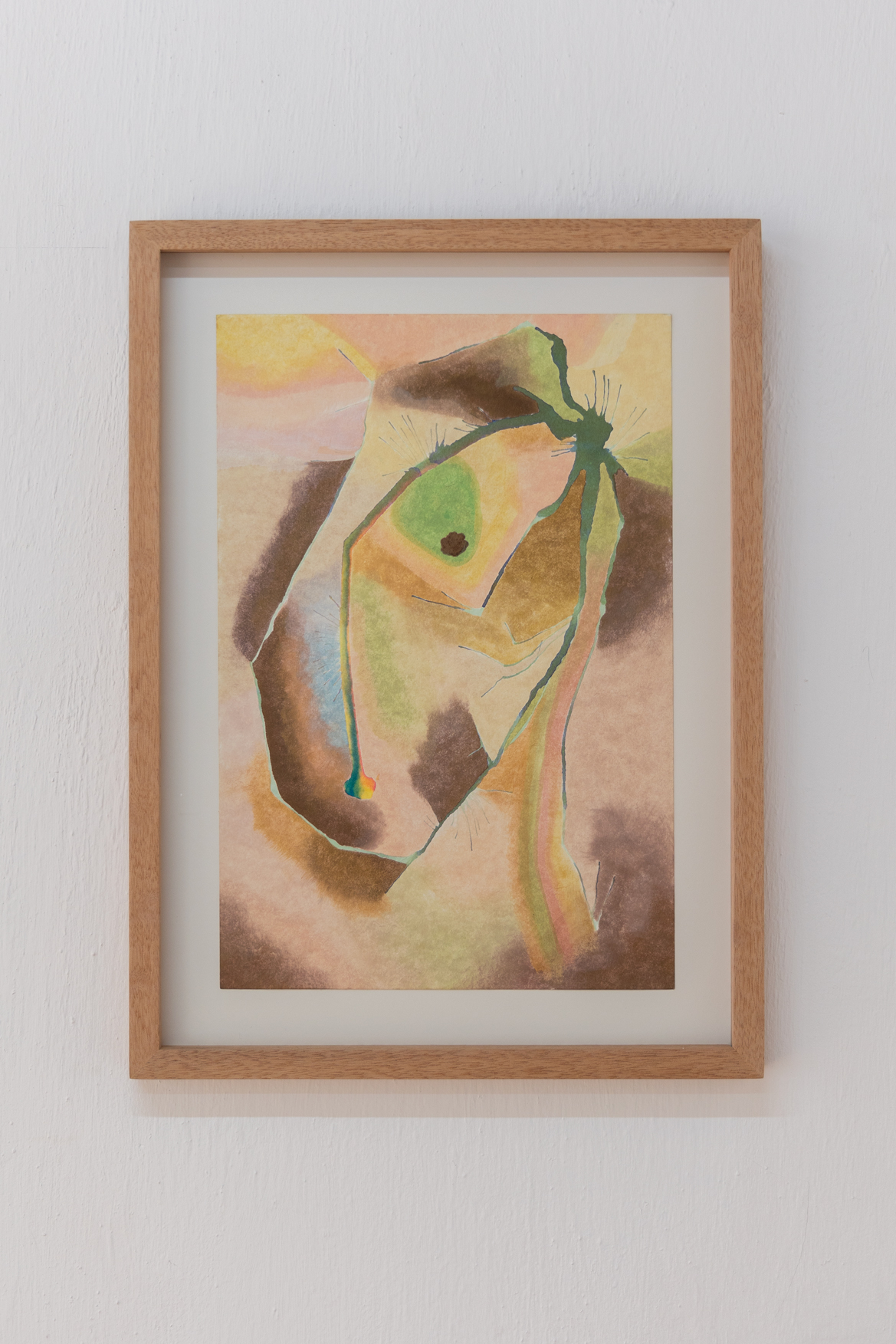
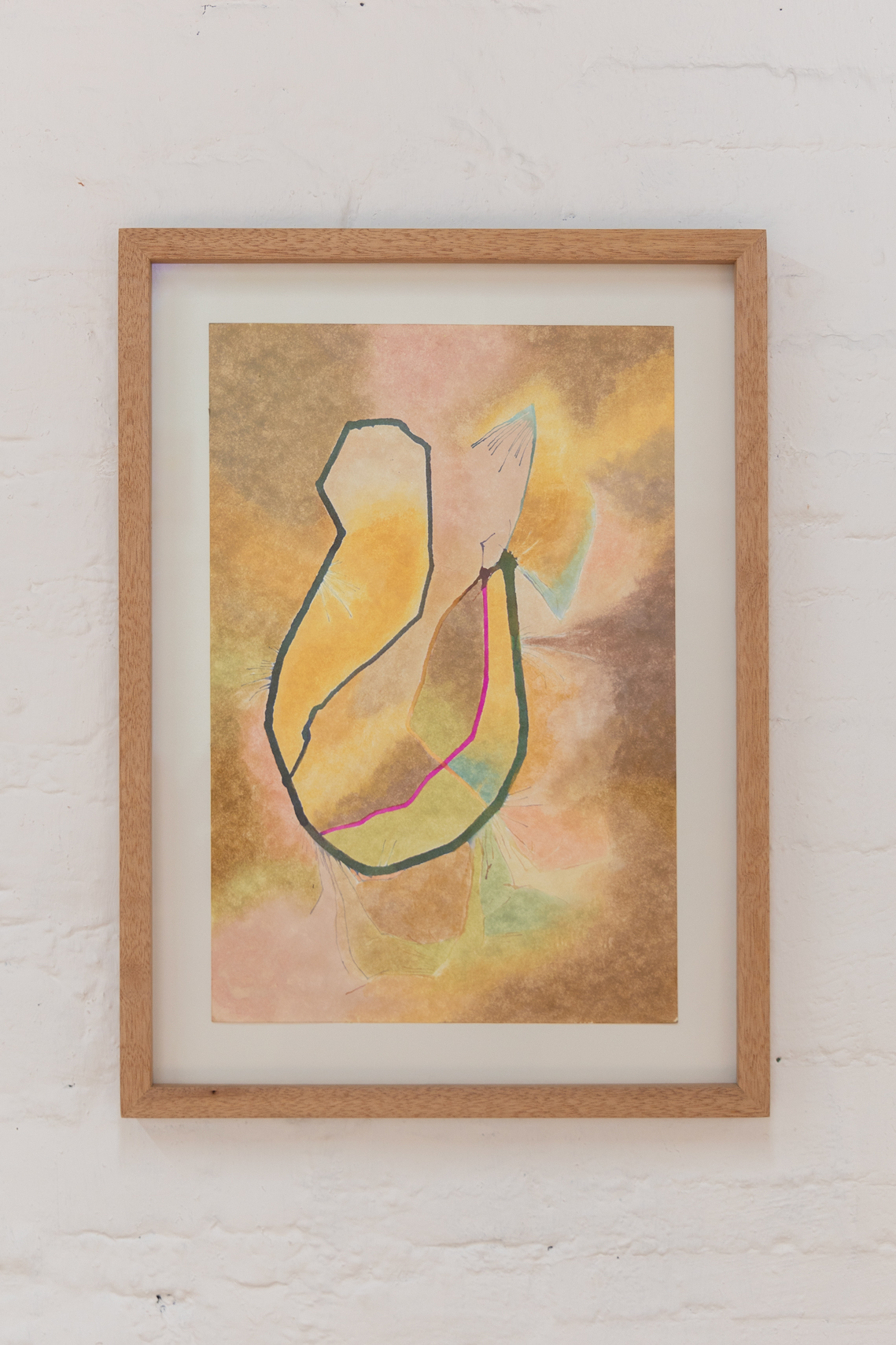
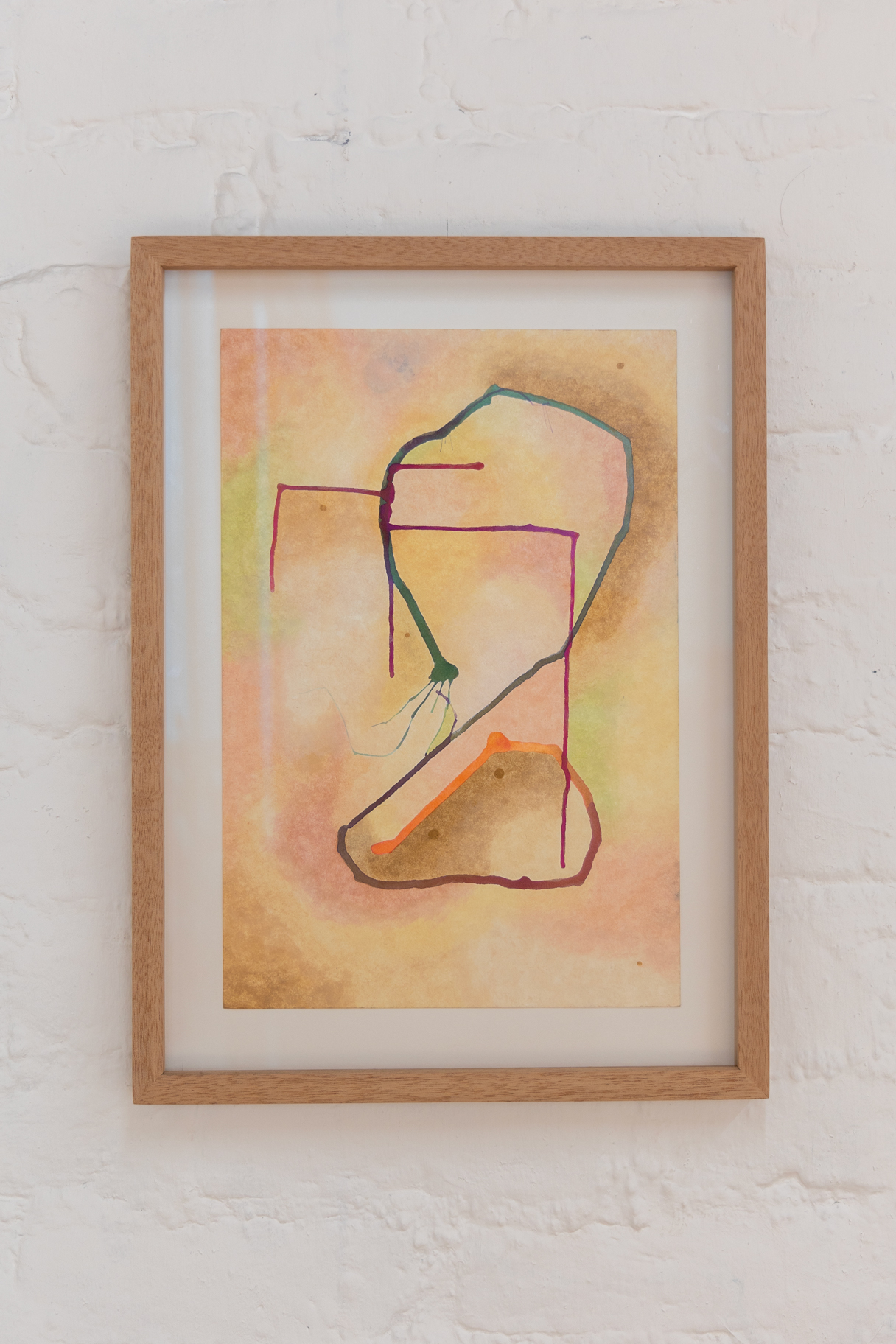
El proyecto Géneros arcanos tiene su origen en un vitral Art Déco en Ámsterdam, cuya geometría y luminosidad inspiraron en 2022 una primera serie de obras presentadas en Ellen de Bruijne Projects, en colaboración con Adriana González Hulshof y el Atelier Caraco de París. Desde entonces, el artista ha expandido esta investigación en un corpus de vestidos-escultura, vitrales y pinturas que operan como espacios de tránsito entre disciplinas, épocas y tradiciones. A través de ellos, la cuadrícula geométrica se disuelve en la fluidez del cuerpo, desplazando la referencia histórica hacia un campo de resonancias donde la modernidad europea dialoga con las cosmologías y materialidades mesoamericanas.
En su presentación en Pequod, Limón intensifica estas correspondencias a través de un dispositivo expositivo que incorpora siete biombos con vitrales, piezas que, al integrarse en la arquitectura de la galería, subrayan la relación entre cuerpo, ornamento y espacio. En este contexto, los elementos formales asociados a la modernidad europea se transforman, adquiriendo afinidades con la tradición figurativa indígena y con técnicas textiles de comunidades como la wixárica o las de ciertas regiones de Chiapas. La exposición evidencia así un desplazamiento de la racionalidad modernista hacia un imaginario en el que naturaleza, mito y ritual encuentran un punto de intersección.
Este recorrido confirma que lo que está en juego en Géneros arcanos no es una mera cita estilística, sino la construcción de una metodología basada en la contaminación de disciplinas y tradiciones. Al tensionar los límites entre escultura, moda, pintura y vitral, Limón propone un marco para pensar la forma como espacio liminal: a la vez estructura y huella, presencia y ausencia, geometría y piel. La muestra en Pequod cristaliza así una investigación sobre la permeabilidad entre lenguajes y tiempos históricos, invitando a reconsiderar las tramas ocultas que sostienen las transformaciones de la materia y del cuerpo en el arte contemporáneo.
Palabras basadas en el texto curatorial de Alessandra Troncone.
—————–
Arcane Genders project originated in an Art Deco stained glass window in Amsterdam, whose geometry and luminosity inspired a first series of works presented in 2022 at Ellen de Bruijne Projects, in collaboration with Adriana González Hulshof and the Atelier Caraco in Paris. Since then, the artist has expanded this research into a body of work comprising dress-sculptures, stained glass windows, and paintings that operate as spaces of transition between disciplines, eras, and traditions. Through them, the geometric grid dissolves into the fluidity of the body, shifting the historical reference toward a field of resonances where European modernity dialogues with Mesoamerican cosmologies and materialities.
In his presentation at Pequod, Limón intensifies these correspondences through an exhibition device that incorporates seven screens with stained glass, pieces that, by integrating into the architecture of the gallery, underscore the relationship between body, ornament, and space. In this context, the formal elements associated with European modernity are transformed, acquiring affinities with the indigenous figurative tradition and with textile techniques from communities such as the Wixárica or those of certain regions of Chiapas. The exhibition thus reveals a shift from modernist rationality toward an imaginary in which nature, myth, and ritual find a point of intersection.
This journey confirms that what is at stake in Géneros arcanos is not a mere stylistic reference, but the construction of a methodology based on the contamination of disciplines and traditions. By stretching the boundaries between sculpture, fashion, painting, and stained glass, Limón proposes a framework for thinking about form as a liminal space: at once structure and trace, presence and absence, geometry and skin. The exhibition at Pequod thus crystallizes an investigation into the permeability between languages and historical times, inviting us to reconsider the hidden threads that sustain the transformations of matter and the body in contemporary art.
Words based on the curatorial text by Alessandra Troncone.
Read full text, click here: